Cancelling your registration will remove your access to the event. If you proceed, you will no longer be able to participate or access event-related materials.
Deleting your account will remove your access to the event.
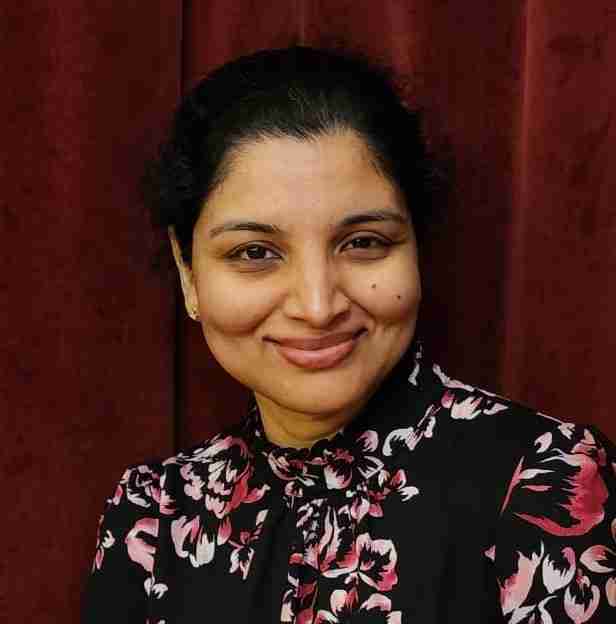
Ansys, part of Synopsys
As EVs become more widespread, safety concerns are increasingly important for OEMs, consumers and regulators. Owing to the risk of thermal runaway in an EV crash incident, a full Multiphysics battery analysis is required to capture the mechanical deformation that triggers internal shorting and thermal runaway. This is helpful in knowing the mechanical design limits and designing vehicles with good crashworthiness while balancing the need to lightweight EVs as car companies strive for better range. LS-DYNA, because of its coupled multi-physics solvers, offers advantages in simulating electro-thermo-mechanical behavior of the battery without data transfer between different physics. Ansys developed a simulation workflow from battery cell to vehicle level (in partnership with universities and industry test labs) to validate key pieces using physical test data for automotive pouch cells. LS-DYNA models were calibrated and subsequently validated against cell experimental data. Multiphysics models that captured a battery cell’s electrical, mechanical and thermal behaviors were then to used to scale up in a proof-of-concept simulation of full vehicle crash. Ansys has partnered with George Mason University’s Center for Collison Safety (CCSA) to incorporate battery models into a full vehicle validated crash model. Ansys has tested cells (at our internal Ansys labs or through test partners) that CCSA extracted from a commercial VW ID4 EV to build battery cell models and module level models. The ongoing work to date will be discussed and used as an example to demonstrate the battery safety workflow in an EV.
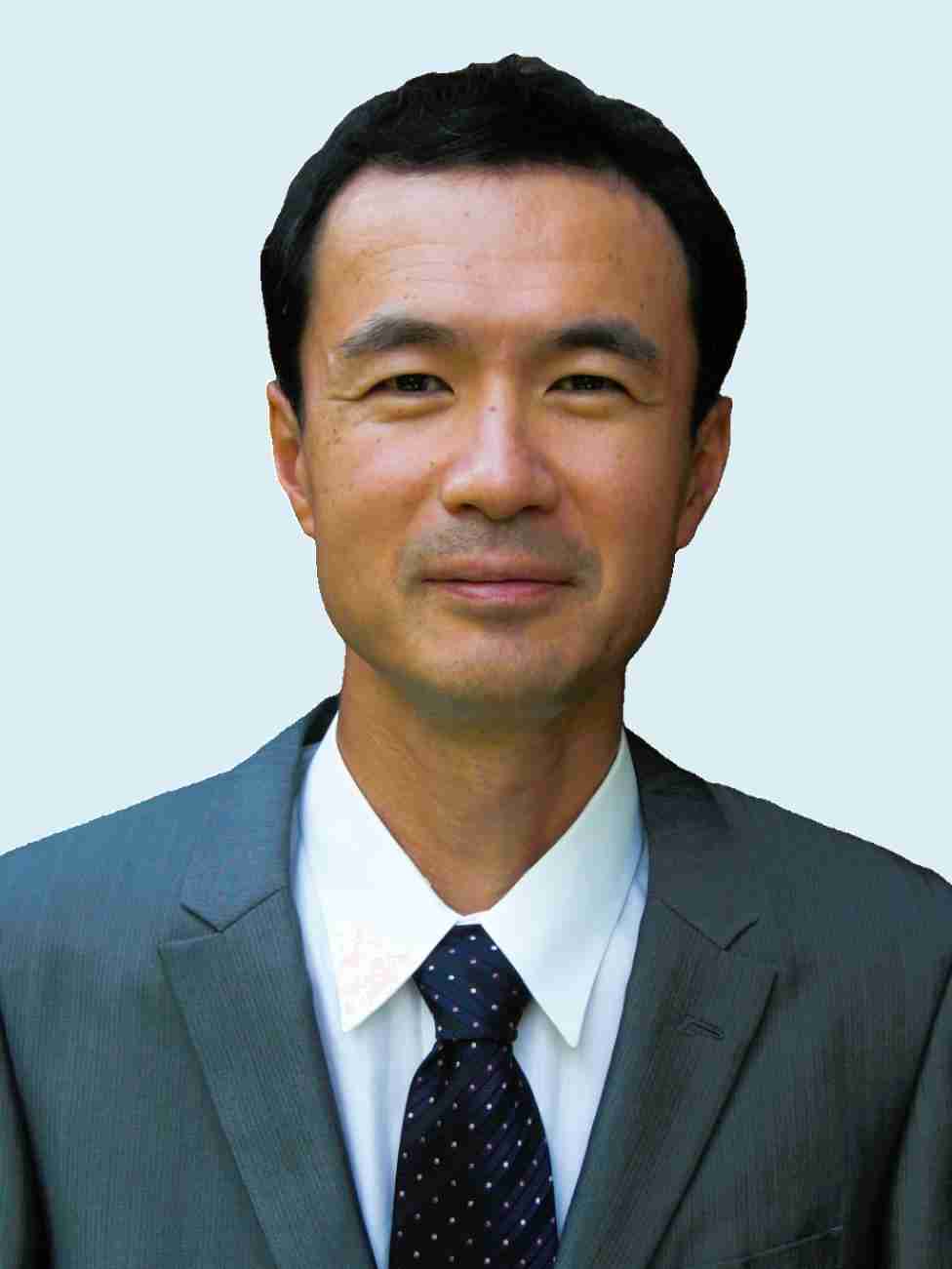
Honda Motor Co., Ltd.
In recent years, the application of plastic in automotive parts has been expanding as a replacement for steel plates, aiming for greater shape flexibility and weight reduction. Among plastics, fiber-reinforced plastic with glass fibers as reinforcement exhibits anisotropy, where the strength characteristics vary depending on the orientation of the fibers. To perform highly accurate crash simulations, it is necessary to reproduce this anisotropy in the LS-DYNA model. To reproduce this anisotropy, it is well known to conduct resin flow simulation in advance to obtain fiber orientation information and map it to the LS-DYNA model. However, performing resin flow simulation requires mastering advanced specialized software, knowledge of plastic molding, and a long working time, making it not easily accessible. Therefore, we developed a system that allows anyone to easily and quickly reflect the anisotropy of fiber-reinforced plastic in the LS-DYNA model by using a surrogate model of resin flow simulation as the core, along with a super-fast mapping tool and an intuitive GUI. This resulted in a 99% reduction in man-hours compared to conventional methods. Furthermore, the model combining this method with MAT_4A_MICROMEC showed improved reproducibility of strength characteristics compared to the isotropic MAT_SAMP-1 applied model.
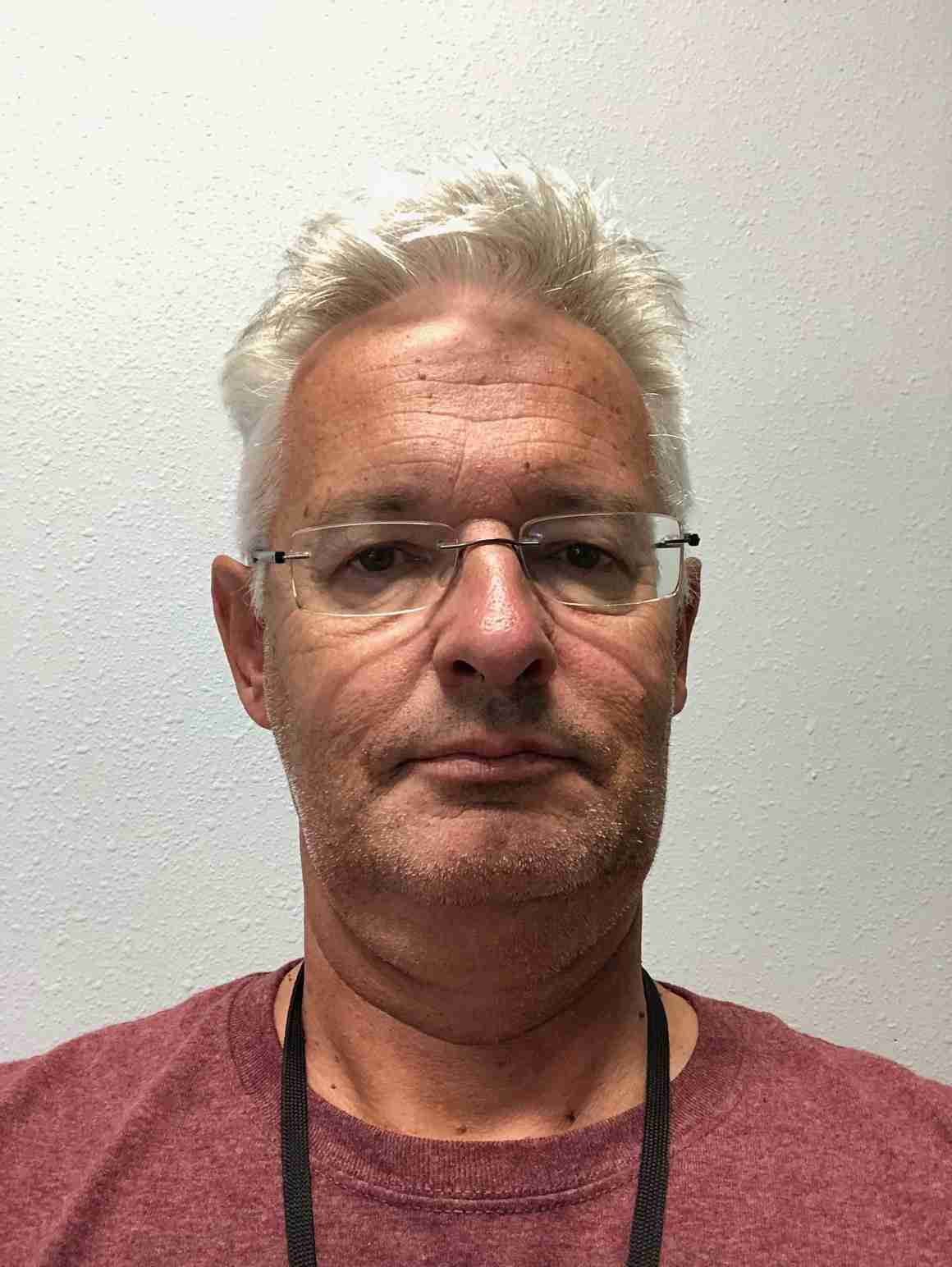
Ansys, part of Synopsys
Heart disease is among the leading causes of death in the Western world; hence, a deeper understanding of cardiac functioning will provide important insights for engineers and clinicians in treating cardiac pathologies. In this paper we will concentrate on the electrophysiology (EP) part of the physics, which describes the propagation of the cell transmembrane potential in the heart. In LS-DYNA, EP can be coupled with the mechanics and the fluid solvers for a Multiphysics simulation of the heart, but pure EP is also often used to investigate complex phenomena such as cardiac arrhythmias or fibrillations. The gold standard model for EP is the “bi-domain” model, along with the slightly simplified “mono-domain”. These were introduced in LS-DYNA a few years ago. They give very accurate predictions, but the associated computational expenses are significant, which can be an issue for patient-specific predictions, for example, cardiac activation patterns for complex procedures such as cardiac resynchronization therapy (CRT). In this paper we introduce new computationally efficient eikonal and reaction-eikonal solvers. The eikonal method is very general and describes the propagation of a wavefront in a medium with given propagation velocities. The eikonal solver will be presented and different examples will be shown.
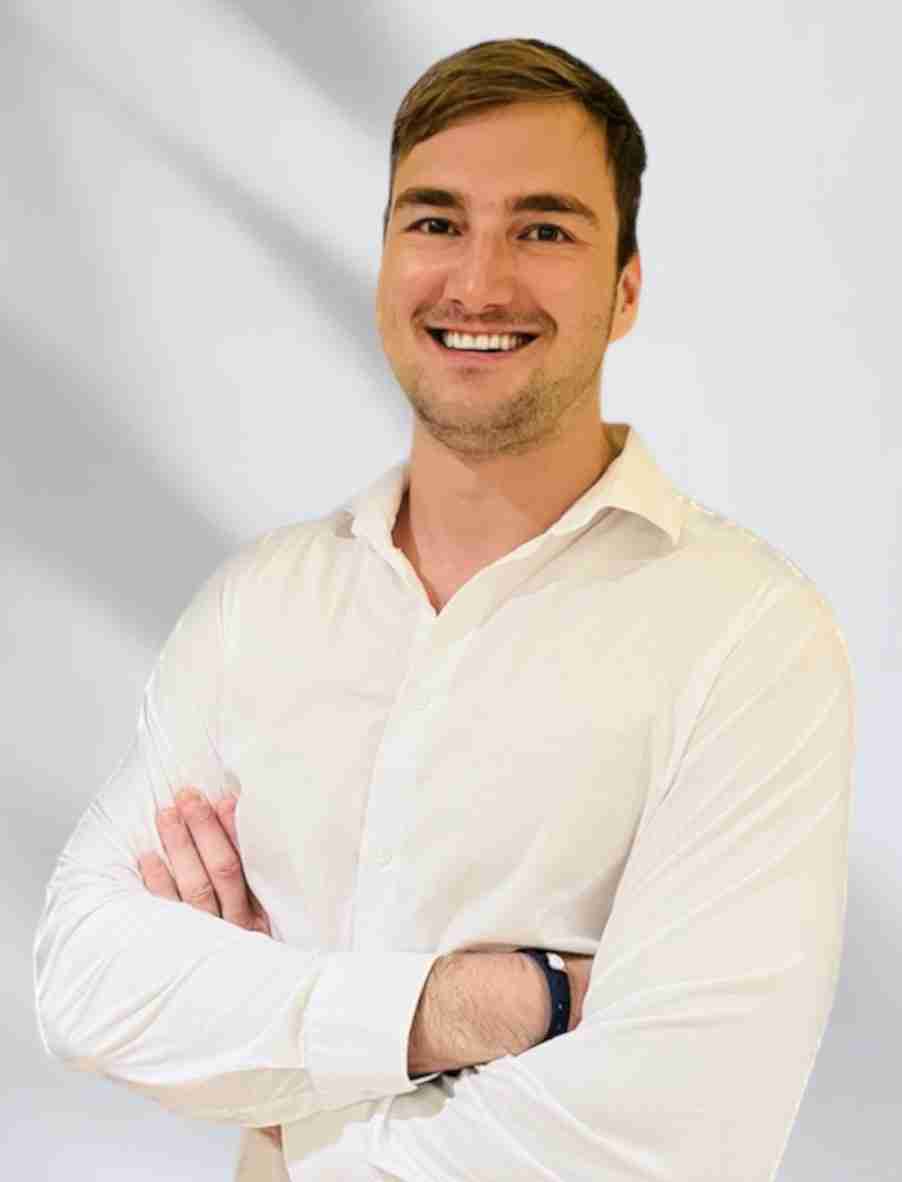
OTH Regensburg
C. Hollweck†* , L. Leidinger , S. Hartmann , M. Wagner* , R. Wüchner† † Technische Universität München, Lehrstuhl für Statik und Dynamik Arcisstr. 21, D-80333 München, Germany e-mail: wuechner@tum.de * Ostbayerische Technische Hochschule Regensburg, Laboratory Finite-Element-Methods Galgenbergstraße 30, D-93053 Regensburg, Germany e-mail: [christoph.hollweck; marcus.wagner]@oth-regensburg.de DYNAmore, an ANSYS Company Industriestr. 2, D-70565 Stuttgart, Germany e-mail: [lukas.leidinger; stefan.hartmann]@ansys.com ABSTRACT Isogeometric Analysis (IGA) has emerged as a powerful alternative to classical Finite Element Analysis (FEA) by utilizing spline-based representations such as non-uniform rational B-splines (NURBS) directly from CAD [1]. This approach enables simulations on accurate geometries and provides high continuity, which is particularly beneficial for thin-walled structures like shells. Local mesh refinement is a well-established technique in standard FEA to improve accuracy while keeping computational costs manageable. However, its transfer to isogeometric shells is non-trivial, particularly in the presence of trimming, which is a common feature of CAD models in boundary representation (B-Rep) [2]. The integration of trimming and local refinement in an efficient and robust manner is a key step towards many industrial applications of IGA, such as sheet metal forming simulations. In this contribution, we present recent developments on the integration of trimming and local refinement for isogeometric shell analysis in LS-DYNA. We employ both Locally Refined B-splines (LR B-splines) and Truncated Hierarchical B-splines (THB-splines), which break the tensor-product structure of conventional B-spline patches and enable local refinement without introducing meshlines across the entire patch. These advanced spline technologies are integrated using the BEXT (Bézier extraction) format, which facilitates the use of general spline structures in LS-DYNA simulations. We address algorithmic challenges and interface aspects, and we demonstrate the approach with trimmed, locally refined shell models in the context of sheet metal forming. The presented work lays the foundation for efficient isogeometric shell analysis in LS-DYNA incorporating local mesh refinement. It contributes to closing the gap between CAD and analysis and enables high-fidelity simulations for complex engineering applications. REFERENCES [1] T. Hughes, J. Cottrell, and Y. Bazilevs. Isogeometric analysis: CAD, finite elements, NURBS, exact geometry and mesh refinement. Computer Methods in Applied Mechanics and Engineering, 194:4135– 4195, 2005. [2] M. Breitenberger, A. Apostolatos, B. Philipp, R. Wüchner, K.-U. Bletzinger, Analysis in computer aided design: Nonlinear isogeometric B-Rep analysis of shell structures, Computer Methods in Applied Mechanics and Engineering, Volume 284, 2015.
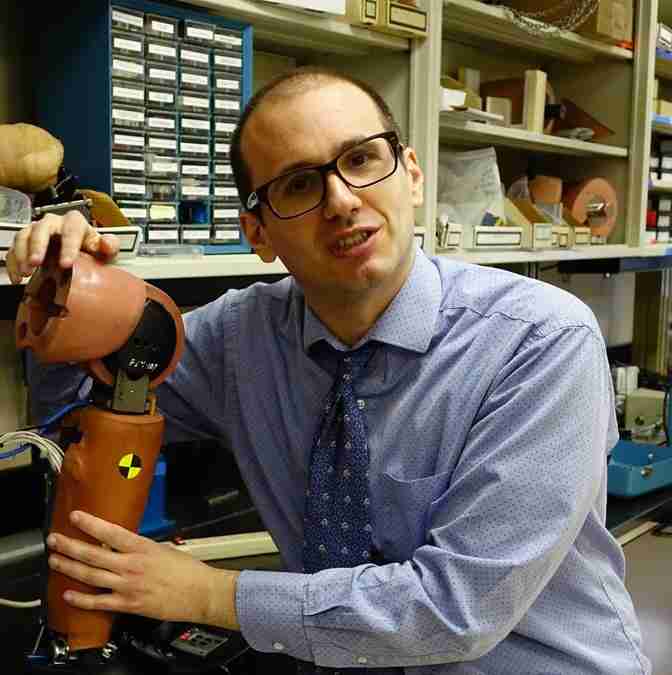
Ansys, part of Synopsys
AC contactors can exhibit reopening behavior during AC current zero-crossings. Shading coils are used to generate retarded eddy currents that help maintain closure. This study employs LS-DYNA’s multiphysics solver to simulate the coupled electromagnetic and mechanical dynamics of AC contactors with shading coils. The model accounts for nonlinear ferromagnetic materials and variable air gaps due to part motion. A generic geometry, based on published literature, ensures broad relevance. Simulation results confirm that optimized shading coil configurations significantly enhance closure stability.
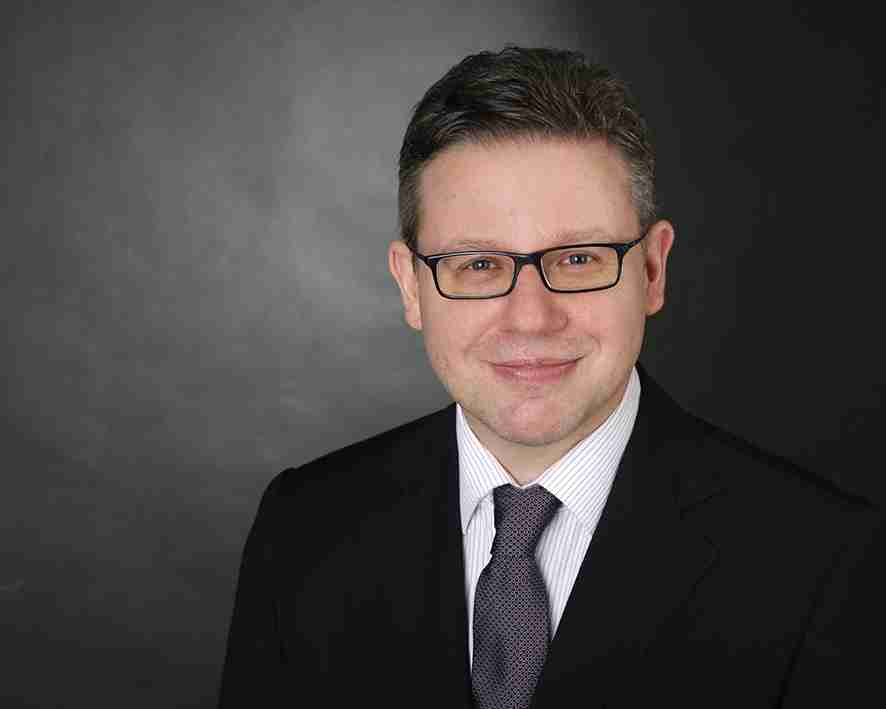
Valeo
Autonomous driving systems and their functionalities need to be evaluated thoroughly in order to ensure their safety. This can only be done efficiently at any stage of the development process by using virtual twins of these systems. We seek to evaluate such physical sensor models of automotive radar systems. We focus on Ansys AVxcelerate SensorsTM that we run in co-simulation with IPG CarMaker. We are interested in how we can parameterize such a model according to an actual sensor from the Valeo product portfolio and use it in virtual testruns. Simulation results for various relevant test cases including multi-path propagation are shown and compared to real measurement data and analytical computations.

Dynamore GmbH, an Ansys Company
Dr.-Ing. Stefan Hartmann, DYNAmore GmbH, an ANSYS company, Stuttgart, Germany: - 2002 Diploma in Civil Engineering at the University of Stuttgart, Germany - 2007 PhD at the Institute of Structural Mechanics at the University of Stuttgart, Germany - 2007-2009 Post-Doc at the Technical University of Catalunya (UPC) in Barcelona, Spain - Since 2009: Software Developer for LS-DYNA at DYNAmore GmbH, Stuttgart, Germany
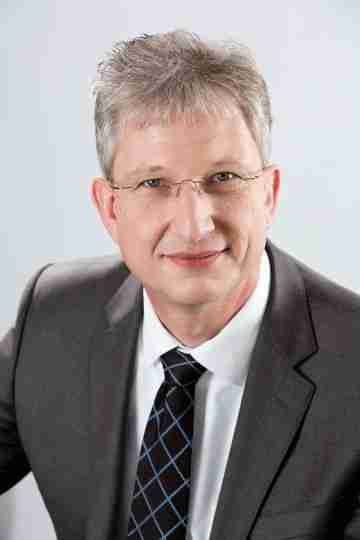
CDH AG
In the automotive industry, diversity in crash testing—age, gender, stature—is gaining importance. EuroNCAP plans to use human body models (HBMs) for virtual testing, offering advantages over current dummy models. This presentation will use an example to explores if HBMs are ready for consumer tests, focusing on tool availability across the CAE chain: pre-processing, solving, and post-processing. It reviews software capabilities, using a new EuroNCAP 50 km/h load case with a 50% HBM. It also examines model robustness, sensitivity to boundary conditions, and injury assessment methods. The goal is to assess HBMs’ potential in EuroNCAP ratings and future safety testing.
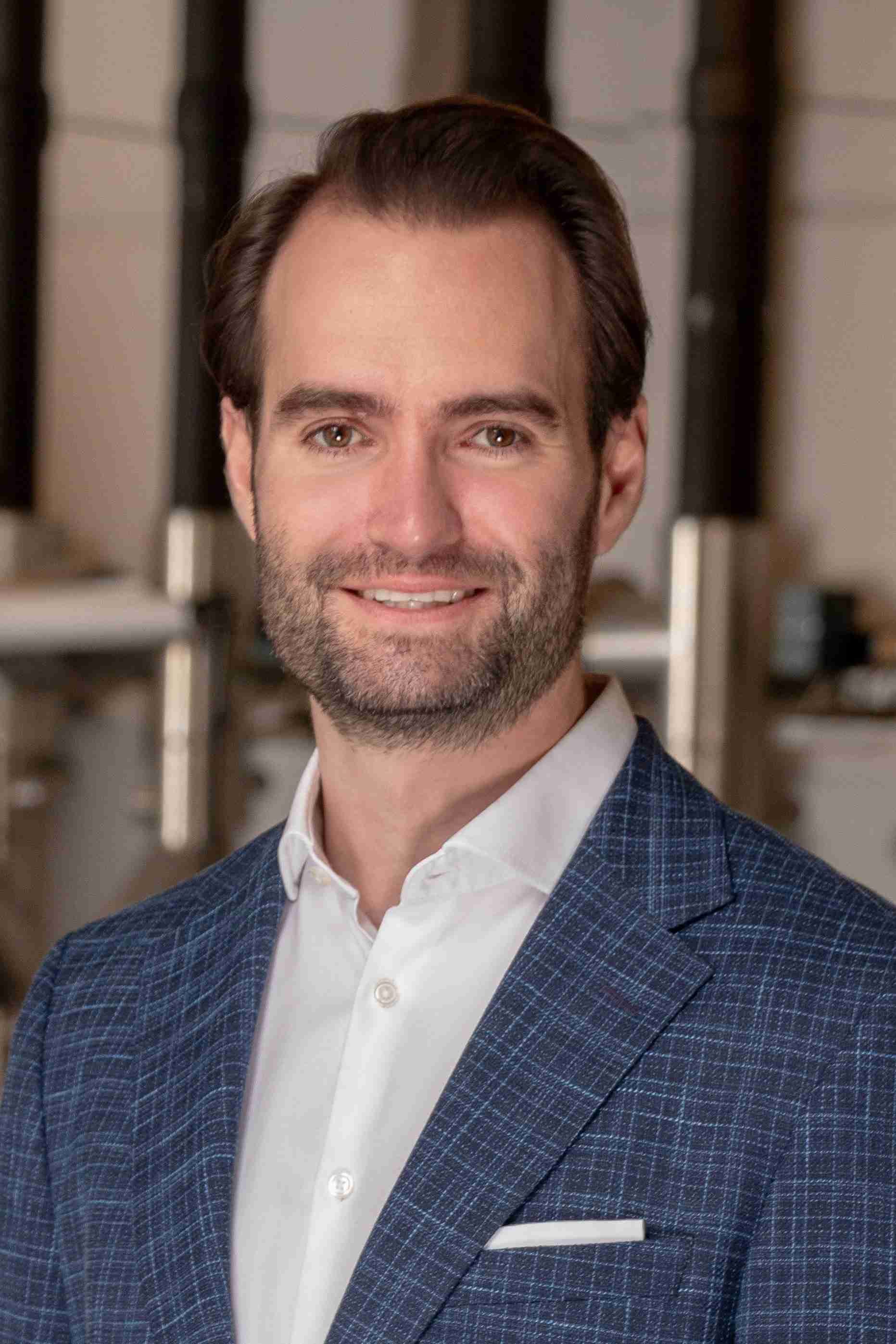
4a engineering GmbH
This work presents a streamlined and highly automated methodology for deriving forming limit curves (FLCs) using 3D digital image correlation (3D-DIC) in combination with the LINOVIS testing system. Nakajima-type tests are conducted on downscaled specimens to simplify handling and material extraction. A pneumatic clamping system ensures high throughput and repeatable boundary conditions. The test setup accommodates a wide range of strain rates and forming speeds – from quasistatic up to more than 3m/s - using a single machine configuration. Two high-speed cameras capture the local strain evolution during deformation, enabling precise evaluation of the forming behavior. The 3D-DIC data is processed automatically to extract forming limit curves with minimal user intervention. Finally, the resulting data is seamlessly integrated into an automated workflow to generate complete material cards for use in metal forming simulations. This approach significantly reduces manual effort and enhances the reliability and reproducibility of material characterization for forming process design.
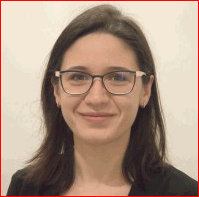
Politecnico di Torino
Percutaneous pulmonary valves (PPVs) are used to replace native diseased pulmonary valves. This work presents a framework for patient-specific PPV fluid-structure interaction (FSI) simulation. Geometrical models of the pulmonary arteries and bifurcation of four patients who received a PPV at Great Ormond Street Hospital for Children (UK) were reconstructed and assembled to a model of the Melody valve (Medtronic). FSI simulations were conducted by coupling LS-DYNA ICFD and structural implicit solvers. Patient-specific boundary conditions were set up. Simulations captured PPV hemodynamic patterns and successfully computed transvalvular pressure drops in accordance with clinical measurements, proving the FSI framework to be a valid tool for the patient-specific assessment of PPV biomechanics.
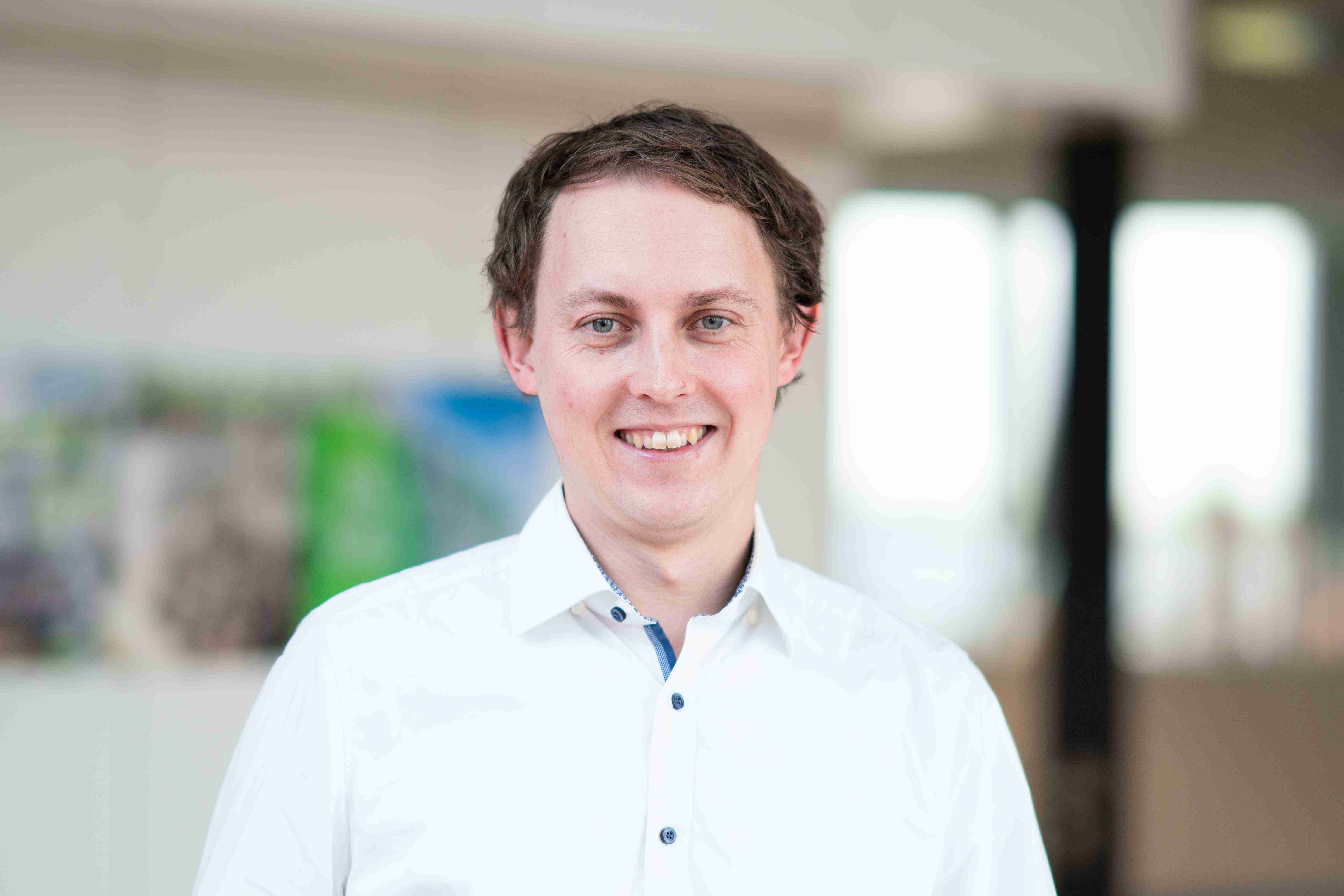
MANN+HUMMEL GmbH
Accelerating Product Development with Simulation and AI
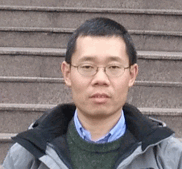
Ansys, part of Synopsys
To support the growing applications of LS-DYNA in the automotive industry, a suite of frequency-domain vibration, fatigue, and acoustic solvers have been introduced in LS-DYNA for NVH applications. These solvers have been well received by customers, though valuable feedback and suggestions have also been provided. In recent years, numerous updates and enhancements have been implemented in the NVH solvers, directly driven by customer input. They include adaptive remeshing for BEM acoustic solver, fluid added mass computation, spectral element method for ultrasonic wave propagation and fast FRF computation, among others. This presentation provides an overview of the recent improvements to the NVH solvers. Example cases are included to demonstrate their application and effectiveness.
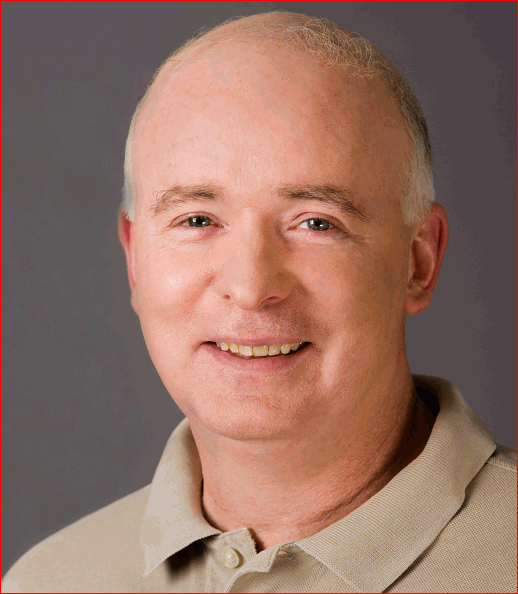
Ansys, part of Synopsys
The latest generation GPUs feature unified memory with their host systems via a joint physical high-bandwidth memory subsystem, reducing the complexity of using them as accelerators and speeding up the code development process. Leveraging GPU-optimized mathematical libraries and OpenMP(R) directives for GPU offloading presents an attractive path forward, as it preserves existing investments in O(10M) lines of LS-DYNA(R) source code while enabling significant performance gains at high developer productivity. This talk presents the results of a tight collaboration between the Ansys LS-DYNA team and AMD engineers to accelerate the multi-frontal linear solver, which typically dominates the runtime of implicit computations.
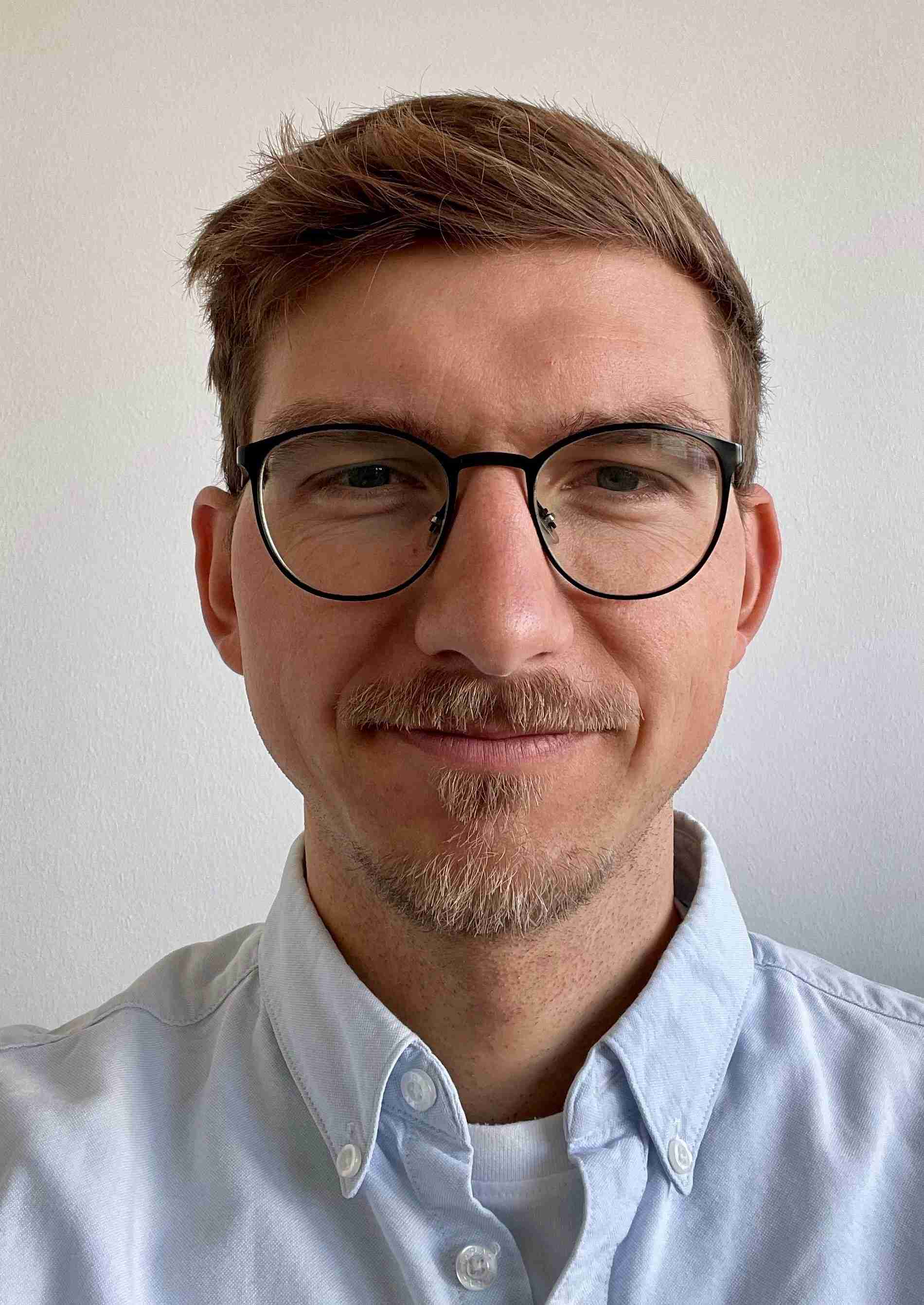
DYNAmore GmbH, an ANSYS company
Over the past few years, the IGA capabilities in LS-DYNA have been continuously extended and improved, also facilitated by a close collaboration with academia and industry. This culminated in full vehicle crash simulations of a body-in-white modelled with hundreds of trimmed NURBS shell components [1]. Motivated by the achievements with shells and the increasing usage of (large) casting components in the automotive industry, the concept of trimmed B-Spline solids was recently implemented in LS-DYNA [2,3]. These trimmed B-Spline solids enable a fast and simple model generation, a feasible explicit time step size, decoupling of geometry and mechanics and thus new attractive possibilities for crash analysis of casting components. In this contribution, we present practical studies of IGA shell and solid models with a focus on new capabilities, material calibration, damage and failure modelling, and the comparison with conventional FEA models in terms of accuracy and numerical efficiency. We furthermore demonstrate the wide range of IGA capabilities in LS-DYNA through a variety of industrial application examples. REFERENCES [1] F. Bauer, T. Yugeng, L. Leidinger, S. Hartmann, Experience with Crash Simulations using an IGA Body in White. 14th European LS-DYNA Conference 2023, Baden-Baden, Germany. [2] S. Hartmann, L. Leidinger, F. Bauer, D. Benson, L. Li, A. Nagy, L. Nguyen, M. Pigazzini, Updates on trimmed IGA B-Spline Solids. 17th International LS-DYNA Conference 2024, Detroit, Michigan, USA. [3] M. Meßmer, T. Teschemacher, L.F. Leidinger, R. Wüchner, K.-U. Bletzinger, Efficient CAD-integrated isogeometric analysis of trimmed solids. Computer Methods in Applied Mechanics and Engineering, Vol. 400 (2022) 115584.
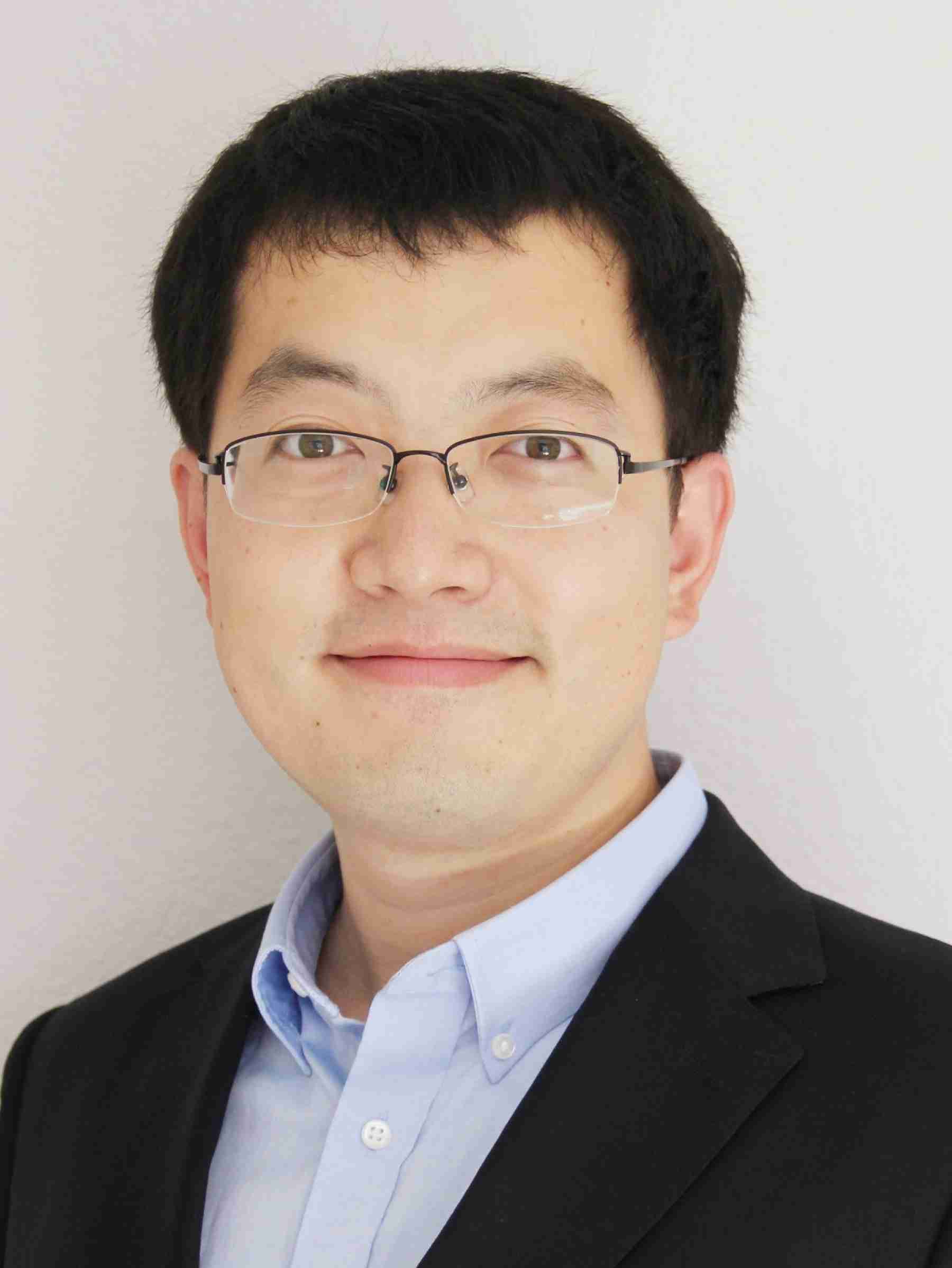
Ansys, part of Synopsys
For advanced composite design and analysis, predictive multiscale modeling tools are transformational by capturing the influences of manufacturing process-induced microstructures on the macroscopic mechanical behaviors. Traditional simulation methods, such as FEM-based computational homogenization techniques, are effective in material multiscale modeling, but the high computational costs cannot be afforded in industrial applications. To accelerate multiscale simulations, a physics-informed AI technique named DMN (Deep Material Network) has recently been developed. Through offline training using linear elastic material data, DMN can learn the essential physics hidden in the representative volume elements of composites. In the online prediction stage, DMN is highly effective in predicting nonlinear composite responses under arbitrary complex loading conditions, which is promising for multiscale structural analysis and material design. Under an integrated computational materials engineering framework, this AI technique has been implemented for multiscale structural analysis of short fiber-reinforced composites, where injection molding data are integrated with LS-Dyna models to consider the effects of heterogeneous fiber orientation and volume fraction distributions. We will discuss the main features of LS-Dyna DMN and present user case studies to demonstrate the effectiveness of this AI-empowered multiscale simulation technique.
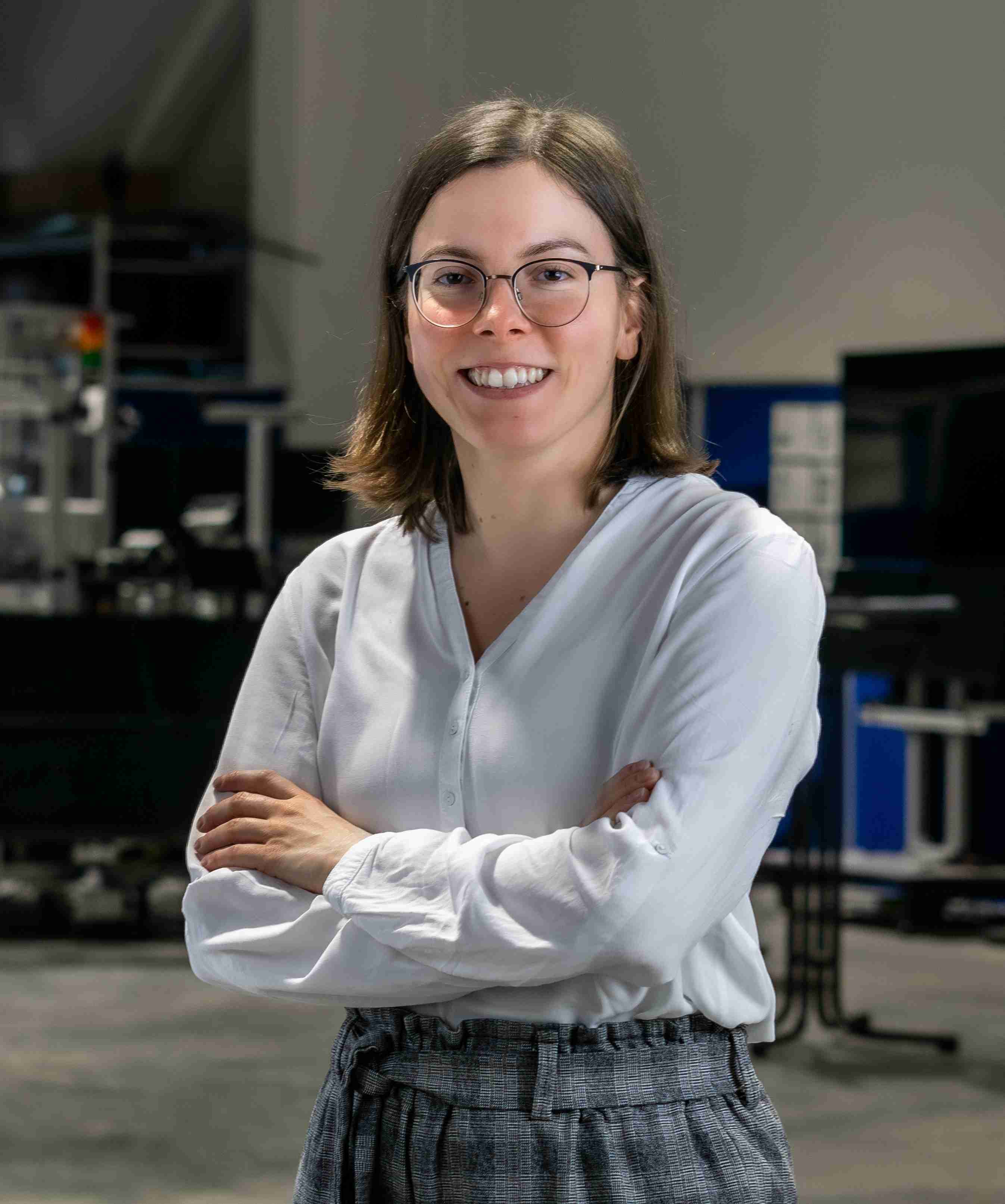
Institut für Produktion und Informatik
Reinforcement Learning (RL) is a key technology for controlling complex, dynamic systems. Yet in industrial practice, a fully integrated infrastructure—from training to deployment—is often missing. Tools are manually connected, workflows individually structured, and results laboriously documented, increasing time and error risks. This modular platform closes that gap. It enables structured, reproducible, and efficient RL workflows—both in simulation and on real hardware. The unified architecture integrates known tools like Gymnasium. Users plug in custom environments; the platform handles logging, evaluation, training, and model management. Its main advantage: seamless transferability from simulation to real-world systems. While currently focused on RL, the architecture can also support classical ML approaches (e.g., PyTorch). It is aimed at engineers and researchers implementing intelligent control—from digital twins to physical assets.

University of Stuttgart, Institute for Structural Mechanics
This work revisits the method proposed by (Lo and Ling, 2000), which decomposes the element stiffness matrix into constant and higher-order parts. Preserving the constant part ensures element consistency, while the method specifically treats the higher-order part responsible for locking behavior. The proposed approach is extended to support explicit time integration scheme and it is integrated into LS-DYNA for ten-node tetrahedral elements with five integration points as a user-defined isotropic linear elastic material model. A series of numerical simulations validates the effectiveness of the proposed method.
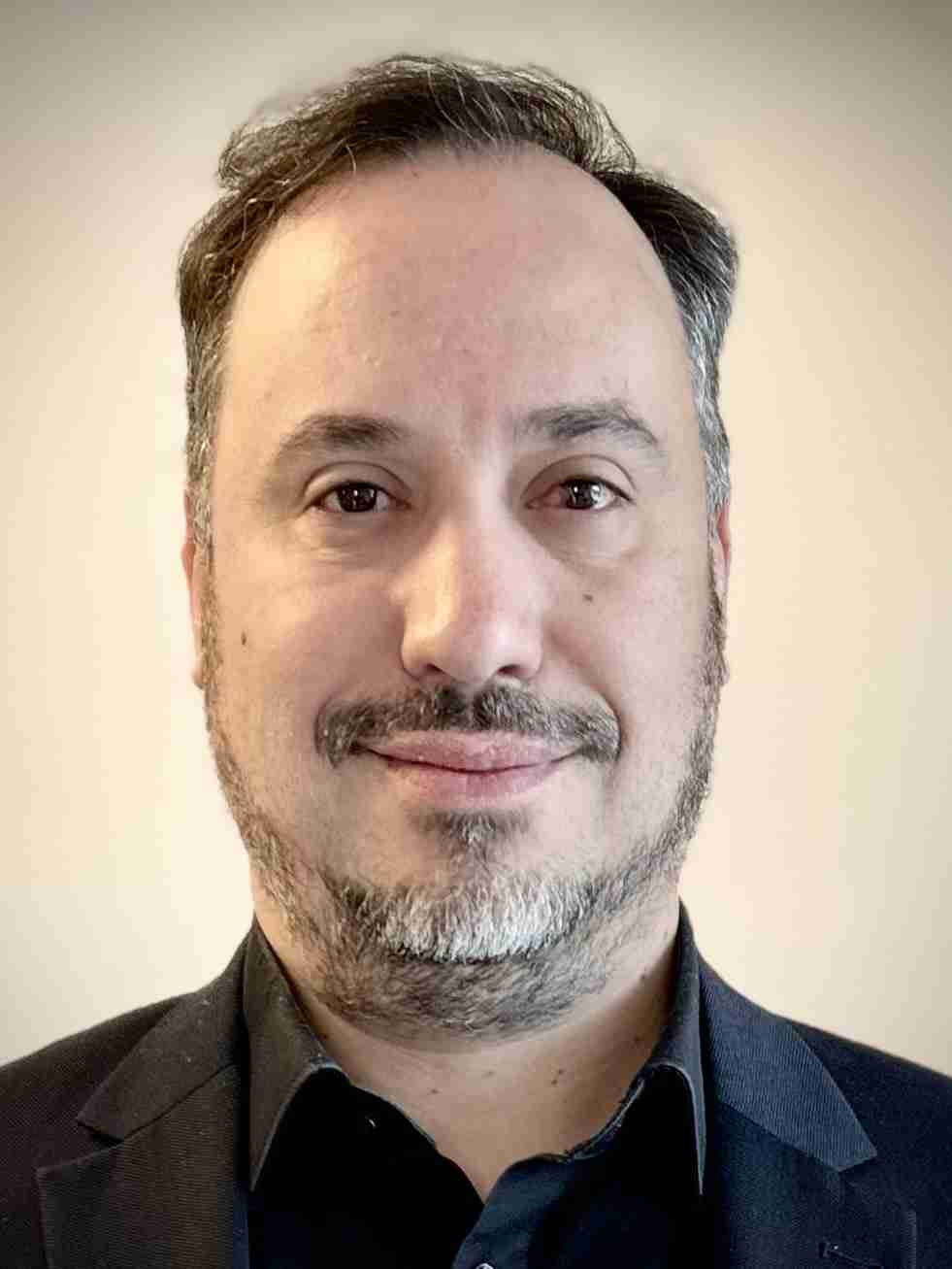
DYNAmore GmbH, an Ansys company
DIEM is a popular model for the prediction of failure in LS-DYNA. However, this model has been mostly used for aluminum and steel sheets which are typically modelled with shell elements. With the increasing usage of aluminum die castings in car design, the interest in modeling with solid elements in car crash simulations has significantly increased. With three different mechanisms for damage initiation (ductile, shear and instability), DIEM has been conceived having the plane stress assumption in mind, which is adopted in standard shell element formulations like ELFORM=2 and 16 in LS-DYNA. In this presentation, we will highlight how DIEM can be used for solid elements, what are its features and limitations and how to use it properly for car crash simulations in LS-DYNA.
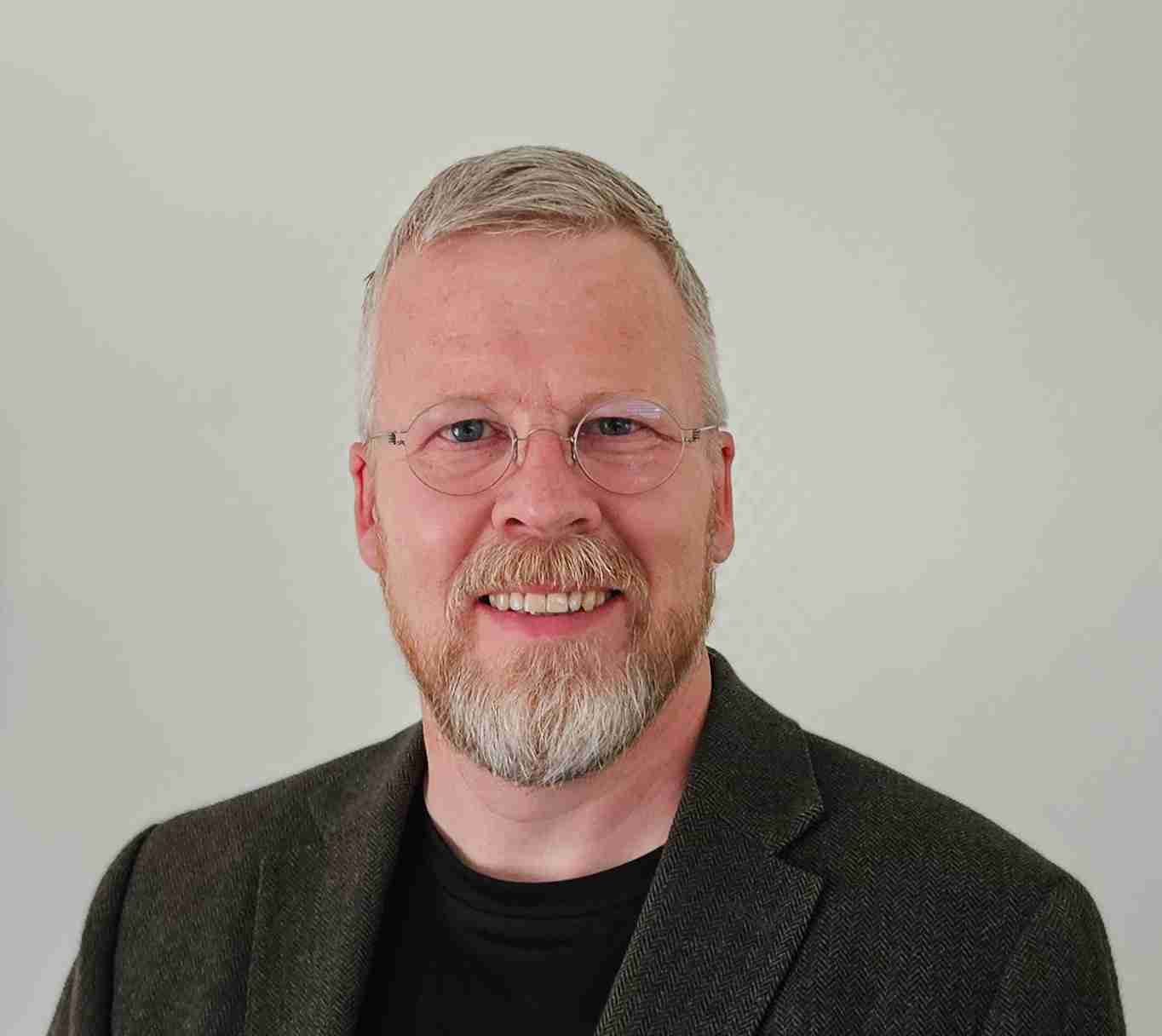
Ansys, part of Synopsys
| Currently Director of the High Speed Dynamics team at Ansys in EMEA. PhD in Mechanics from Linköping University. Have worked with non-linear FEM and explicit dynamics for 30y in many roles, from research and code development to CAE consulting and sales. |
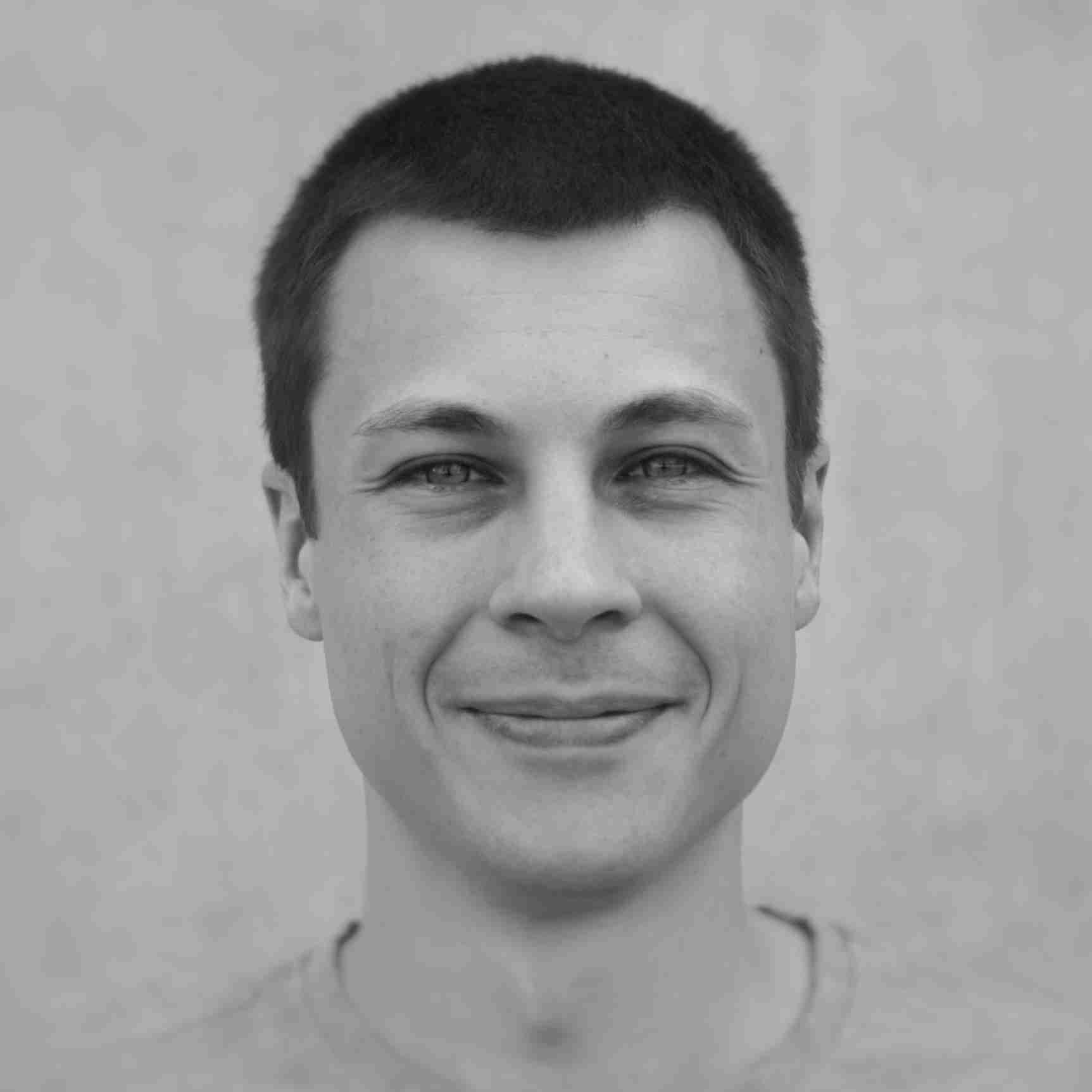
University of Stuttgart, Institute for Structural Mechanics
Accurate stress prediction in fiber-reinforced laminates is crucial for anticipating damage. Standard shell elements, though computationally efficient, lack accuracy due to simplifying assumptions. Conversely, solid element discretizations, while accurate, are computationally prohibitive. To bridge this gap, we apply higher-order 3D-shell elements, implemented as a user-defined element in LS-DYNA. Unlike standard shells, these elements can capture cross-sectional warping and a fully 3D stress state. Our contribution highlights them as a viable approach to achieve more reliable stress predictions for composite structures, crucial for robust design and damage assessment, without the prohibitive cost of fully 3D discretization. We acknowledge the funding by the BMWE (19S22006K).

DYNAmore/Ansys
The force levels that must be taken care of in the event of a car crash have been growing steadily with increased vehicle mass and higher safety requirements over the years. This would be true even without the shift towards battery power since the weight of equipment like infotainment and cables has increased while limiting the total vehicle weight for energy efficiency. It has driven the need for higher strength materials in body structures. Higher strength materials are often more brittle and with the need to optimize the structures it calls for accurate material modeling including failure prediction. Production efficiency is another important aspect in the choice of materials. This presentation intends to show how the Generalized Incremental Stress State Dependent Damage Model (GISSMO) can be combined with the common LS-DYNA material models to obtain accurate modeling of popular material types in vehicles. Examples of material modeling for dual and complex phase steels, ultra-high strength steels, aluminum die castings, aluminum sheets, aluminum extrusions, unreinforced plastics and reinforced plastics will be given together with some important aspects of the modeling methods.
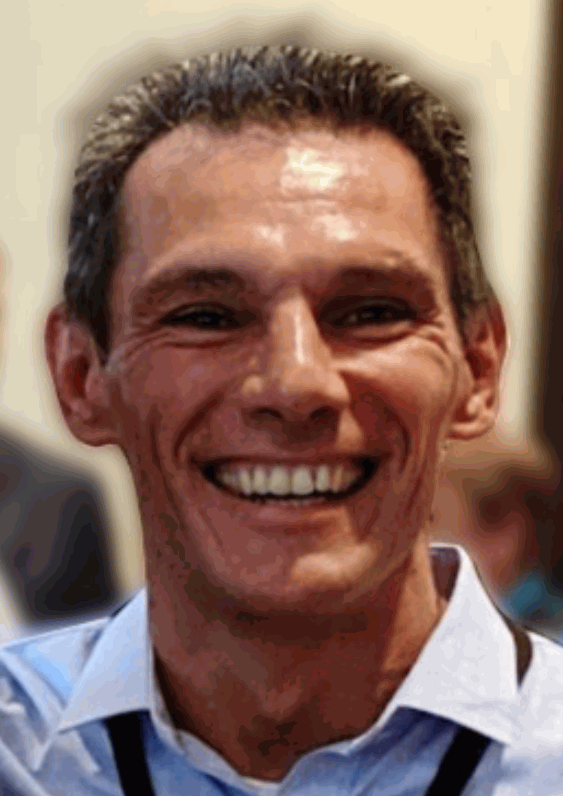
Ansys, part of Synopsys
This paper presents the implementation of immersed interface techniques within the Incompressible CFD (ICFD) solver in LS-DYNA for fluid-structure interaction (FSI) simulations. Immersed methods offer several advantages: they streamline pre-processing, eliminate mesh distortion caused by large structural motions, and enhance robustness in scenarios involving complex contact. However, these benefits often come at the cost of reduced near-wall accuracy, suggesting that hybrid approaches combining body-fitted and immersed methods may offer the best of both worlds. Two approaches are discussed: the Resistive Immersed Implicit Surface (RIIS) method [1] and a novel formulation based on discontinuous finite element functions [2]. The presentation will cover the theoretical background of each method and provide practical guidance on model setup, including pre-processing steps and post-processing considerations within LS-DYNA. [1] Fernandez MA, Gerbeau JF, Martin V (2008) Numerical simulation of blood flows through a porous interface. ESAIM: Mathematical Modelling and Numerical Analysis 42(06): 961–990. [2] R. Zorrilla, R. Rossi, R. Wüchner, E. Oñate, An embedded Finite Element framework for the resolution of strongly coupled Fluid–Structure Interaction problems. Application to volumetric and membrane-like structures, Computer Methods in Applied Mechanics and Engineering, Volume 368, 2020, 113179.
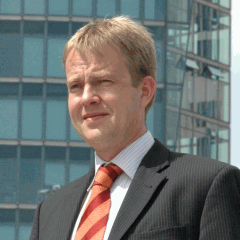
Ansys, part of Synopsys
Dr. Olaf Kath is VP Product at Ansys, responsible for the Safe Systems, Digital Twins, PIDO, Materials and AVx Autonomy product lines as well as leading Ansys’ Model-based Systems Engineering efforts. Olaf received his PhD in 2001 from the Humboldt-Universität in Berlin, at the institute for computer sciences. From 2001 onwards he engaged in the introduction of tools supporting model-based technologies and methodologies into safety & security assurance processes. He is a functional safety expert with detailed knowledge and experience in methods, processes, and tools for functional safety according to state-of-the-art standards. He has a long year’s track record in the application of safety analysis methods as well as in software architecture.
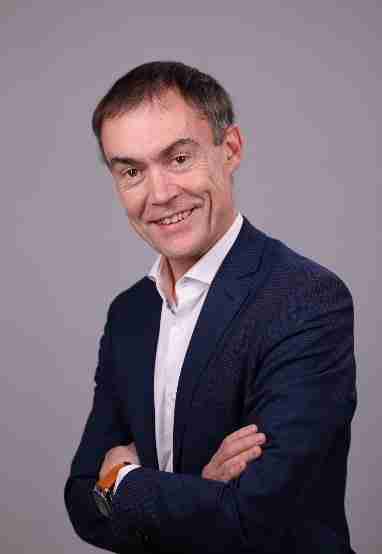
Ansys, part of Synopsys
| Gilles Gallée is Director of Autonomous Vehicle Simulation Solution at Ansys. He is responsible of the global business development for Ansys in this market segment and acts as a subject matter expert leader in the domain of Autonomous Vehicle simulation solutions including driving simulation and sensor simulations for system and human in the loop applications. Gilles received the Master’s degree of engineering in computer science and digital image processing from Bordeaux University in France in 1994. Then, has been actively involved in the simulation and virtual reality field for 26 years serving for IFSTTAR, a major research institute in transportation, for OKTAL, a simulation products company and OPTIS, a light and vision simulation products company before joining Ansys. Gilles has authored about twenty papers, articles and reports. |
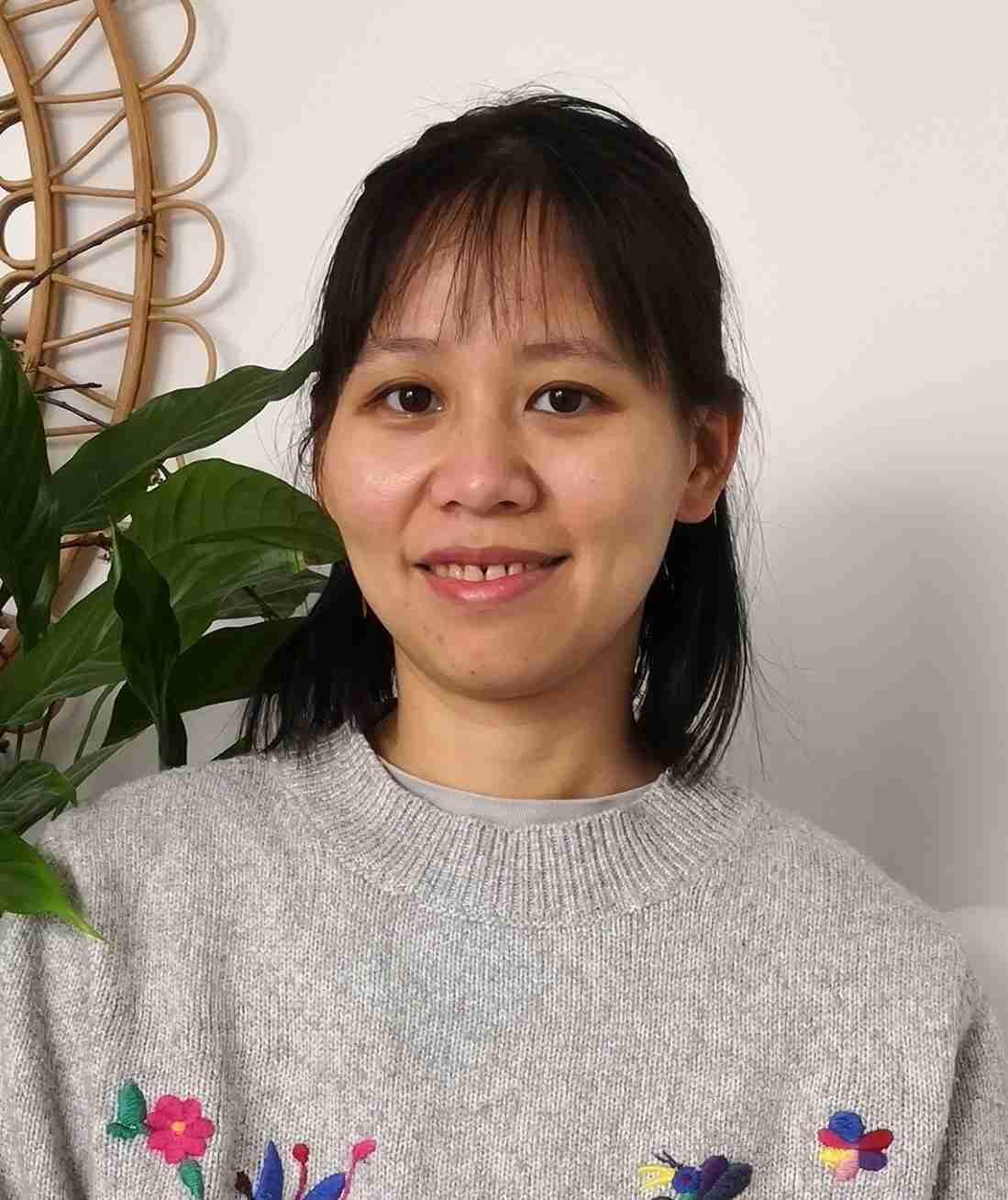
Ansys, part of Synopsys
| Thu Trang Nguyen, R&D engineer in LSDYNA-EM solver. I received a Electrical Engineer degree in 2008 from INSA-Lyon, and Phd degree in Physics in 2011 from Paris-Sud University. I worked in Lille University from 2012 to 2019, and have joined LSDYNA from 2021. |
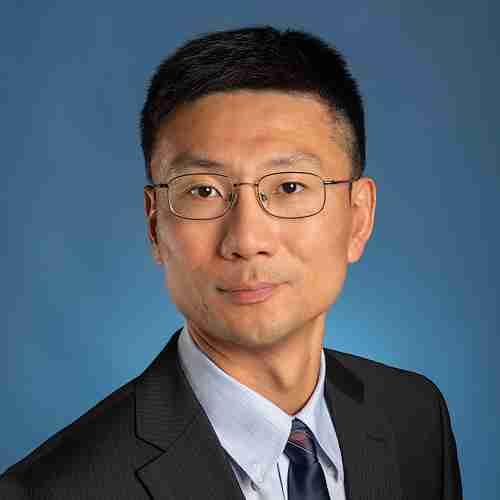
Ansys, part of Synopsys
The Smoothed Particle Galerkin (SPG) method has been developed in LS-DYNA for large deformation and failure analysis of ductile materials. Compared to the finite element method (FEM), SPG has been demonstrated to provide greater accuracy and robustness in modeling manufacturing processes such as joining, cutting, grinding, and drilling. However, as a particle-based Lagrangian method, SPG relies on frequent neighbor searching, particle integration, smoothing operations, and explicit time integration schemes designed to enhance numerical stability and accuracy. Consequently, the overall computational complexity of SPG could be an order of magnitude higher than that of conventional FEM for the exact domain discretization. Furthermore, the massively parallel processing (MPP) communication overhead associated with SPG increases significantly, particularly under conditions of severe material flow and separation, such as in screwing and grinding simulations. The rapid evolution of modern GPUs provides a strong alternative for accelerating SPG computation. The massive computational power, with tens of thousands of cores, large memory capacity, and bandwidth available in mainstream single-GPU systems, fulfills the demands of typical manufacturing process models using SPG. This presentation will cover the current progress of LS-DYNA SPG GPU development, including: • A moment-consistent SPG (MC-SPG) formulation rewritten in C++ with support for various GPU architectures, featuring algorithms and implementation frameworks highly optimized for GPU acceleration. • Integration of the SPG GPU code as a dynamically linked library (DLL) within LS-DYNA. The current coupling interface supports (1) TIED and NODES_TO_SURFACE contacts with FEM parts running in LS-DYNA, (2) sub-cycling for SPG parts, which typically run at smaller time step sizes, and (3) d3plot output for SPG parts. • Introduction of a new keyword to activate GPU offloading for SPG parts. • Supported keywords of material models and boundary/initial conditions for SPG parts. • Benchmark results demonstrating the accuracy and performance improvements of this new GPU development compared to the LS-DYNA MPP versions of FEM and SPG.
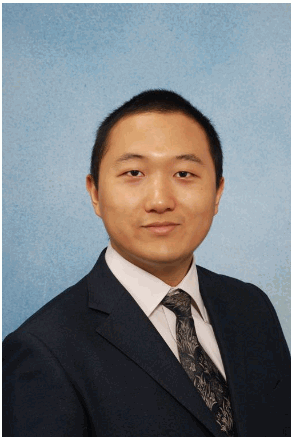
Ansys, part of Synopsys
Automotive parts are often manufactured using multiple forming processes, including Blanking, Drawing, Trimming and flanging and which often involves significant plastic deformation in the components. This affects the stiffness and strength of the component due to strain hardening and sometimes multiple iterations need to be performed varying the process parameters to achieve good quality parts. As a next step, not considering the prestress and thinning effects could result in inaccurately predicting the Vibrational performance of the part. Ansys Forming has been used to simulate the Multistage forming process, and the process parameters are optimized through optiSLang. The prestress results are exported to both LS-DYNA and Ansys Mechanical which are used to calculate the modal frequencies. The current workflow could be extended to other kinds of analysis like failure analysis of the component.
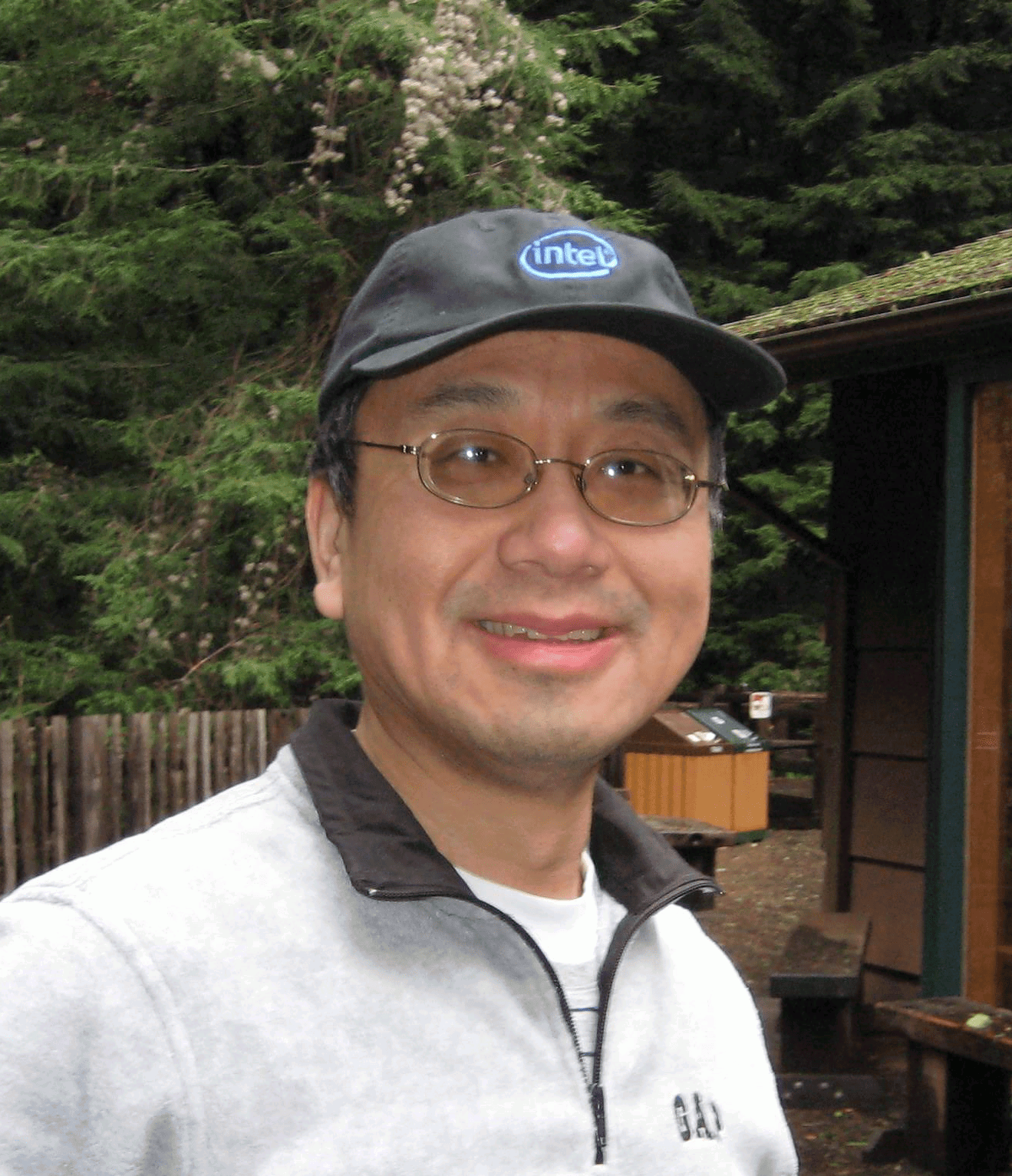
Ansys, part of Synopsys
In this paper, a modified 2005 NUMISHEET Crossmember was used to demonstrate SimAI’s use cases in stamping sheet metal formability prediction. The AI model is trained with 49 DOEs of LS-DYNA stamping simulation consisting of various die and punch radii changes. The formability results from the DOEs produced both failure and wrinkles, which is of interest in the SimAI prediction study. Use CASE A focuses on prediction of thickness, strain and FLD in a “one-step” fashion. The last state of the incremental LS-DYNA simulation results on the blank are used to build the AI model. New part geometries are used to predict formability based on the trained model. This case consists of formability prediction with new part geometries on an AI model trained with trimmed panels, and prediction of new part geometries on an AI model trained with drawn panels. Use CASE B focuses on transient prediction of thickness and deformation. All states of 49 DOEs (a total of 490 training/test data sets) were used to train the AI model. Prediction results are discussed and SimAI application strategies in Stamping Die Engineering are discussed.
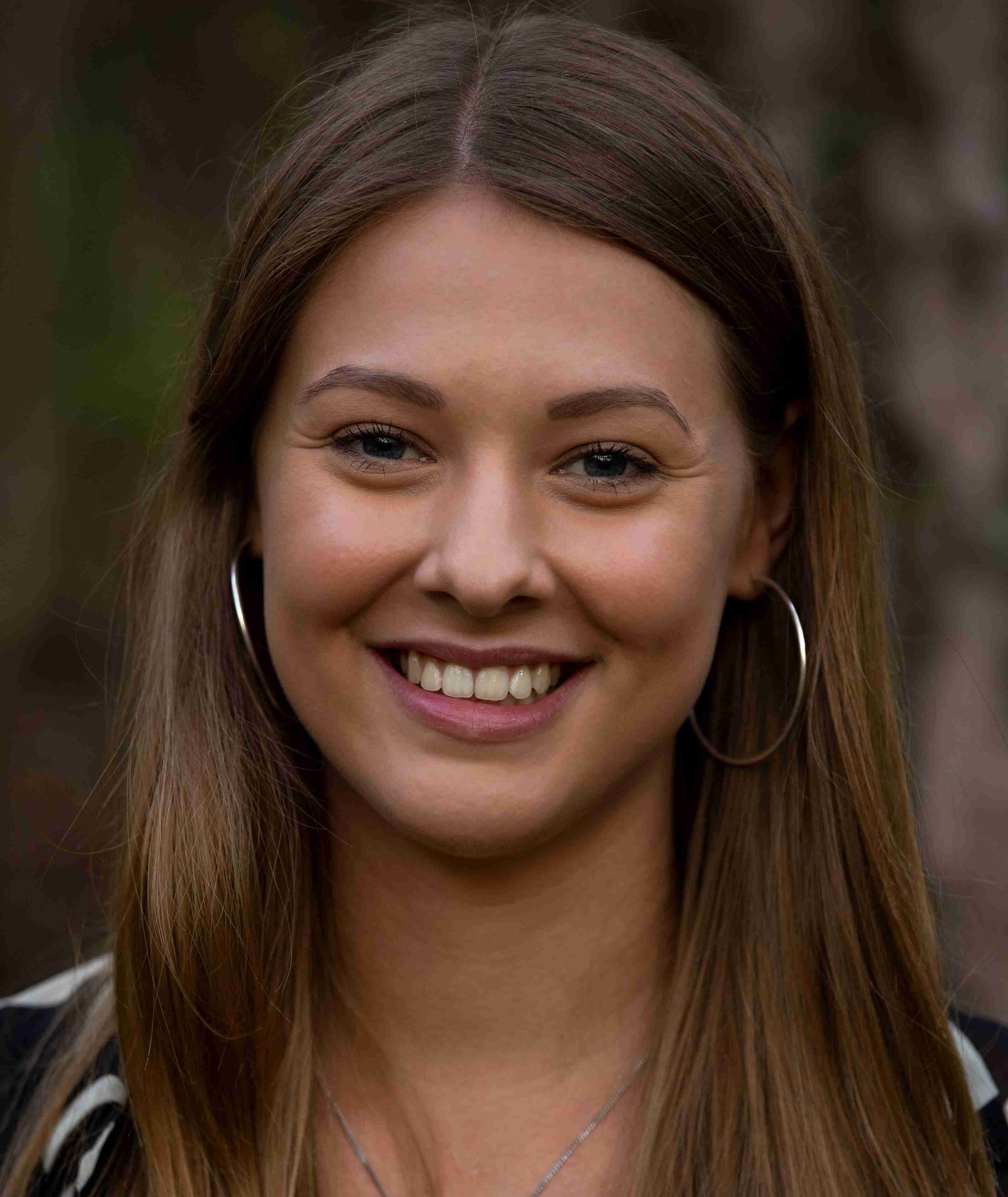
Volvo Cars
There are many challenges with integrating radars in a vehicle. One of them is the positioning and installation. How you angle them will affect the covered field of view and can affect AD/ADAS functionality. The height of the sensors can affect scattering from road and road curbs. Installation behind fascia and paint affects the attenuation and phase, leading to a weaker signal return as well as angle errors. When testing in vehicle there is often a lack of ground truth as well as limited repeatability, not to mention that it’s expensive and time consuming. Combining Ansys HFSS and Ansys AVxcelerate we can in a controlled environment see how the position and installation affects the radar performance and create better radar configurations for tomorrow’s vehicles.

Dynamore GmbH an Ansys Company
2002-2007: Diploma in Mathematics at University of Technology Darmstadt; 2007-2012: PhD at Technical University Munich (Prof. Wall); Since 8/2012: DYNAmore GmbH; Working as LS-DYNA developer (heat transfer solver, material modelling)
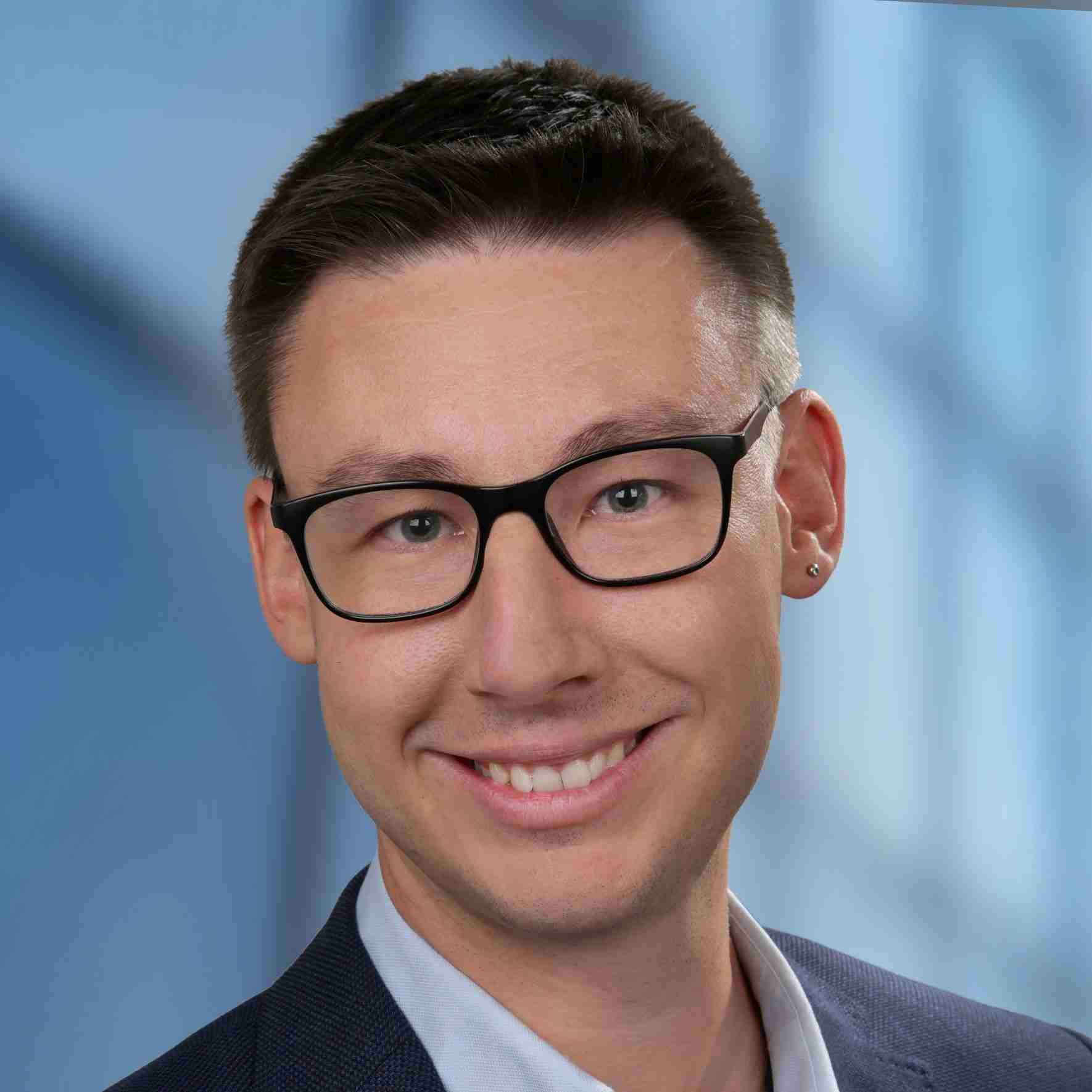
BMW Group
The increasing complexity of high-voltage cable systems in automotive safety applications demands advanced modeling techniques to accurately predict their mechanical behavior under various load conditions. This study investigates the potential of the with LS-DYNA R16 introduced *DEFINE_CABLE keyword as a novel approach to cable modeling. By focusing on axial tension, three-point bending, and radial compression load cases, the research aims to assess the capabilities and limitations of this method compared to existing techniques. The motivation lies in improving simulation accuracy and efficiency, particularly for complex load scenarios, while addressing the challenges posed by non-linear material behavior, mesh dependencies and numerical stability in high-voltage cable systems.
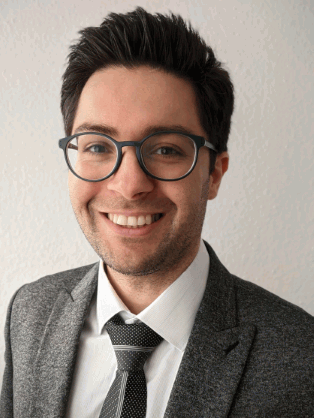
DYNAmore GmbH, an ANSYS company
The results of the current work stem from a project with Mercedes AG on aluminum die cast wheels for small overlap crash scenarios. Such materials are extensively used in the automotive industry for mechanical applications due to characteristics like excellent strength-to-weight ratio and corrosion resistance. The repeatability of the die casting process ensures high-quality, complex geometries with tight tolerances, enhancing the performance and efficiency of automotive mechanical systems. Additionally, aluminum’s recyclability aligns with the industry’s sustainability goals, making it a preferred material for modern automotive engineering. Especially in the case of crash applications, aluminum has gained the spotlight over the years as a crucial material to achieve lightweight designs. However, aluminum die castings exhibit complex mechanical behavior when subjected to large loadings, eventually leading to material rupture. For instance, inhomogeneities in the material stemming from the manufacturing process pose a challenge where variables like porosity, flow length and solidification time play a significant role. In this contribution, we will present modeling strategies currently used for the simulation of such materials in crash applications. Solid elements are employed due to the complex geometries involved. Furthermore, the use of an unconventional failure surface within GISSMO in LS-DYNA and the stress-damage coupling to capture the semi-brittle material behavior up to fracture is presented. Evaluating DIC measurements clearly shows inhomogeneous behavior of the deformation of the material. Our results show that the use of stochastic tools is helpful to predict material behavior, provided that the geometrical effects are taken into account. The employed modeling strategy proves to be effective in properly predicting not only coupon tests but also large-scale component tests without using any stochastic measure.
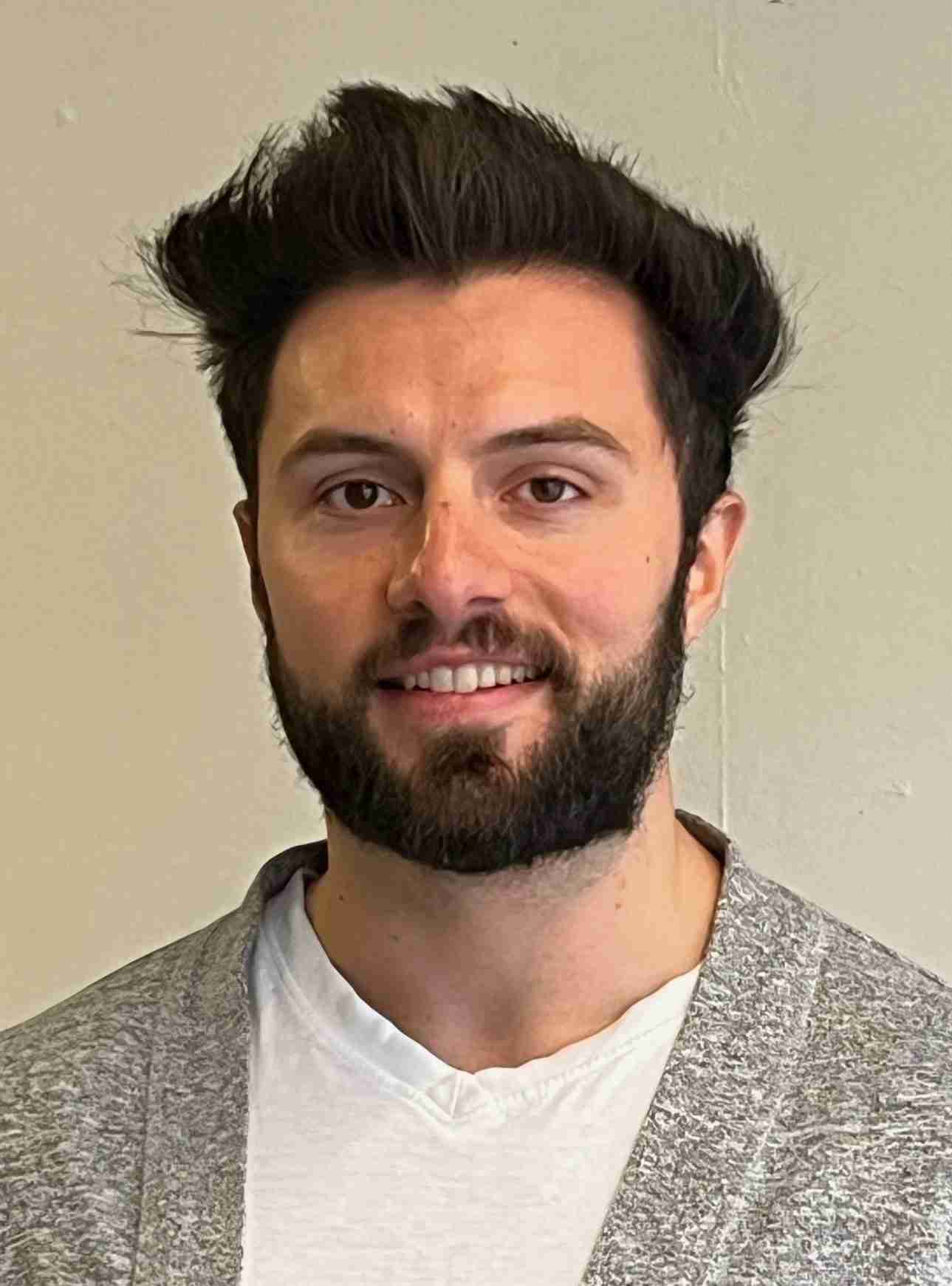
Institute of Applied Mechanics, Friedrich-Alexander-University Erlangen-Nürnberg
Ensuring the performance and safety of adhesive bonds under mechanical, thermal and hygroscopic loading is a key challenge in many engineering applications. We present a simulation method in LS-Dyna to predict the lifetime of hygro-thermo-mechanically loaded adhesive joints. The approach addresses coupled problems involving mechanical deformation and moisture diffusion. Adhesive behavior is described by a linear viscoelastic model using the timetemperatureconcentration superposition principle. To capture degradation, the model is extended with a local damage formulation accounting for creep, fatigue and hygroscopic damage. Numerical examples demonstrate the model’s predictive capabilities.
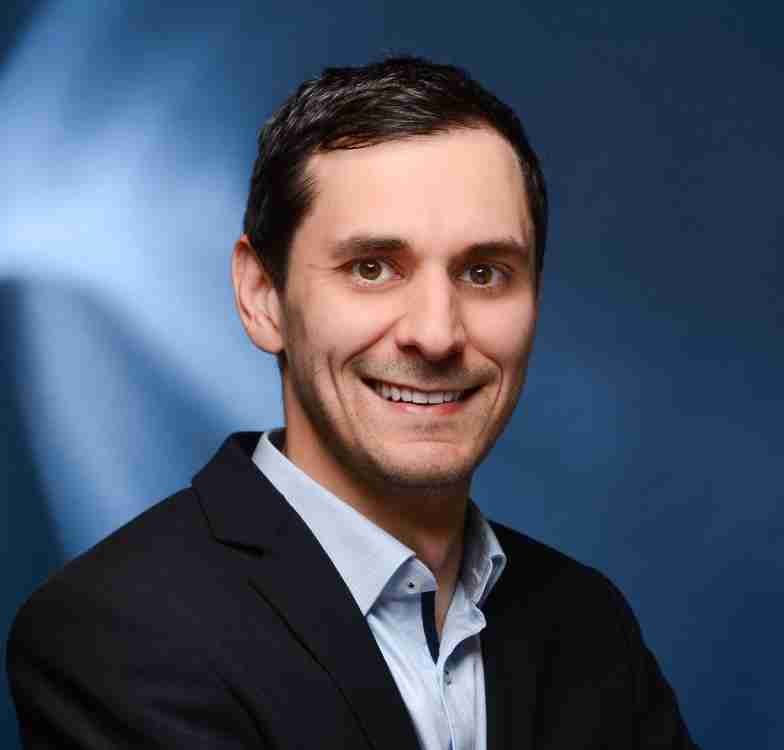
Ansys, part of Synopsys
In this talk, we present an update on the "Modular Contact" framework in LS-DYNA, initially introduced at last year's conference. Last year we highlighted performance benefits of the new implementation. This year we will present recent advancements, including support for eroding contacts with significant performance advantages compared to the existing implementations.
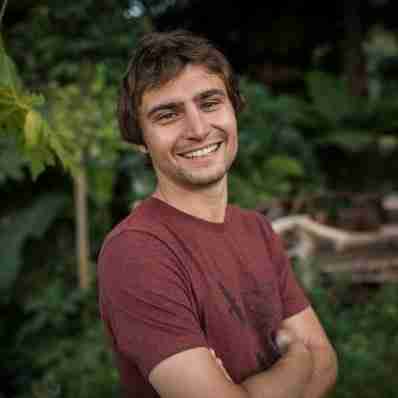
Ansys, part of Synopsys
| Principal R&D Engineer (LS-DYNA R&D) –(EM and CFD solvers development) |
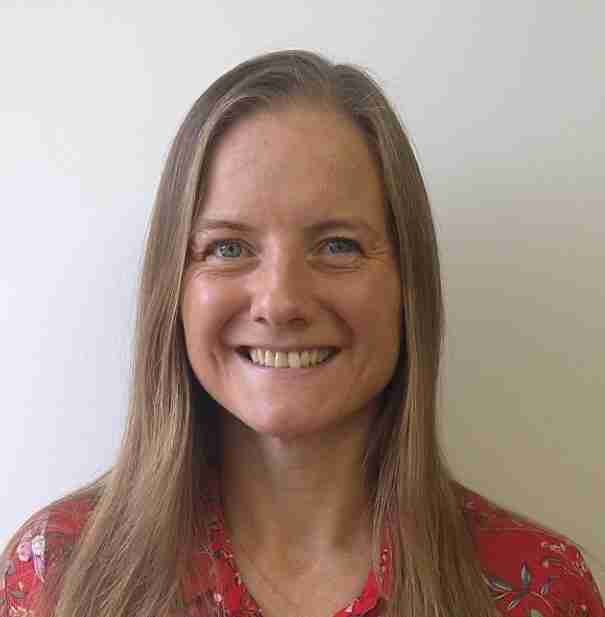
Ansys, part of Synopsys
This paper presents recent solver developments introduced to broaden the range of blast and high velocity impact simulations possible using LS-DYNA. The new features include a class of Euler finite volume solvers, a new equation of state based on the Lee-Tarver ignition and growth model for use in the ALE solvers, and a new composite material model designed for hypervelocity simulations.
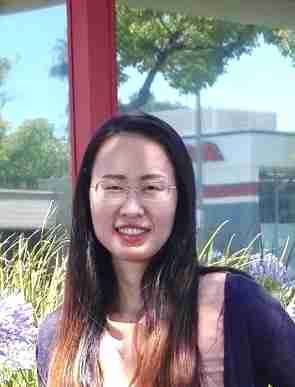
Ansys, part of Synopsys
This paper aims to provide an overview of LS-TaSC, highlighting its key features, capabilities, and applications. One of the key strengths of LS-TaSC is its ability to handle multidisciplinary topology optimization with constraints, which integrates multiple disciplines such as static analysis, NVH, impact, or any combination, simultaneously in an optimization problem, making it an invaluable resource for engineers to explore innovative design solutions that meet various design requirements across different disciplines. By leveraging the software’s capabilities, several application examples in automotive part design are provided to demonstrate its ability to tackle complex challenges associated with crash and contact conditions. At the end, highlights on the new features of the latest version are summarized, including enforcing the minimum and maximum part feature thickness, supporting to display and dump topography design results of shell structures in 3D format based on its final thicknesses, supporting the keyword *ELEMENT_SOLID_ORTHO, supporting the I10 formatted keyword files, and enabling to include the long length file name of the file in the *INCLUDE keyword.

Ansys, part of Synopsys
Wim is senior director partner programs at Ansys. In his role, he is responsible for the overall design and execution of the partner programs (including HPC programs) within Corporate Development and Global Partnerships at Ansys. Wim has 31 years of experience in the business of engineering simulation software with management positions in software development, consulting, sales, and product management. Wim holds a PhD degree in Aerospace Engineering from the Technical University of Delft in the Netherlands.
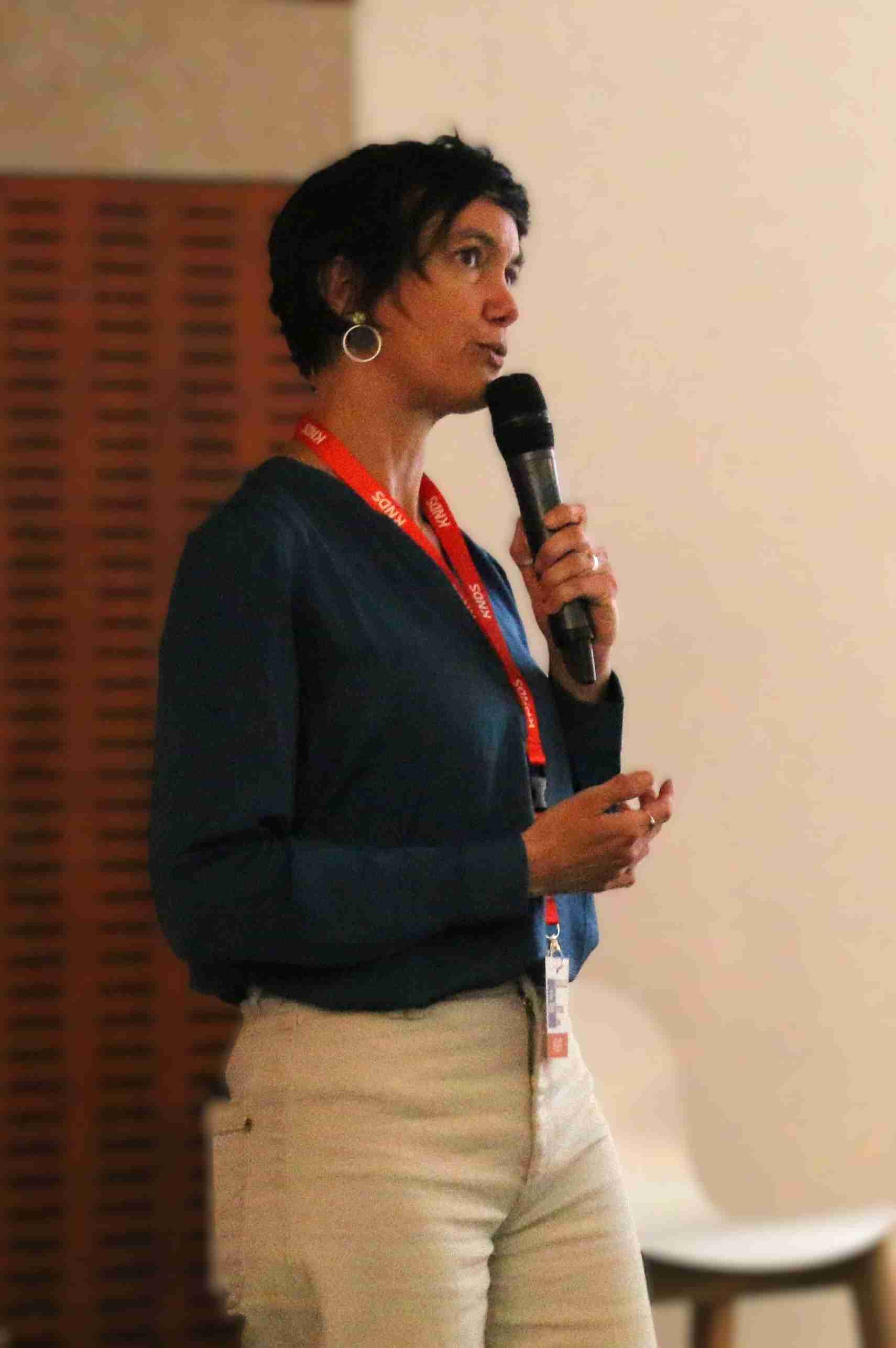
KNDS FR
IEC 63187 'Systems engineering – System safety – Complex systems in defence programmes' is a next to be published standard that brings system safety inside systems engineering though ISO/IEC/IEEE 15288:2023. This approach allows to define a framework for system safety that addresses all systems (systems of systems, complex systems, ...), all system life cycle processes (from the agreement process to disposal via mission and business analysis) and the continuity through suppliers and system decomposition levels, without beeing specific to any development life cycle. That system safety framework defines some specific safety artefacts and a measure of importance scheme including the link to the existing realisation standards, and it also highlight the importance of candidate architectures, risk trade-off and an iterative and recursive approach.
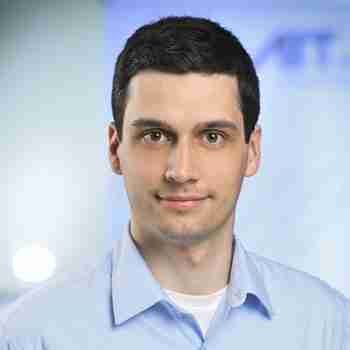
LKR Leichtmetallkompetenzzentrum Ranshofen GmbH
Directional deformation processes like rolling and extrusion cause anisotropic mechanical properties due to reoriented crystallographic grains (texture). This anisotropy significantly affects processes like deep drawing. While numerical simulations can account for texture-dependent defects in forming simulations, many FE methods neglect evolving anisotropy or use fixed textures. Often this is the case because full-field crystal-plasticity (CP) FE models are computationally too demanding for industrial-relevant part sizes. This presentation shows the use of the visco-plastic self-consistent (VPSC) model as an efficient way of modelling a metal’s developing texture and mechanical response. Coupling VPSC with LS-DYNA enables modelling developing texture in large-scale metal forming.
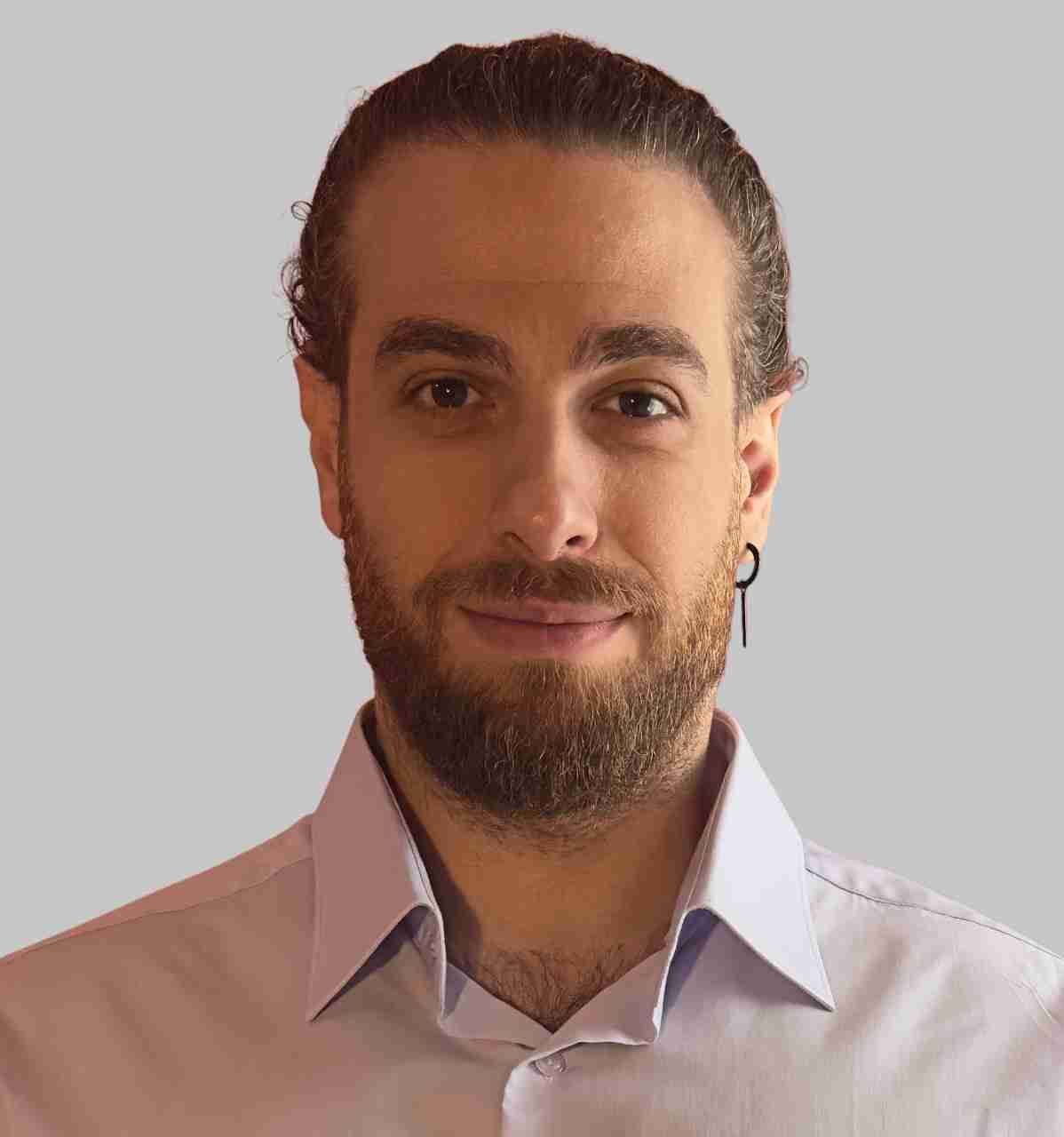
BETA CAE Systems / Cadence
Restraint systems have traditionally been developed based on the anthropometric characteristics of the average male, potentially reducing safety for individuals with different body proportions. Expanding simulations coverage to a wider range of body types is essential, but current Human Body Models (HBMs) lack high anthropometric diversity due to the high cost and time required for development. To address this limitation, BETA CAE Systems introduces in ANSA the HBM Scaling Tool designed to adapt existing HBMs to variant anthropometric profiles. A comparative analysis is carried out between two human body models (HBMs) defined using LS-DYNA keywords: the baseline THUMS AM95 and a THUMS AM50 model scaled to AM95 anthropometrics using the Scaling Tool. The comparison focuses on multiple criteria, including mass distribution, center of gravity (COG), body morphology, bone dimensions, and elements quality. The scaled model validation involves conducting sled test simulations with various restraint systems, meticulously configuring LS-DYNA keywords for accurate testing. These simulations are closely modeled after Vezin et al.'s (2001) study. Acceleration in the head, spine, and pelvis—are analyzed, along with major principal strain patterns in the ribs. The results are compared with those from the original THUMS AM95 model and available experimental data from the Vezin study. This research highlights how the scaling approach proposed by BETA CAE Systems enables more representative occupant simulations, supporting the development of restraint systems better suited to a diverse population.
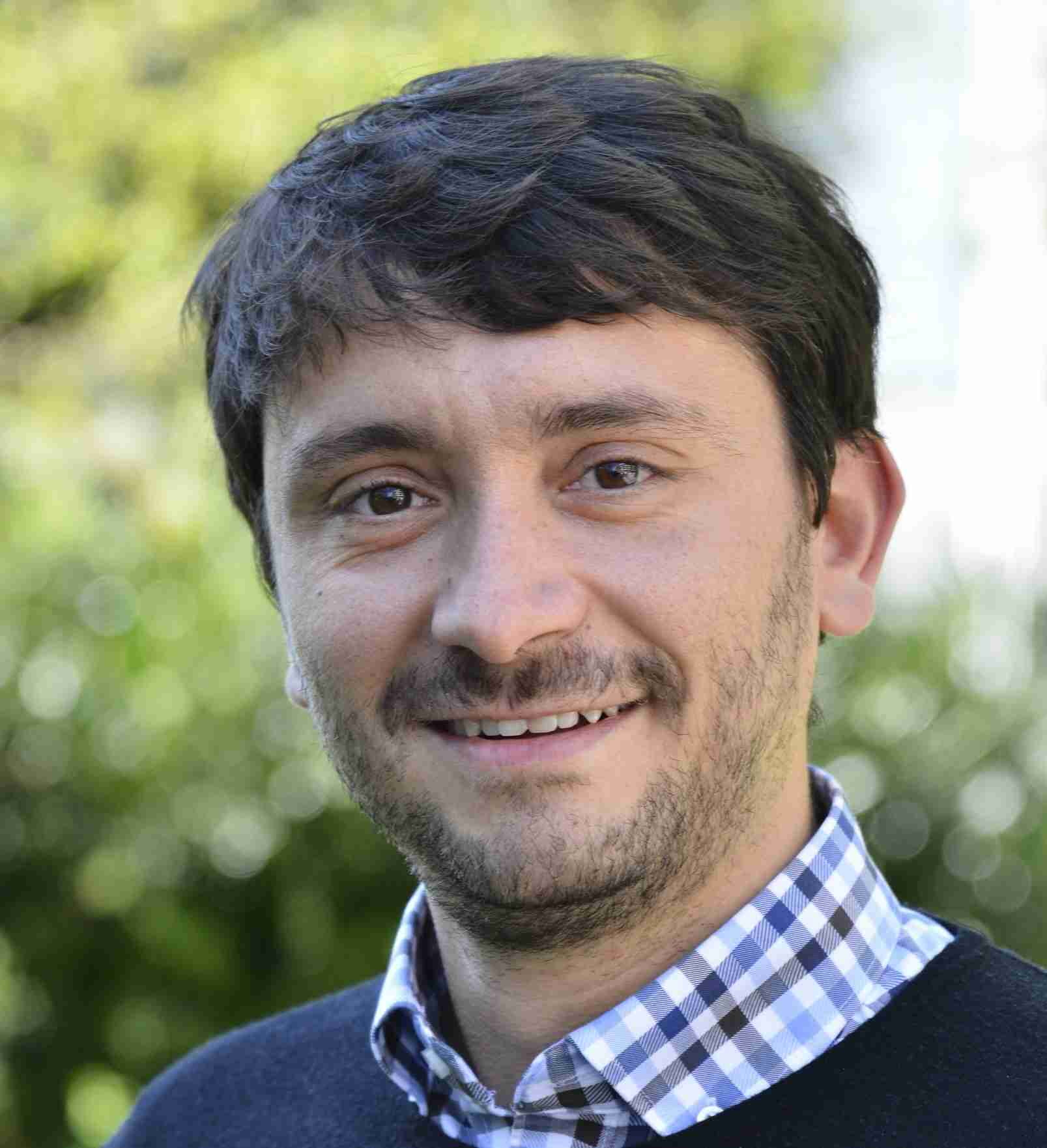
Dynamore GmbH, an Ansys Company
In recent years, artificial intelligence (AI) has begun to significantly influence the field of computer-aided engineering (CAE). Technologies like Ansys-SimAI have been successfully deployed to develop surrogate models of complex finite element (FE) simulations, enabling rapid system behavior predictions. Despite these advancements, the conventional iterative design process remains slow due to the time-intensive task of generating new design variants. To address this limitation, Ansys has introduced a generative design solution that automates the creation of design alternatives. Starting from seed geometries, the tool generates hundreds of new, physically plausible variants within the original design space. When combined with SimAI, this forms a comprehensive pipeline for rapid design generation and evaluation, enhancing product development efficiency. This paper demonstrates training a SimAI model to predict vehicle behavior under side impact loading using high-fidelity LSDYNA simulations as database. The sill in-lay designs from these simulations serve as seed geometries for the generative design tool, which then creates new geometries within physical constraints. Both tasks are completed in seconds, showcasing AI's potential when combined with legacy CAE data to accelerate product development cycles and improve design efficiency and innovation.
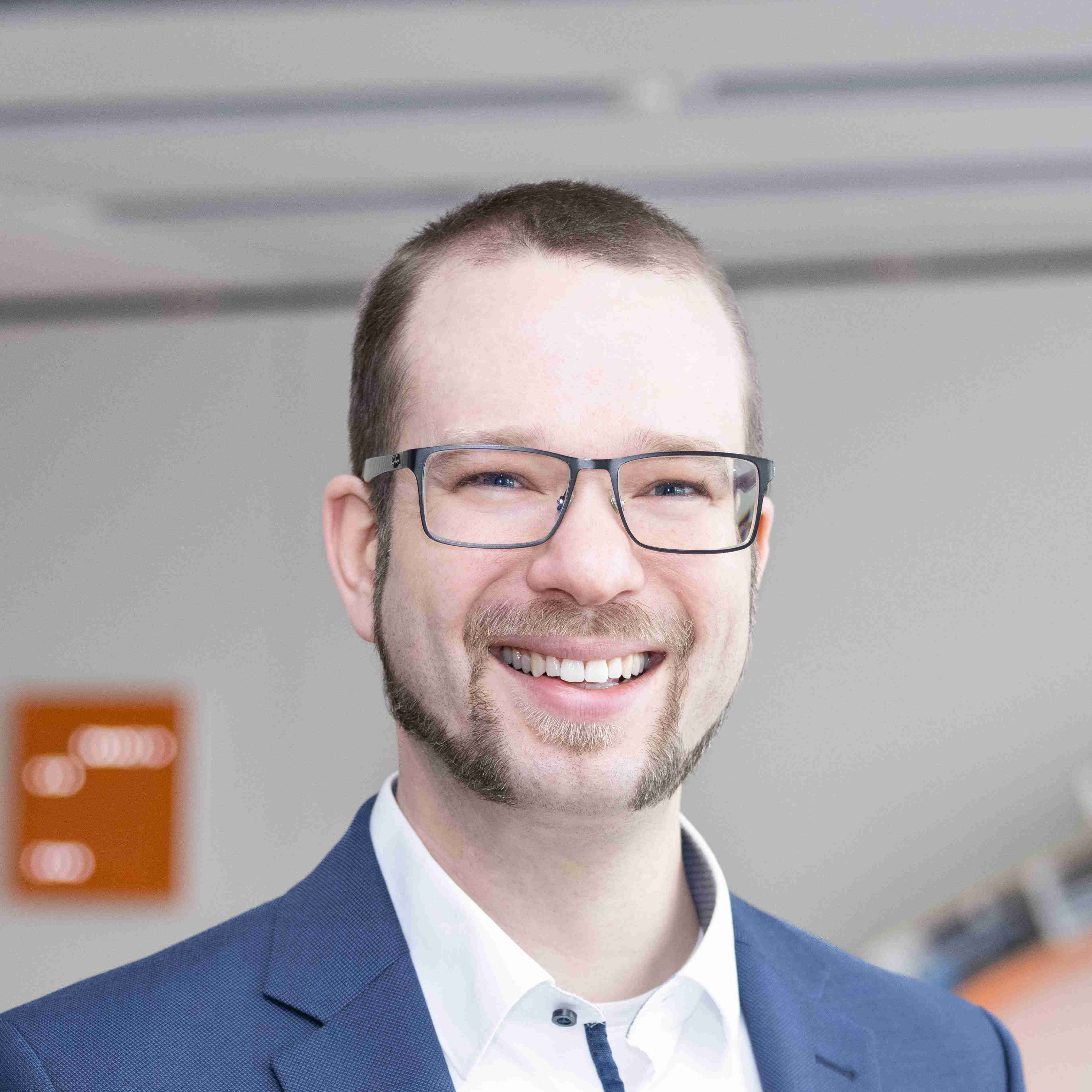
MANN+HUMMEL GmbH
Friedemann Hahn holds a Master’s degree in Mechanical Process Engineering from the University of Stuttgart. Since joining MANN+HUMMEL in 2012, he has actively shaped simulation capabilities for microstructure-based filter media development and contributed to the development and implementation of in-house simulation tools. In his current role as Senior Expert Simulation Filtration Materials, he is responsible for virtual filter media design and drives efforts to advance and democratize simulation technologies across the company’s engineering teams.
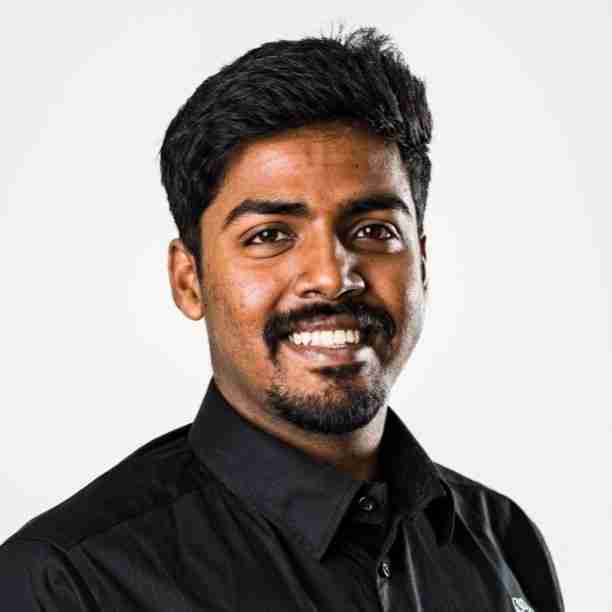
DYNAmore, an Ansys company
Human Body Models (HBMs) are used to study injury-biomechanics and vehicle safety. Traditional active HBMs use 1D Hill-type elements to represent muscles but face key limitations, such as subjective routing, inaccurate moment arms, and inability to model lateral expansion during contraction. As part of the CARpulse project, this method introduces a hybrid modelling approach using LS-DYNA. It combines 1D elements for active behavior with 3D solids for passive mechanics, coupled via shared nodes. This enables realistic stress transfer and increased stiffness during activation. The modular setup allows future integration of controllers based on joint angles or muscle lengths, supporting biofidelic and efficient goal-directed motion simulation.
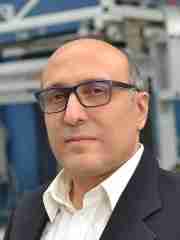
DYNAmore - an ANSYS Company
In recent years, artificial intelligence (AI) has begun to significantly influence the field of computer-aided engineering (CAE). Technologies like Ansys-SimAI have been successfully deployed to develop surrogate models of complex finite element (FE) simulations, enabling rapid system behavior predictions. Despite these advancements, the conventional iterative design process remains slow due to the time-intensive task of generating new design variants. To address this limitation, Ansys has introduced a generative design solution that automates the creation of design alternatives. Starting from seed geometries, the tool generates hundreds of new, physically plausible variants within the original design space. When combined with SimAI, this forms a comprehensive pipeline for rapid design generation and evaluation, enhancing product development efficiency. This paper demonstrates training a SimAI model to predict vehicle behavior under side impact loading using high-fidelity LSDYNA simulations as database. The sill in-lay designs from these simulations serve as seed geometries for the generative design tool, which then creates new geometries within physical constraints. Both tasks are completed in seconds, showcasing AI's potential when combined with legacy CAE data to accelerate product development cycles and improve design efficiency and innovation.
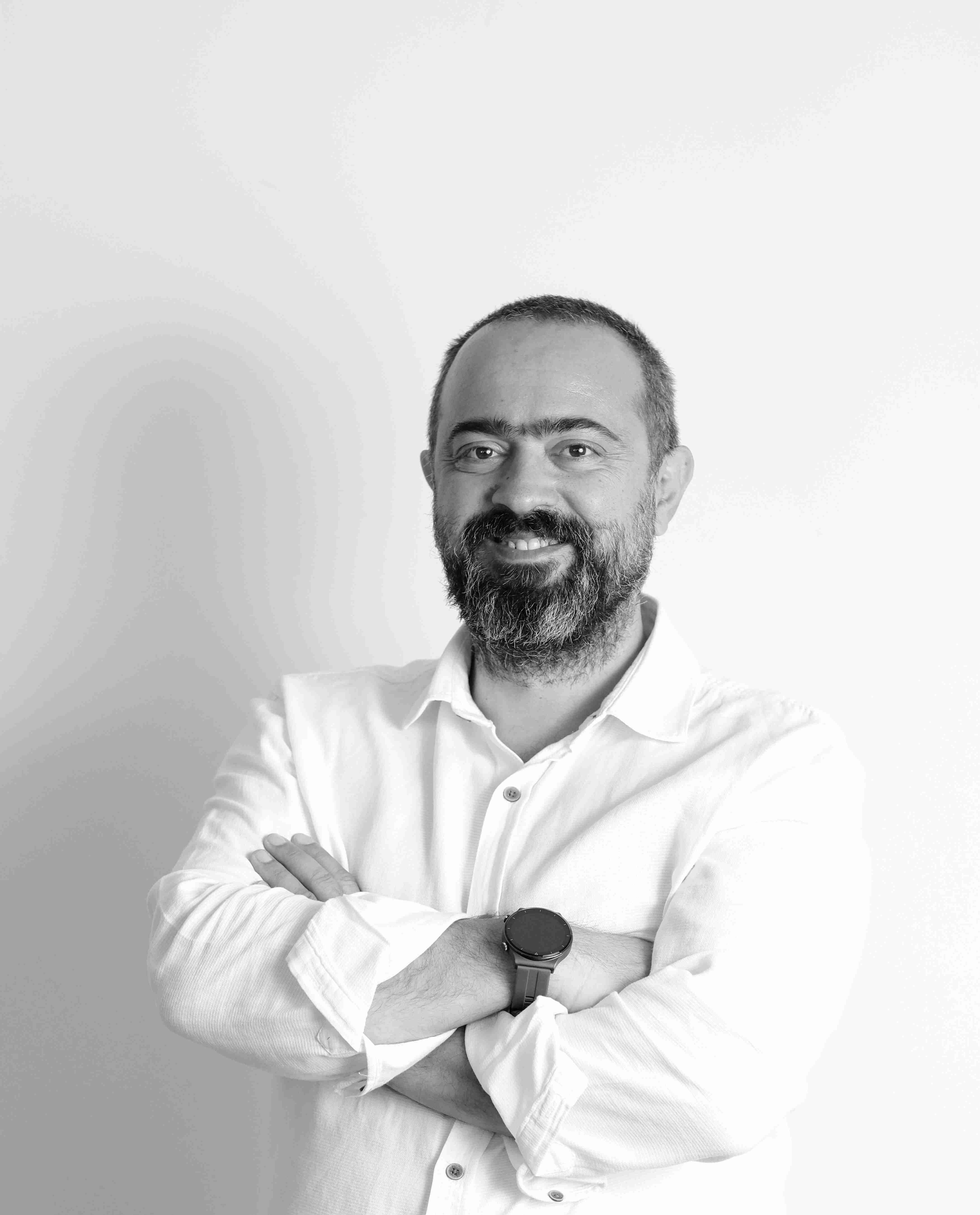
BLB Engineering
The objective of this study is to assess the performance of a L7 Class electric vehicle (EV) in a range of crash scenarios. The tests encompass a range of scenarios, including frontal crashes into a rigid wall, a deformable barrier, a road barrier, and a road blocker bollard. Given that no mandatory safety requirements have been established for this category of vehicle, the necessity for such a requirement is called into question. The aforementioned crash test scenarios were simulated using ANSYS LS-DYNA software, featuring two distinct crash protection systems: a stationary prevention system and a replicable concept bumper system. An examination of the results of the collision tests reveals that the replicable bumper provides significant benefits, particularly in the case of low-speed impact collisions with a deformable barrier. In such instances, the bumper can be repaired without compromising the integrity of the main structure. The objective of this study is to underscore the significance of safety for this class of vehicles. In consideration of these types of collisions, the study will propose cotilion-based safety standards for future implementation.
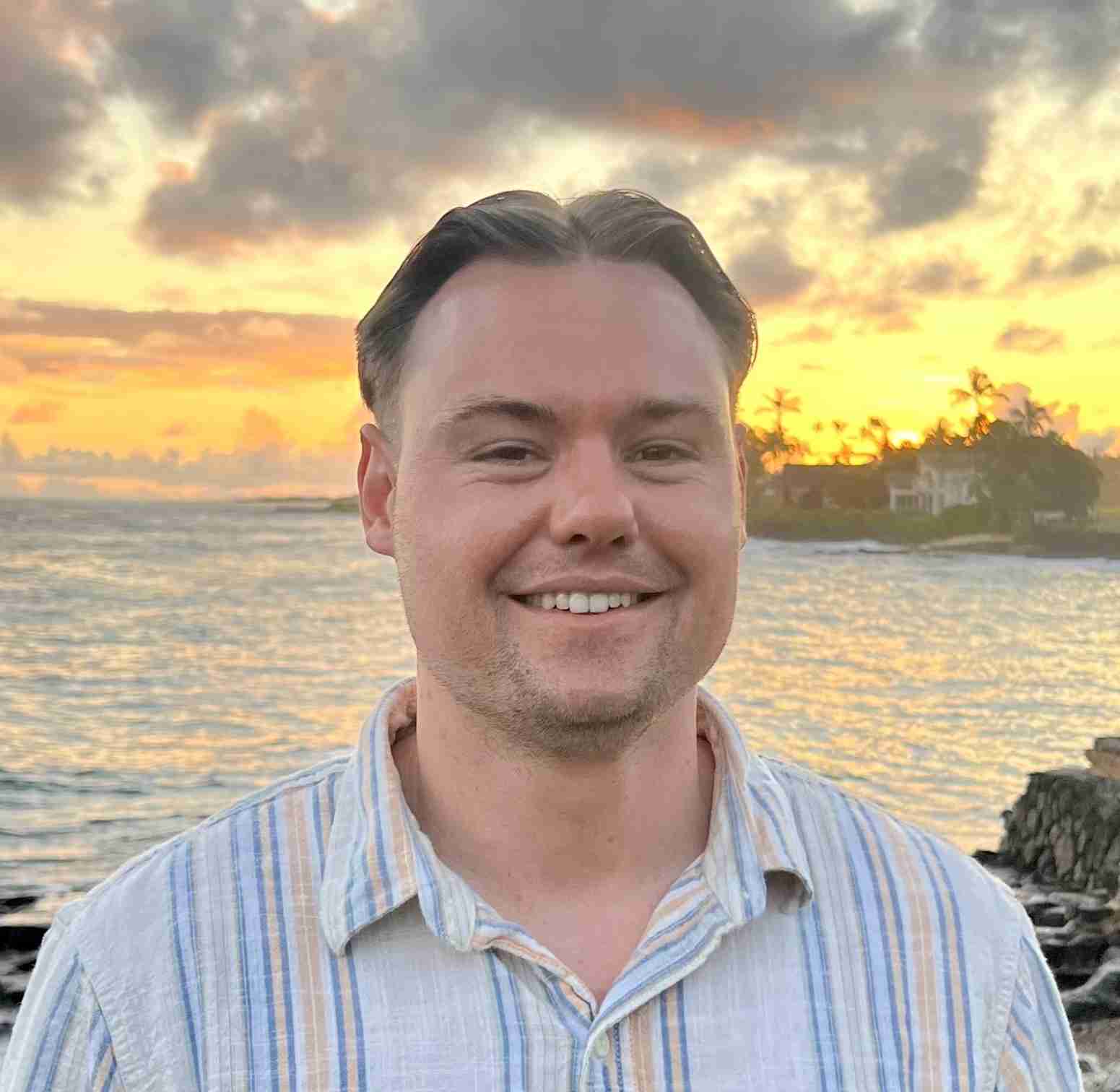
Ansys, part of Synopsys
This session highlights how Honda Racing leverages cloud-based high-performance computing (HPC) to accelerate both aerodynamic and crash simulations using Ansys software. A highly detailed 1.6 billion cell IndyCar model was used in Ansys Fluent to perform drag and cooling simulations, executed on Microsoft Azure’s HBv5 and ND-MI300X-v5 virtual machines, both powered by AMD technologies, to meet the scalability and performance demands of large-scale CFD. In parallel, LS-DYNA was used to simulate frontal crash scenarios of the ARX-06 GTP car, with runs performed on Azure’s HBv5 instances, taking advantage of their high memory bandwidth and compute efficiency. The presentation will cover simulation workflows, cloud architecture, and performance results, offering practical insights into how cloud-native HPC accelerates development, enhances scalability, and supports data-driven design across disciplines.

SCALE GmbH
Generative AI is widely regarded as a transformative force across industries, and it is already boosting efficiency in areas like software development. One key trend involves integrating AI tools directly into developers environments, enabling seamless collaboration with these systems. As a provider of a Simulation Data Management platform, which essentially functions as an IDE for simulation engineers, we are exploring how to embed machine learning and generative AI capabilities into simulation engineering workflows. Our vision is not to replace simulation engineers, but to empower them with next-generation, AI-driven tools that automate tedious tasks and free them to focus on core engineering challenges. In this presentation, we demonstrate integrated AI capabilities within our SDM platform. These include automated generation of change documentation, chatbot-based search through simulation data, AI assistance embedded in simulation pre-processing tools (e.g., text editors), and machine learning-driven analysis of the vast simulation results it manages. Together, these capabilities showcase how deeply integrated AI can elevate simulation data management to new levels of efficiency and intelligence.
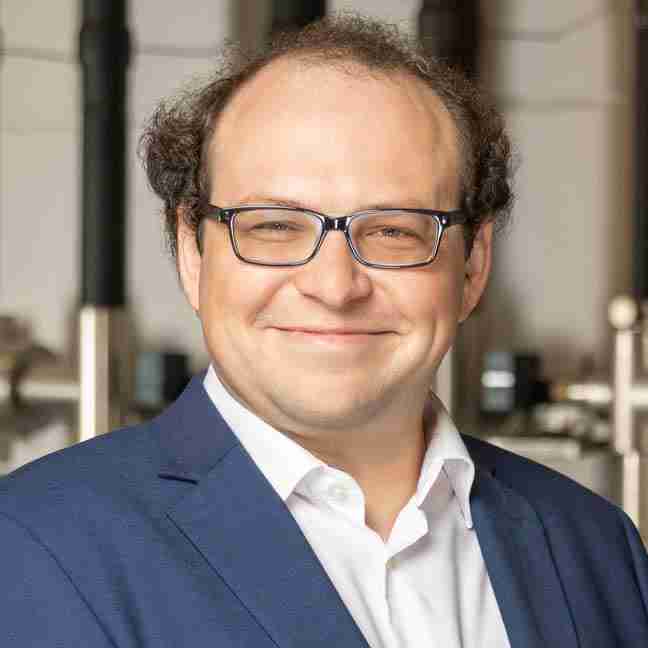
4a engineering GmbH
Knowledge of the mechanical behavior of materials is essential for the simulation of dynamic load cases. In comparison to the real part performance, a realistic testing method for the material characterization should be used. Over the last years, 4a engineering GmbH developed the software solution VALIMAT®, which helps the user to calibrate FEM material models based on measurement data with a reverse engineering process. For the widely used material models automated workflows ´ÀUTOFIT` were defined. They state the necessary measurements and have parameterized material models and define how the parameters are optimized. These workflows though did not support the fitting of a failure model. The introduction of the ´AUTOFAILUREFIT´ feature automates this step and with that reduce the required time leading to a streamlined process. The present work showcases these automated features and the calibration approach for typical material classes used in the automotive industry under crash loading. Currently material and failure modeling in crash simulations typically deal with simple von Mises visco-plasticity (*MAT_024) and equivalent strain failure criteria. For the description of complex material behavior as an example in the case of unreinforced thermoplastics (like tension-compression asymmetry) *MAT_187/*MAT_187L are commonly used. In the present work, emphasis has been placed on using *MAT_ADD_EROSION failure models which can be added to other material models.
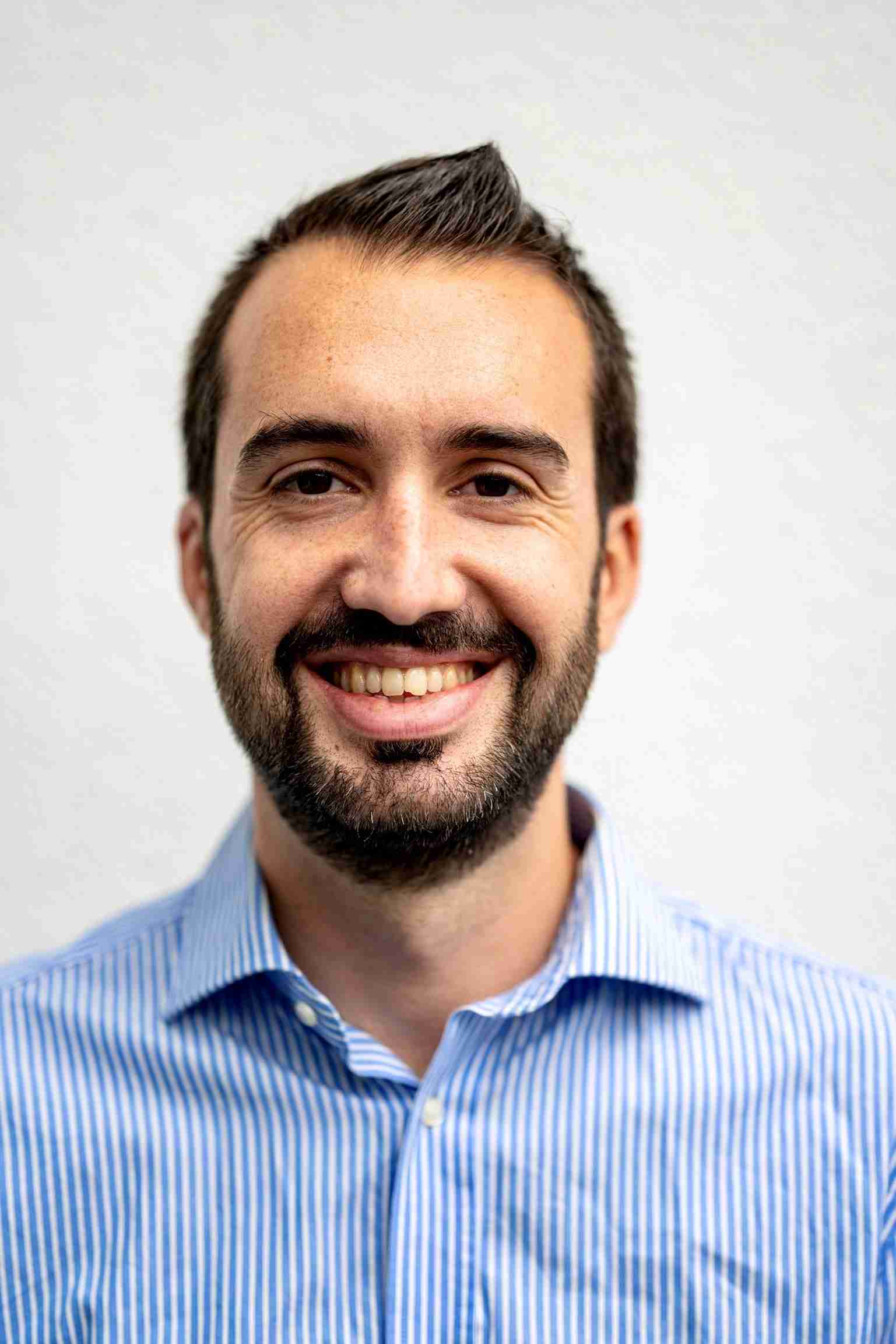
AUMOVIO microelectronic GmbH
In the realm of automotive Electronic Control Unit (ECU) development, Threat Analysis and Risk Assessment (TARA) is crucial for ensuring cybersecurity. This presentation introduces a groundbreaking approach to TARA, utilizing SysML 2.0 and Ansys Medini Analyze. By developing new SysML elements and type libraries from a database of assets and related cybersecurity properties, this method significantly enhances efficiency. The innovative framework demonstrates a remarkable reduction in time—between 80% and 90%—for creating attack trees, feasibility ratings, and threat modeling phases. This case study highlights the transformative potential of SysML 2.0 and Ansys Medini Analyze in optimizing TARA processes, paving the way for more secure and efficient automotive ECU development.
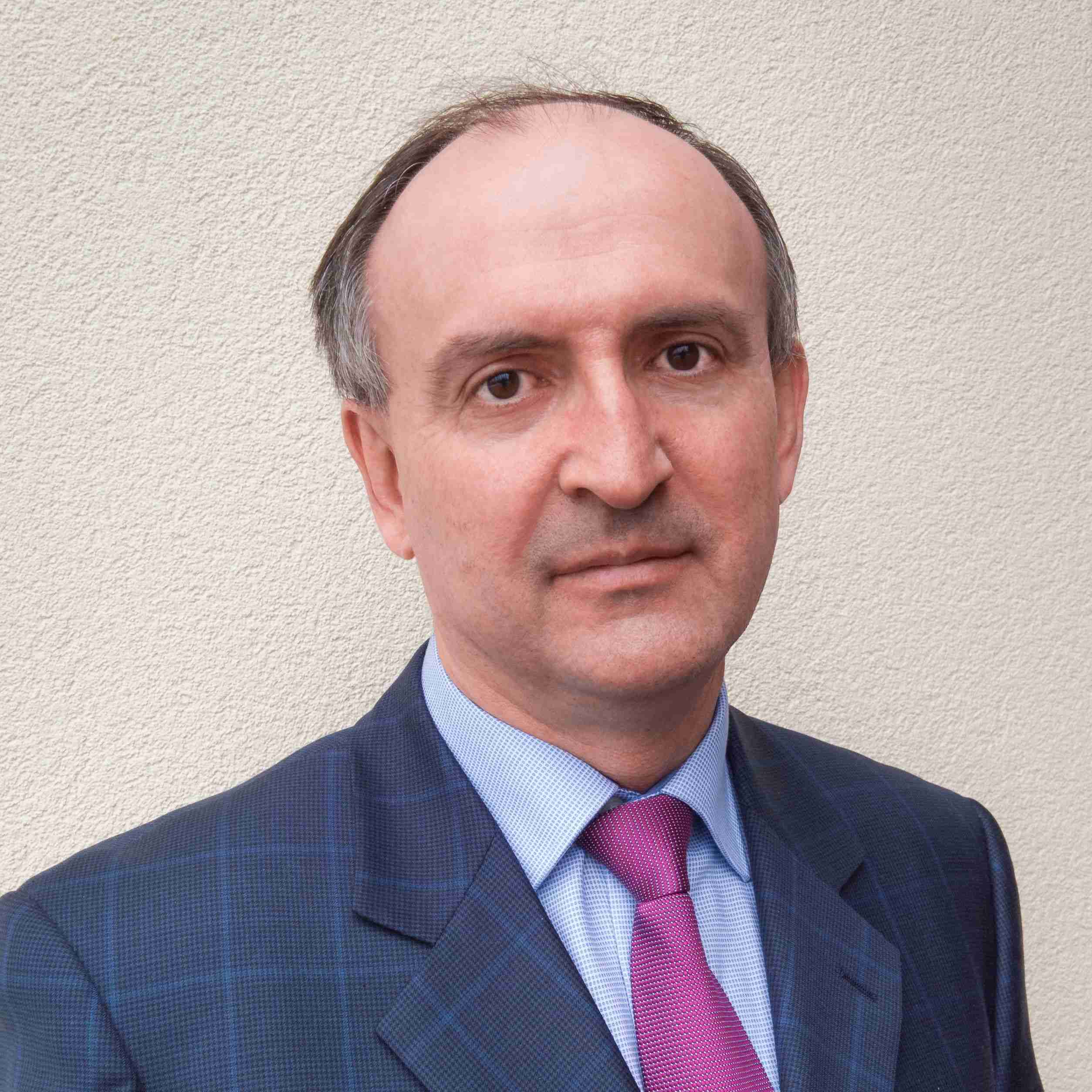
EDR&Medeso Oy
Based on the customer’s request, a new enhancement has been added to the LS-DYNA Electromagnetic solver, enabling efficient simulation of flexible conductors under alternating short-circuit currents. By integrating Biot–Savart-based Lorentz force calculations into the resistive heating solver and supporting beam finite elements, the method effectively models the dynamic behavior of conductors—ideal for short-circuit analysis of flexible busbars. The enhanced solver supports detailed simulation of key IEC/EN 60865-1 phenomena, including tensile, drop, pinch forces, and horizontal displacement. The paper outlines the implementation and ongoing validation through application-driven case studies.
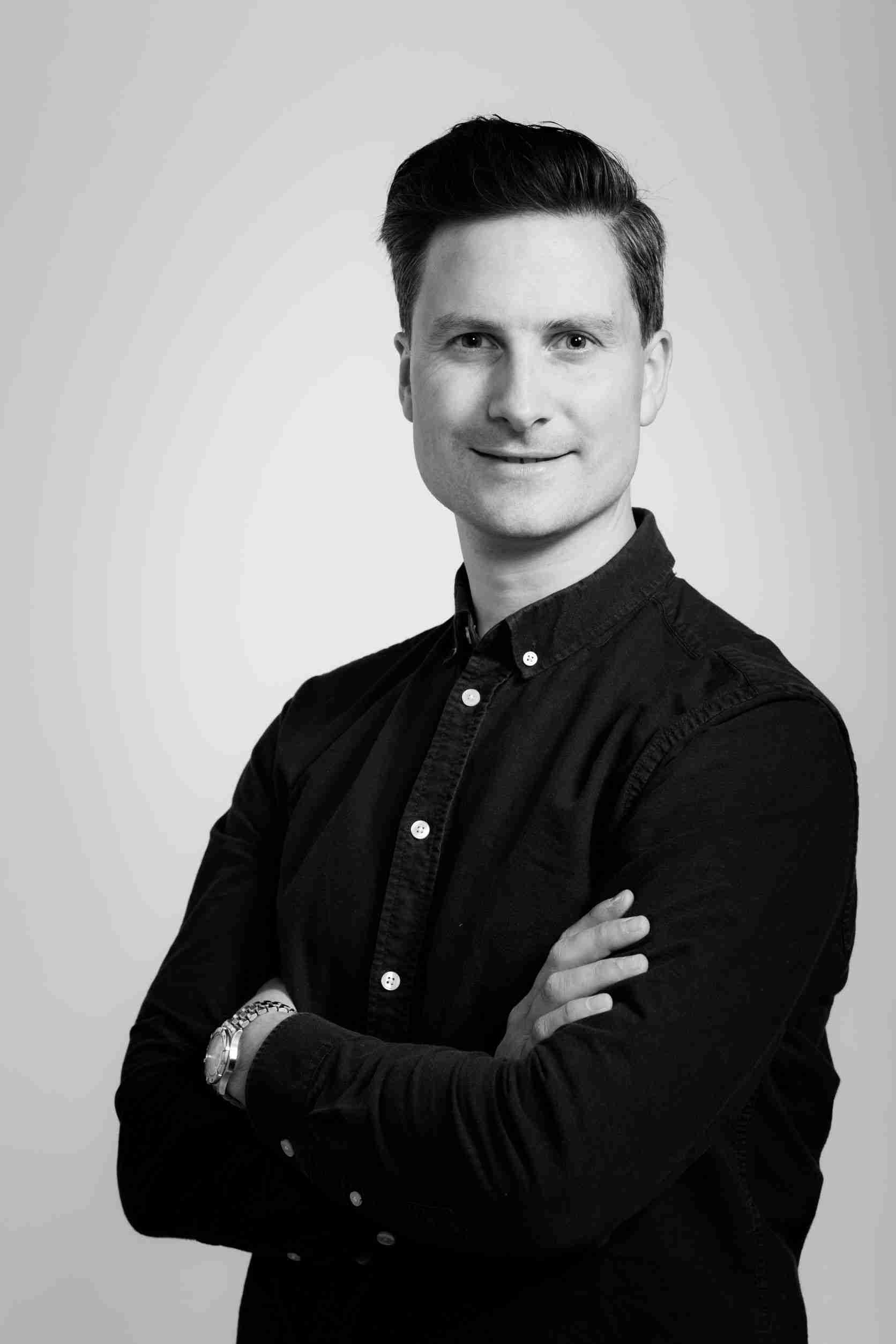
NTNU - Norwegian University of Science and Technology
Protection of engineering structures against blast loading has gained significant attention in recent years. Steel is often favored due to its high strength, ductility, and formability, offering effective load-carrying capacity at relatively low cost. Plated steel structures are widely used and are often perforated—either by design or due to fragment impacts prior to the arrival of the blast wave. These perforations can significantly influence structural performance, making it essential to understand their effect under blast loading. Accurately predicting the response of such components requires advanced simulation tools capable of capturing complex fluid–structure interaction (FSI) and shock physics. The CESE solver, now available in LS-DYNA, offers such capabilities, but its performance must be validated against experimental data to ensure reliability in practical applications. In this study, numerical simulations are conducted to investigate the response of perforated steel plates subjected to blast-like loading. The results are compared with experimental data from the literature to assess and validate recent advancements in FSI modeling using the CESE solver in LS-DYNA. This work contributes to the development of accurate, efficient, and cost-effective computational methods for the design and assessment of blast-resistant structures.
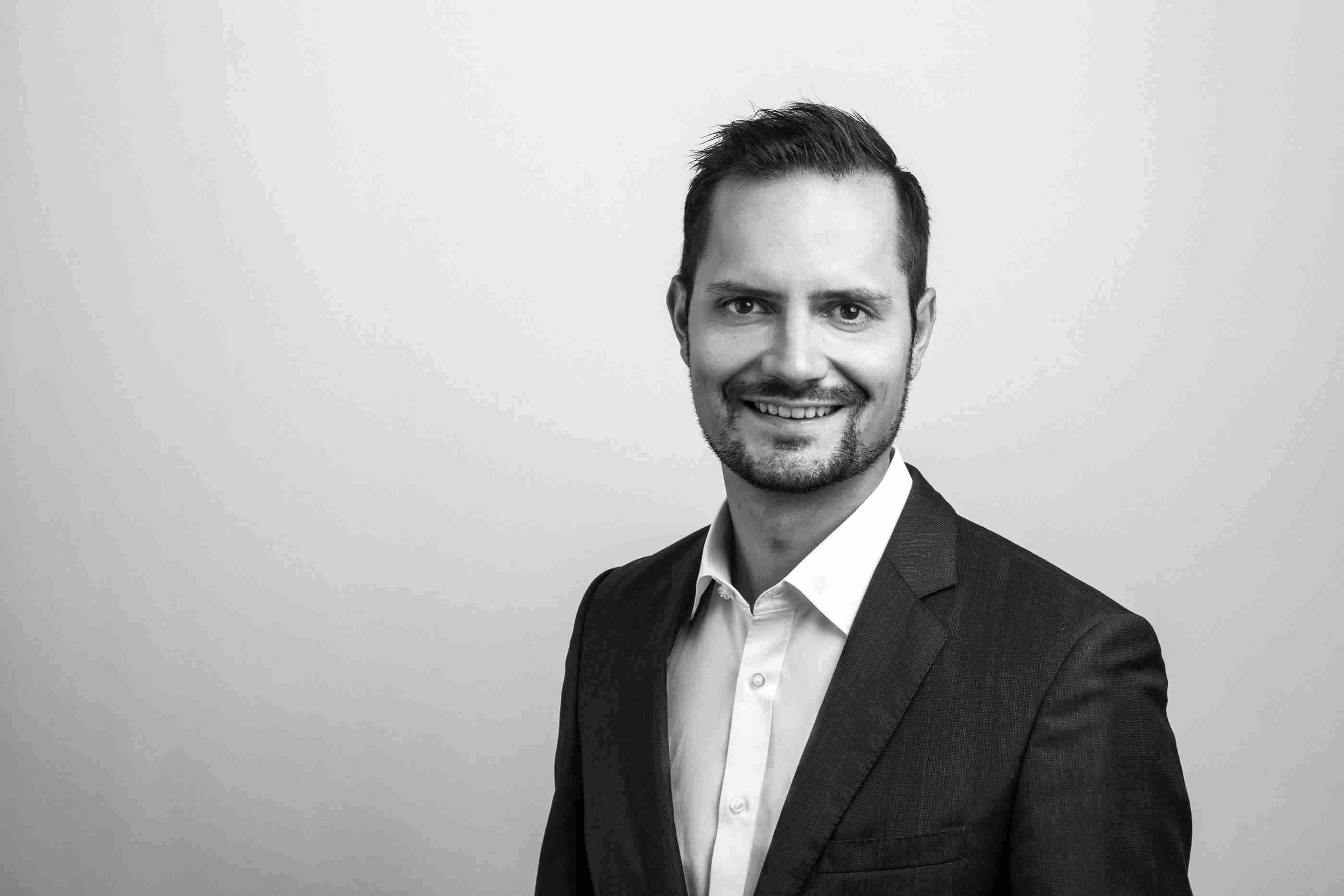
Rheinmetall
System Safety has its origins in U.S. Defence programmes. Within this session we go back to the roots and take a look at the basics and special considerations of safety analyses in defence. The first part is a presentation of a safety analysis according to defence standard MIL-STD-882E performed with the Hazard Analysis module of Ansys' medini analyze. The second part focuses on the verification of functional safety functions with Ansys' medini analyze. In particular, it deals with the prediction of the failure probability of individual hardware components and the evaluation of the failure probability of overall safety functions.
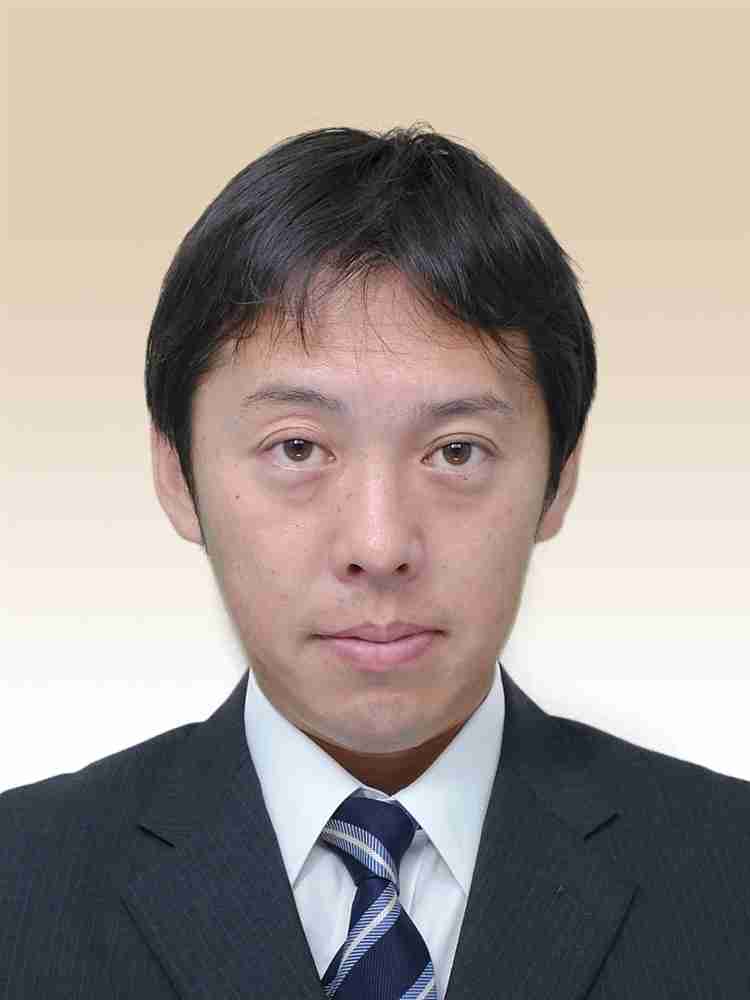
JSOL Corporation
Using the Ansys LS-DYNA CPG method, we have obtained results in which the gas front velocity and deployment behavior generally matched the test results using S-shaped airbags and simple curtain side airbags (CSABs) that have no vents or leaks. In this paper, we continue to verify the prediction of the airbag internal pressure, which is necessary for predictingthe injury of the occupant, using the simple CSAB. The results were qualitatively similar to those of the test, but there was a quantitative discrepancy, and the cause was discussed. In addition, the application of newly developed turbulent viscosity model showd partial improvement in pressure history. Furthermore, the simplified CSAB was deployed from a folded state, and the deployment behavior was compared with the test, showing good agreement.
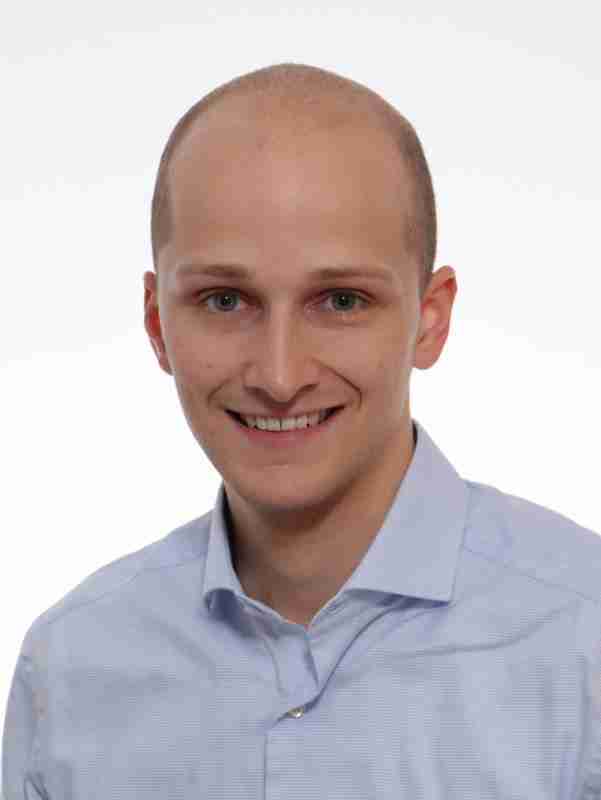
Dr. Ing. h.c. F. Porsche AG
The Generalized Incremental Stress-State dependent damage MOdel (GISSMO) is widely used in crash simulations to model the damage and failure of ductile materials. Since its inception, significant effort has been devoted to regularization schemes that minimize mesh dependence. However, regularization for arbitrary stress states remains a challenge. The work of Andrade et al. (2022) introduced a proportional loading strategy for element patches, i.e. loading with constant triaxiality. Building on this strategy, the present study proposes a new iterative scheme that ensures equal energy to failure for all mesh sizes in arbitrary stress states. The implications of the resulting regularization are investigated in virtual component tests. Sources: Andrade, F. DuBois, P., Feucht, M., Graf, T., Conde, S:, Haufe, A., 2022. Instability and Mesh Dependence Part II – Numerical Simulation. In.: 16th LS-Dyna Forum, Bamberg.
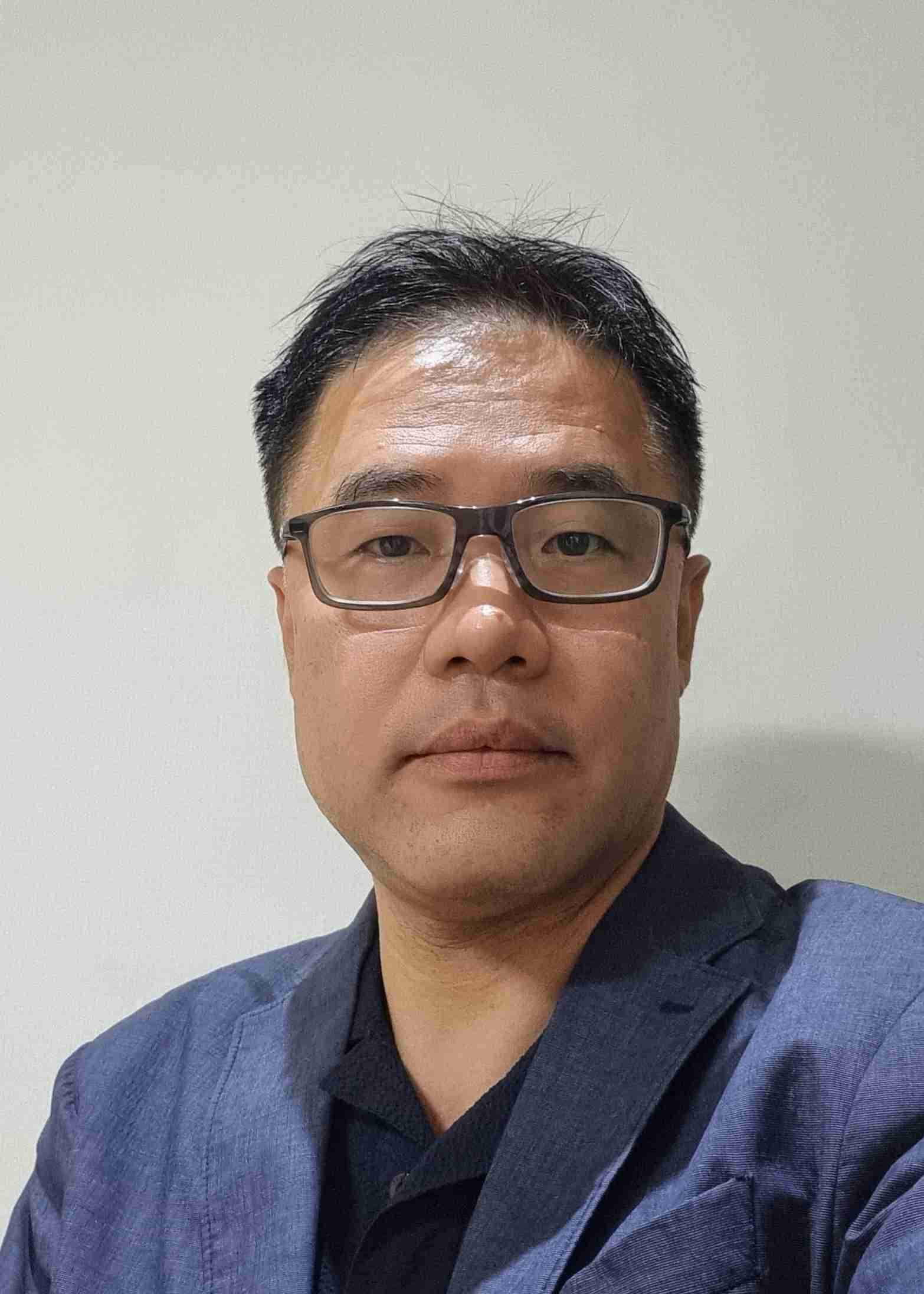
POSCO
Recently, the trend of vehicle weight reduction is accelerating due to fuel efficiency and environmental issues, and in particular, in the material field, attempts are being made to apply high-strength steel of complex structure steel to vehicle weight reduction and parts weight reduction. In this study, a lightweight road wheel for commercial vehicles used in trailers, trucks, and buses was developed. In order to reduce the weight, shape optimization was first performed based on the shape of the existing mild steel wheel, and durability performance was compared and reviewed with the existing low-strength mild steel wheel to verify performance due to concerns about thickness reduction and rigidity reduction due to the application of high-strength steel. In particular, cooling performance and durability performance were improved by applying the drawing method to the vent hole. The newly developed wheel achieved a 15% weight reduction and showed the similar performance in rigidity and durability as the existing verified mild steel wheel.
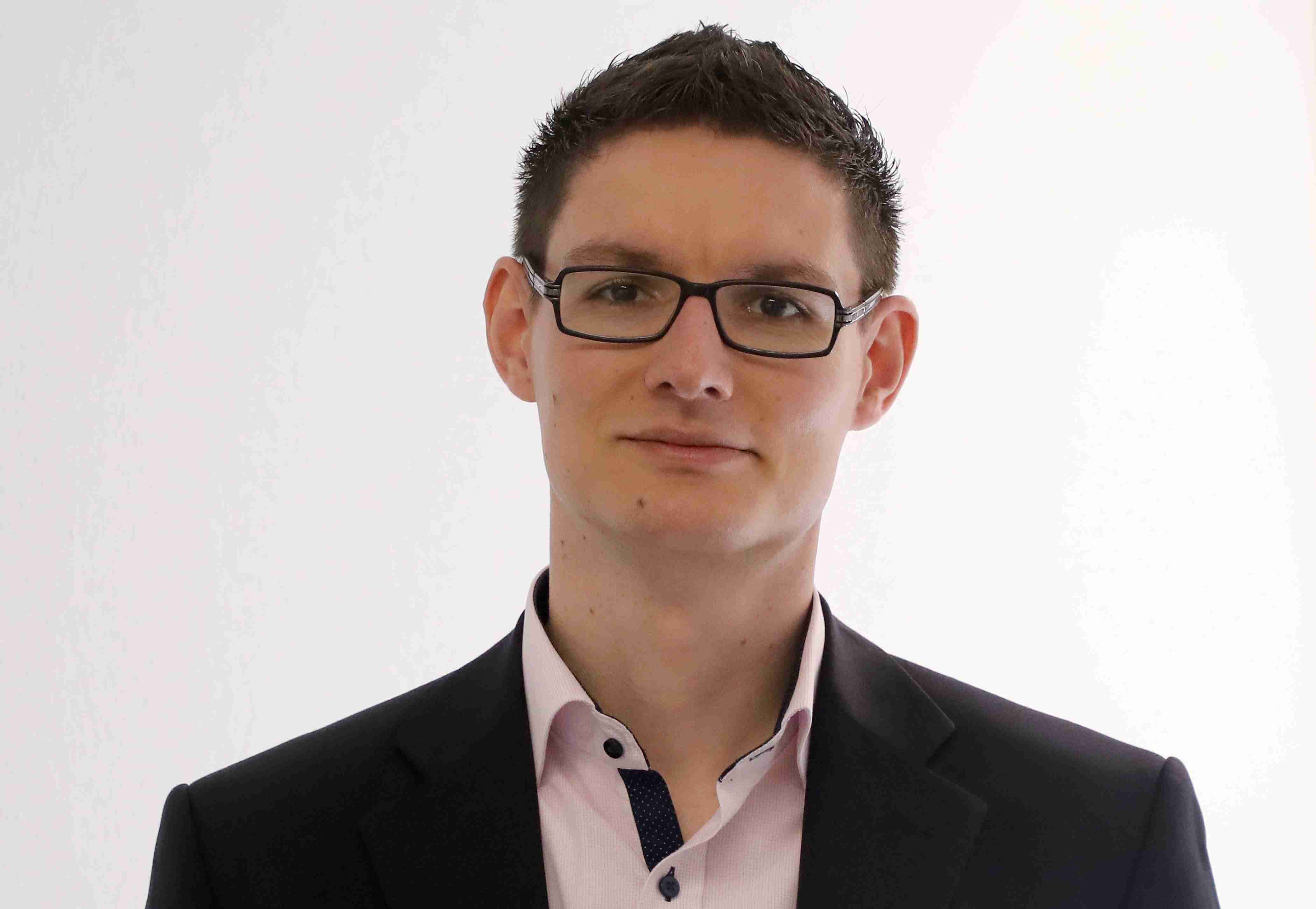
Rheinmetall
System Safety has its origins in U.S. defence programmes. Within this session we go back to the roots and take a look at the basics and special considerations of safety analyses in defence. The first part is a presentation of a safety analysis according to defence standard MIL-STD-882E performed with the Hazard Analysis module of Ansys' medini analyze. The second part focuses on the verification of functional safety functions with Ansys' medini analyze. In particular, it deals with the prediction of the failure probability of individual hardware components and the evaluation of the failure probability of overall safety functions.
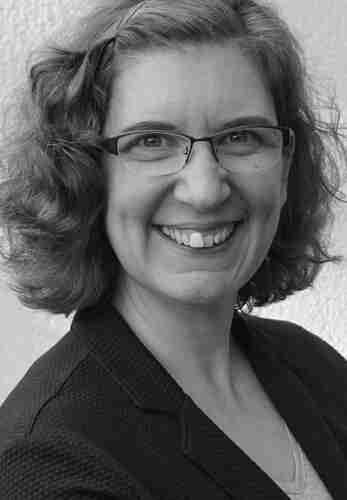
Fraunhofer SCAI
The fast progression of artificial intelligence (AI) and machine learning (ML) offers significant opportunities for computer-aided engineering (CAE). This work examines how AI can transform CAE with novel data representation and exploration techniques. We focus on advanced AI-driven methods for visualizing and exploring model evolution and linking it to resulting effects, enabling deeper insights from simulation data. The latest extensions of our patented shape feature approach are introduced, which inside SimExplore allow advanced investigation of similarities or differences in deformations and mesh functions over many simulations. Furthermore, the growing ecosystem of our and other ML libraries, as well as business intelligence tools and services, play a key role in method development and deployment. However, challenges in accessibility and interoperability arise due to proprietary interfaces and data formats. Here, a Simulation Data Management (SDM) system becomes crucial. It maintains a comprehensive record of all simulations, standardizing data and enabling advanced data analysis. Yet, integrating complex analytical workflows remains challenging. SCALE.sdm Result and its Add-on concept allow the seamless integration of third-party solutions into an SDM system, unlocking deeper insights. This presentation will showcase the integration of SimExplore into SCALE.sdm Result, highlighting the benefit of seamlessly using informed ML data analysis methods.
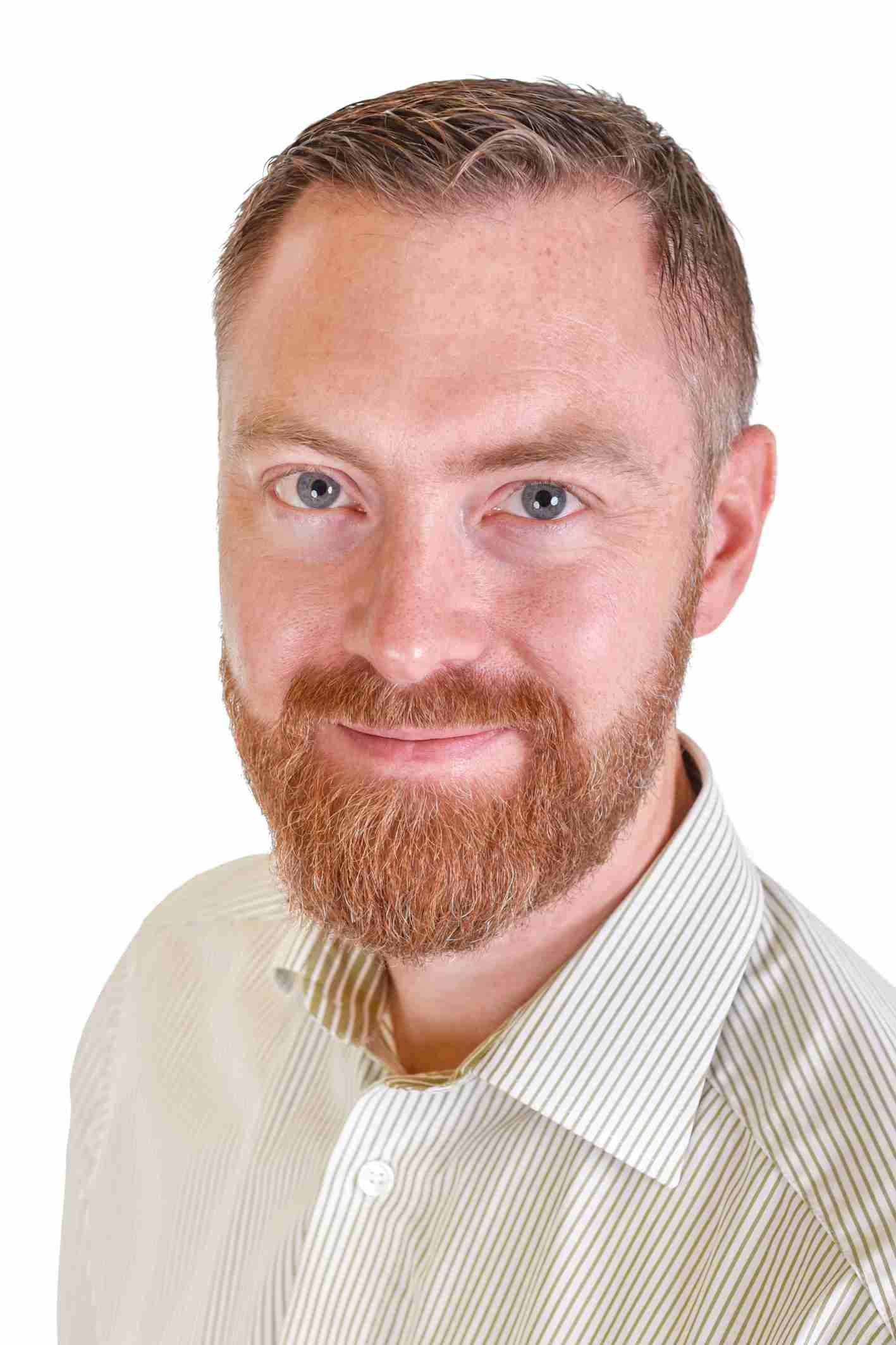
LG Chem Europe GmbH
FS
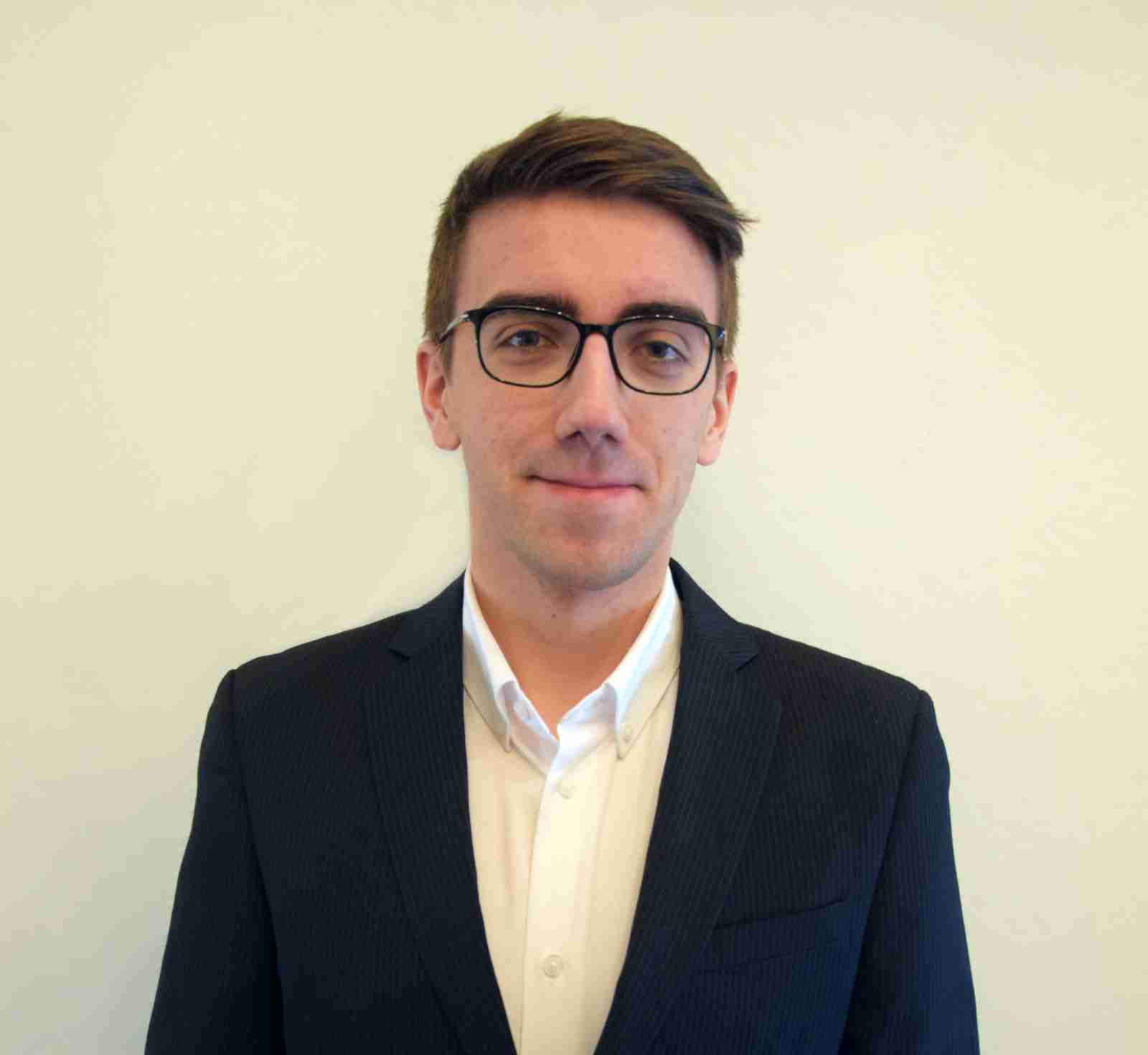
Mercedes-Benz Group AG
In this contribution the isogeometric analysis (IGA) shells and solids technologies are applied for numerical simulations of experimental tests on a crash box and two aluminum profiles and compared to classical FE discretizations in terms of experimental results approximation and computational effort. The focus is on three loading scenarios: compression, bending, and axial load. For IGA solids, in addition to simulation results, such as simulation time, absorbed energy and added mass, the influence of the interpolation mesh structure on contact modeling and result quality is also examined. For IGA shells, the emphasis is on advantages of a better representation of the geometry of the crash and of the extruded profiles, as well as the assessment of contact behavior under axial loading. The study offers a detailed evaluation of the benefits of IGA for crash-relevant component simulations, grounded in experimental data.
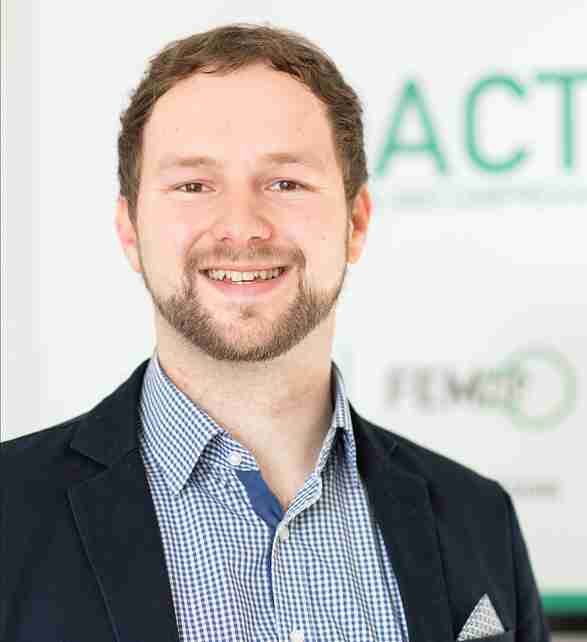
SIDACT GmbH
To meet design and crash requirements in vehicle development, engineers must adapt and refine simulation models. Each model change is validated through new simulations, aiming for improved crash performance while avoiding unintended effects. Identifying and documenting all impacts - whether known or unknown - is critical. Comparing simulation outcomes manually is time-consuming, but machine learning can automate this by using a continually expanding database that captures crash behaviors from previous simulations. This database acts as a reference, flagging known but undesirable behaviors in new results. Efficient data compression reduces database size dramatically - for instance, from over 7 TB of raw data to just 14 GB - enhancing manageability. When engineers need to check if a specific deformation behavior has occurred across simulations, they can use geometric search. Through Model Order Reduction (MOR), deformation patterns are projected into a low-dimensional space, enabling fast similarity comparisons across all simulations and time steps. This allows engineers to quickly identify when and where similar behaviors occurred, such as early buckling or final deformations. Even with hundreds of crash simulations, searches take only seconds, supporting real-time, interactive analysis.
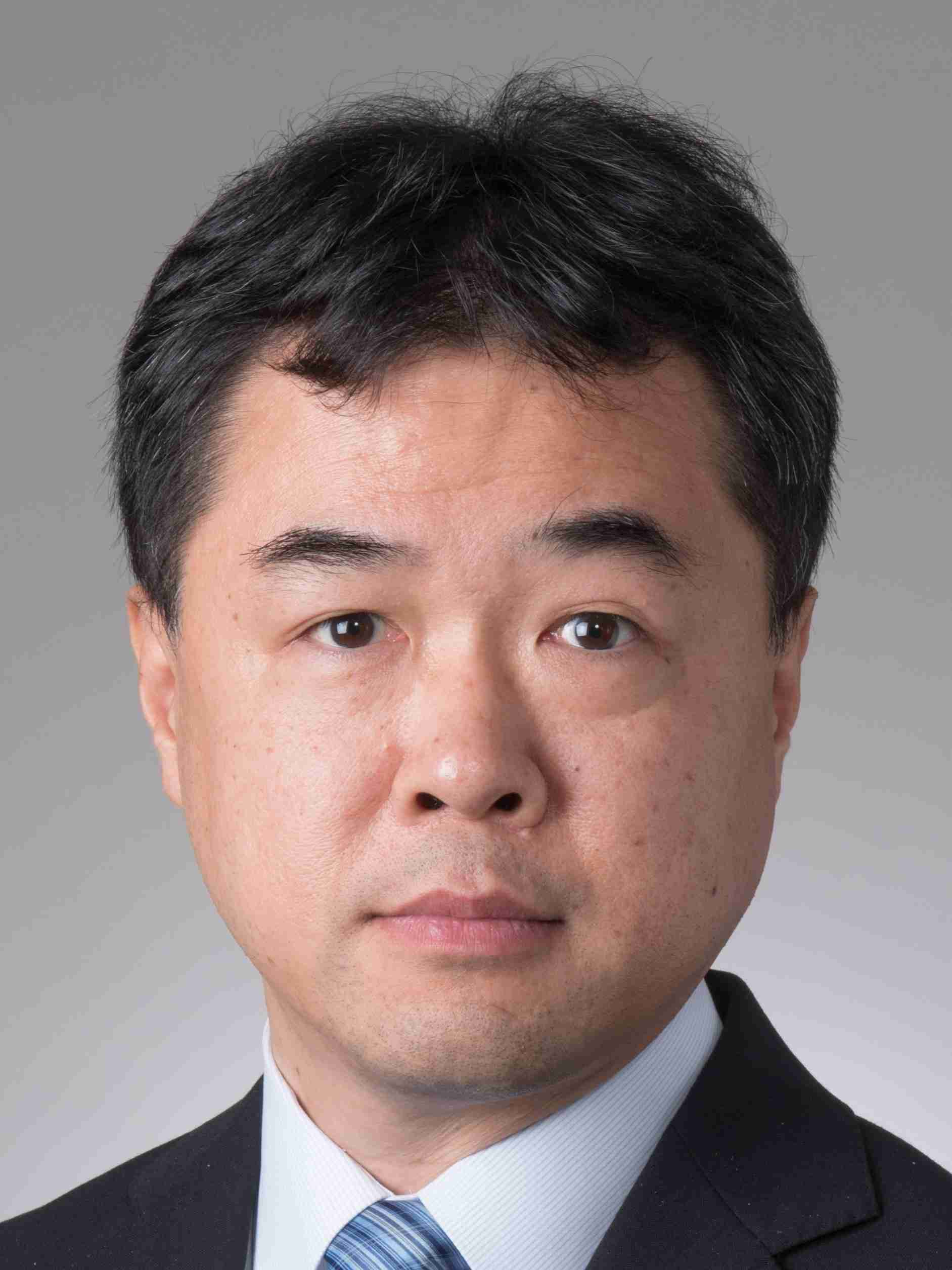
JSOL Corporation
JFOLD is a software tool for simulation-based airbag folding in Ansys LS-DYNA. *AIRBAG_CPG is a new gas dynamics solver that shows great promise for deployment prediction through accurate simulation of gas flow within complex airbag structures. Curtain airbags are an important part of a vehicle’s safety system. Carefully folded to fit within the trim and roof side rail, they must deploy very quickly into the narrow gap between occupants and doors, once a side collision is detected. In this presentation we show how different folding patterns of one curtain airbag can be easily designed and optimized using the latest JFOLD features. The deployment performance of each fold pattern is then assessed using *AIRBAG_CPG, after validation of a baseline to physical tests.
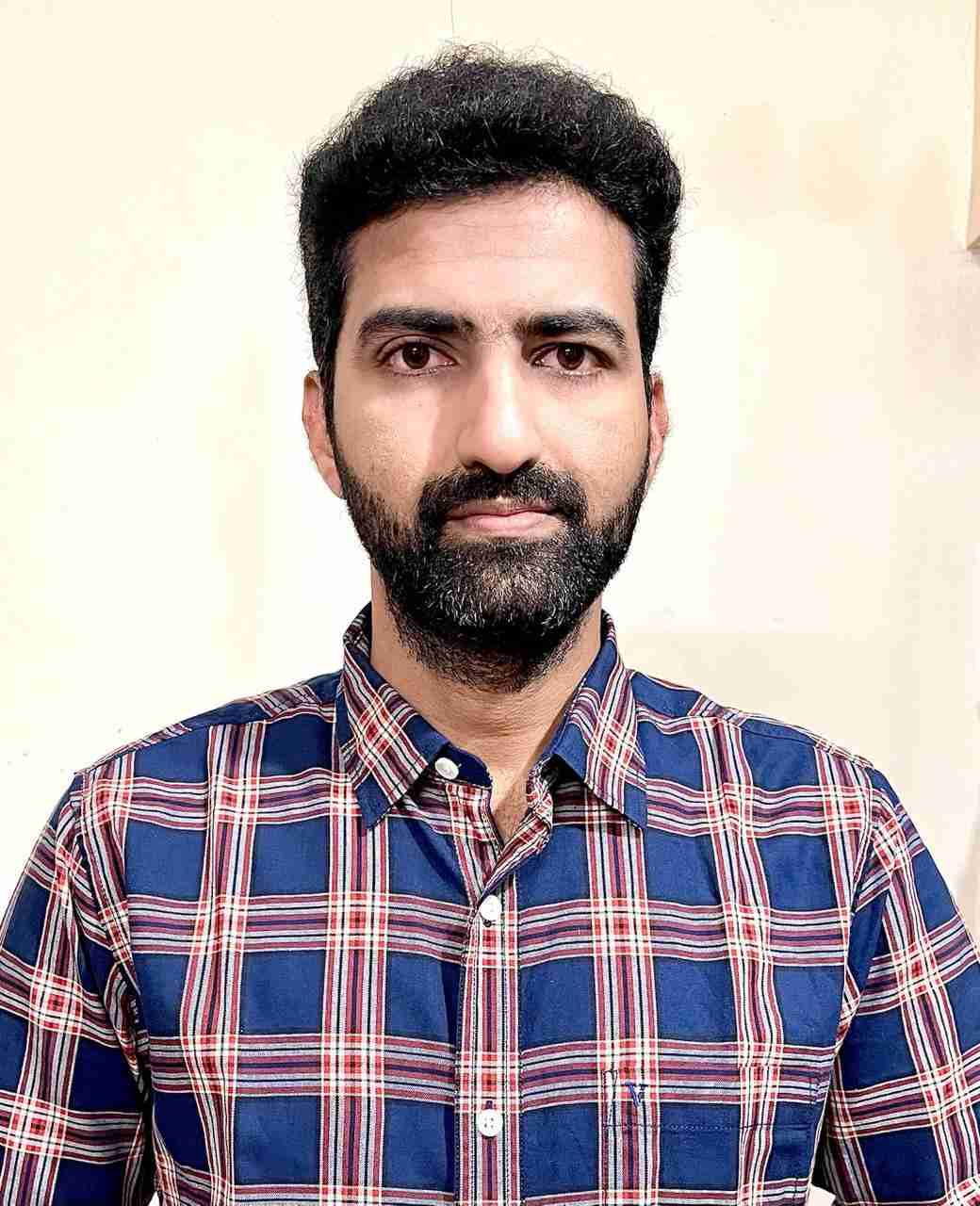
Automotive Cells Company
EVs are necessary for the transition to sustainable mobility but require meeting stringent safety regulations. Critical aspects include evaluating battery safety risks to occupants during various crash conditions. This includes, but is not limited to, cell damage, short circuits or electrolyte leakage, which demands high fidelity mechanical modelling of cells and modules. This paper presents a methodology to represent cell swelling and assembly pre-loading in battery module simulations. Deceleration and crush simulations are performed to validate the proposed method by comparing with test data. The results highlight the need to include pre-loading in assessments to accurately represent the module stiffness, validated by improvements in relevant KPIs.

BMW AG
For ATDs the H-point locations are clearly defined within protocols, they can be measured in hardware and have a uniform/clearly defined position in their geometric design. Human Body Models however do not have H-Points, instead using the center of the acetabulum has been established as the best practice analogue to the ATD technology. However, measuring the acetabulum centers is difficult to do in volunteers in situ by using non-intrusive methods. Historically there have been no defined protocols how HBMs should be positioned in a seat, which can be seen as reasonable as how real occupants sit in a given seat can also vary. To investigate the effects of the seating procedure, a study is performed in which different HBMs and ATDs were positioned in a production seating environment using different methods to assess their H-Point locations. Contacts forces and other metrics were evaluated and compared between HBMs and ATDs to analyze possible sources of different behavior. For the ATDs the real physical measurements were available and used as a reference to establish a baseline truth position. Using only gravity settling, the H-point of the ATD remained higher than what was measured in hardware. This implies that the seat models are too stiff for positioning. The seating models used in this study have been validated for their behavior in crash, and so it is conceivable that quasistatic ergonomic stiffness may not have been considered. To seat the HBM to a qualitatively realistic position, the forces from the ATD gravity settling were compared to the forces used to achieve the measured position. This force-delta was then applied to the HBMs to achieve a more realistic seating position. For both the gravity settled position, as well as the realistic positioned occupant models, impact simulations were performed to see what the difference in initial H-point position had on the head kinematics as well as the seat belt forces.
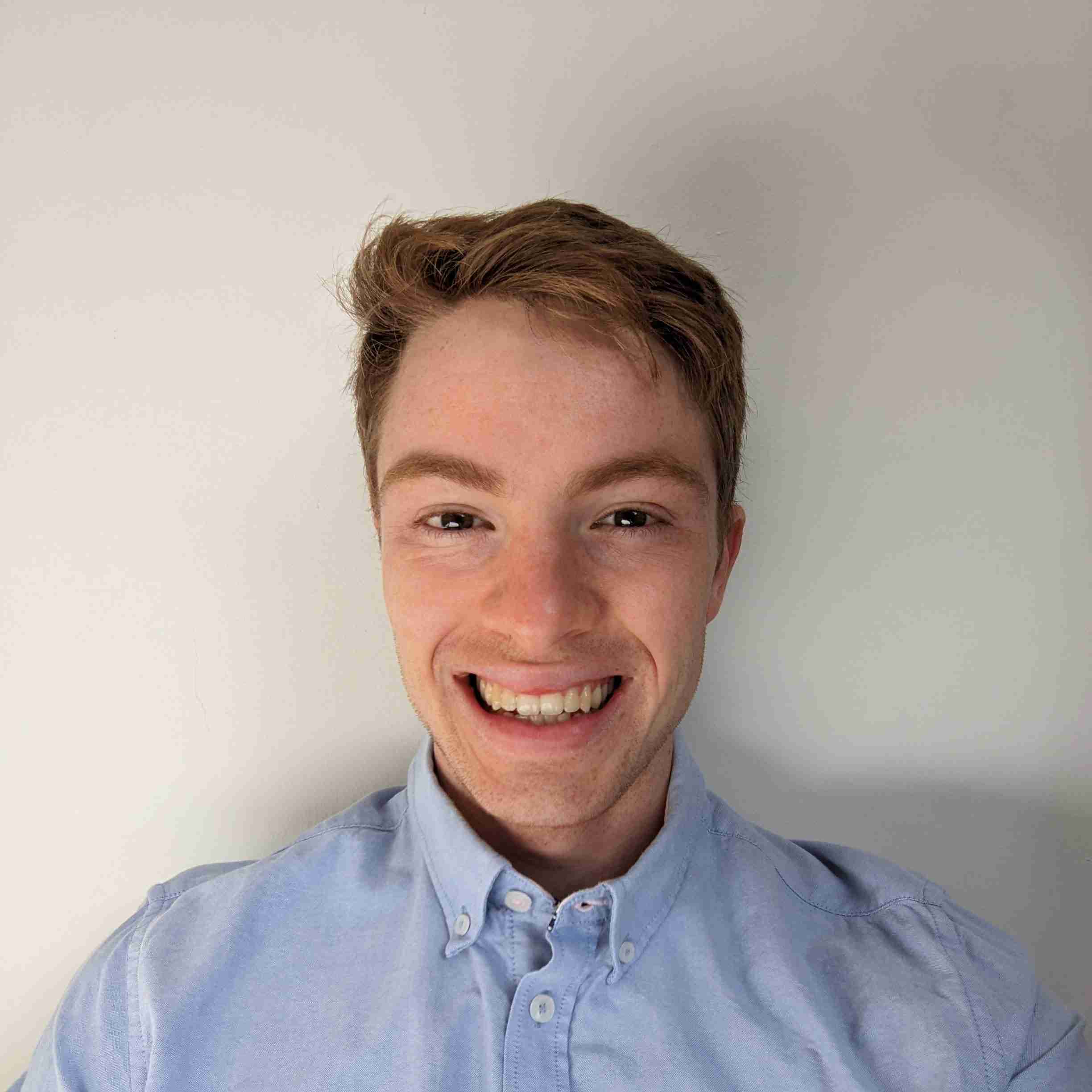
Oasy Ltd.
The introduction of virtual testing protocols presents OEMs with new data submission and reporting requirements. But once the problem of data submission is overcome, the real challenge begins: how to achieve a five-star safety rating? Achieving good correlation between simulation and test is crucial – without good correlation in the validation loadcases, the virtual loadcases count for nothing and the overall score is low. The Oasys LS-DYNA Environment is a key part of many Ansys LS-DYNA workflows, used to ensure quality models and results. This paper explores how CAE teams are using tools to rapidly pinpoint problem areas in their simulations and identify the sources of poor correlation – enabling them to correct models, improve the robustness of designs, and maximise their safety rating.
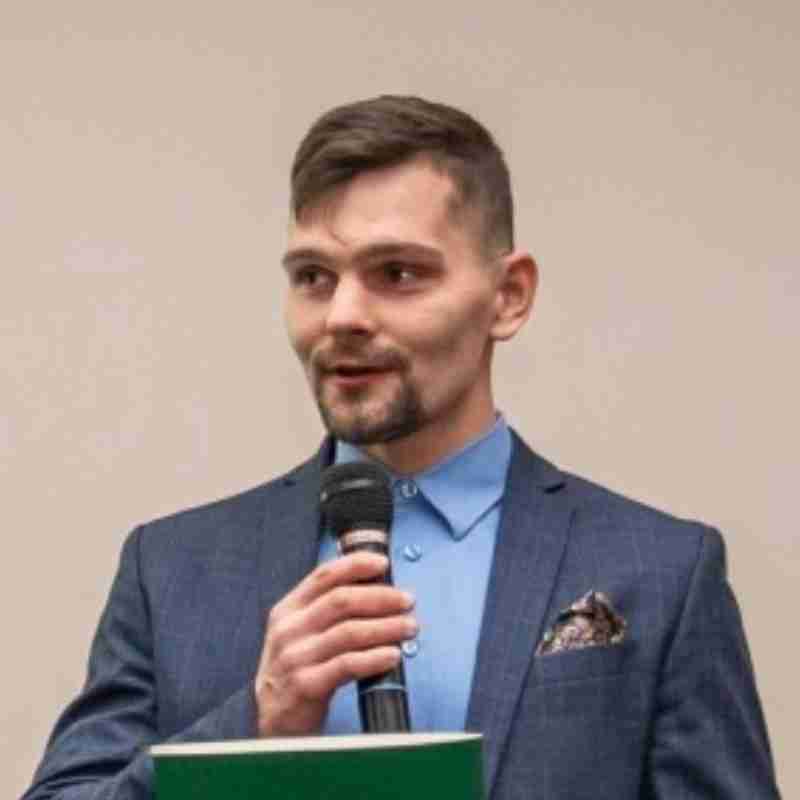
Military University of Technology
This work presents a high-fidelity numerical modeling framework for simulating brittle geomaterials subjected to explosive loading, developed within the LS-DYNA environment. The approach centers on the application of the Johnson–Holmquist II (JH-2) constitutive model for rock-like materials such as sandstone, with model parameters calibrated through a combined program of quasi-static and dynamic mechanical testing, including Split Hopkinson Pressure Bar (SHPB) experiments. Simulation scenarios capture key physical phenomena such as detonation wave propagation, primary and secondary fragmentation, and reflected wave effects. Special attention is given to optimizing underground blasting processes using multiple strategies — including tile-based (layered) models, symmetry-based domain reductions, and simplified boundary conditions — to enhance computational efficiency and predictive capability while retaining physical realism. Comparative studies of penalty-based contact formulations, modeling methods (rock/high explosives) are performed to assess stability and numerical robustness under extreme dynamic loading and fracture. Model validation is conducted against experimental blast data, including pressure-time histories, particle velocity fields, and fracture zone evolution. The developed methodology enables systematic and cost-effective optimization of underground blasting strategies, with applications in mining, tunneling, civil protection, and defense engineering.
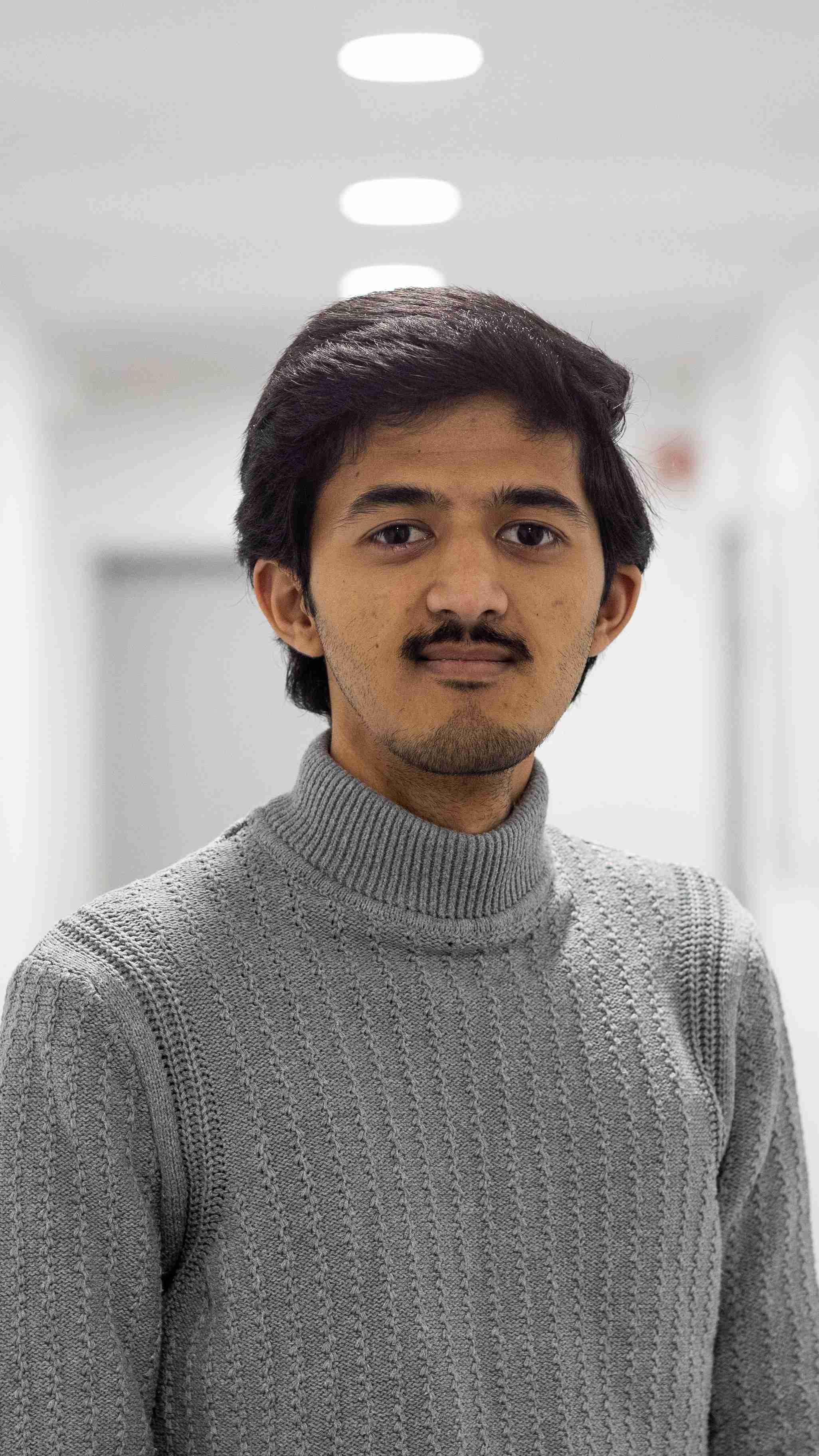
Fraunhofer-Institut für Kurzzeitdynamik, Ernst-Mach-Institut - EMI
*Co-Presenter, Please check Georg Heilig's entry*
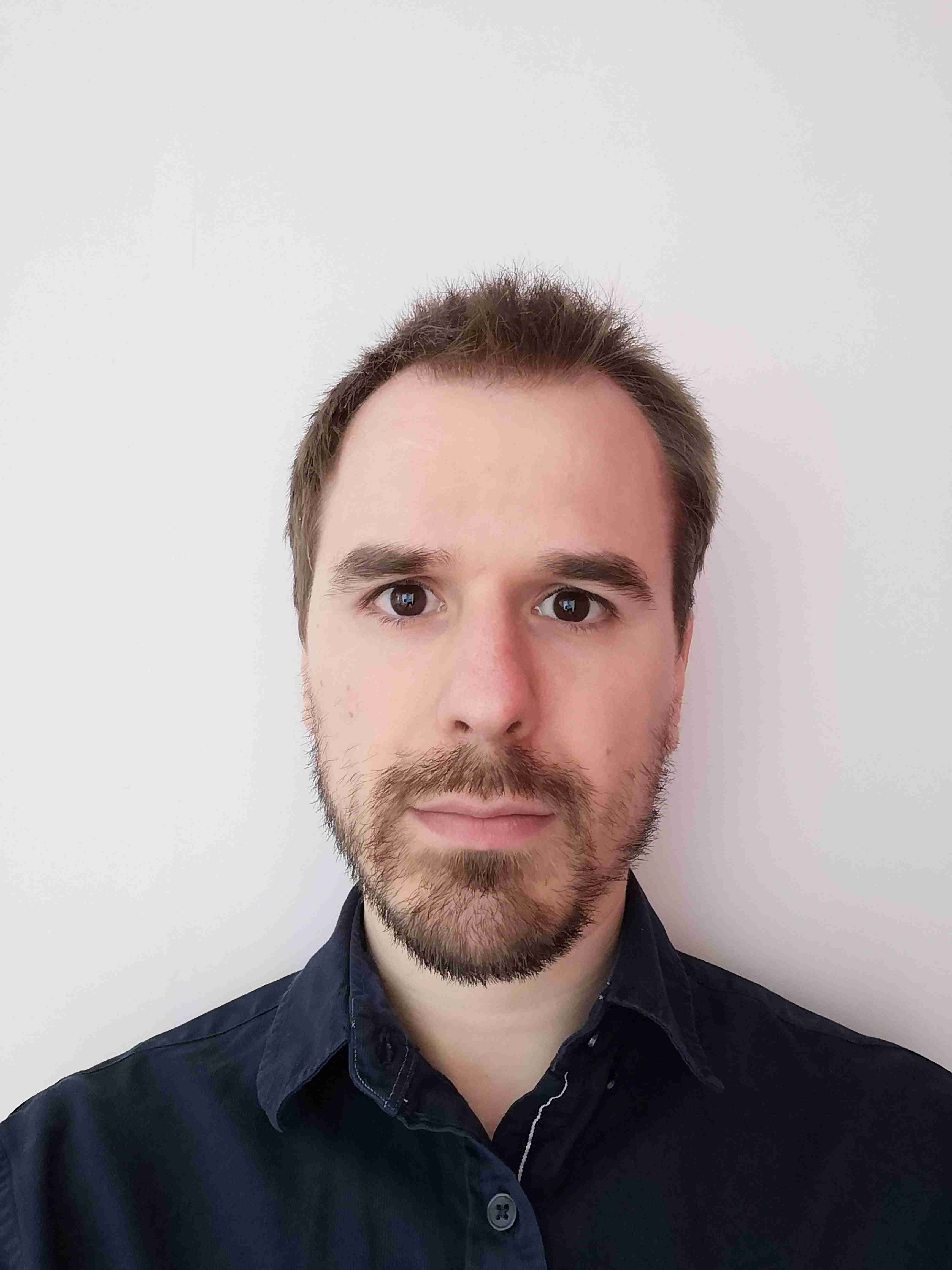
Automotive Cells Company
EVs are necessary for the transition to sustainable mobility but require meeting stringent safety regulations. Critical aspects include evaluating battery safety risks to occupants during various crash conditions. This includes, but is not limited to, cell damage, short circuits or electrolyte leakage, which demands high fidelity mechanical modelling of cells and modules. This paper presents a methodology to represent cell swelling and assembly pre-loading in battery module simulations. Deceleration and crush simulations are performed to validate the proposed method by comparing with test data. The results highlight the need to include pre-loading in assessments to accurately represent the module stiffness, validated by improvements in relevant KPIs.
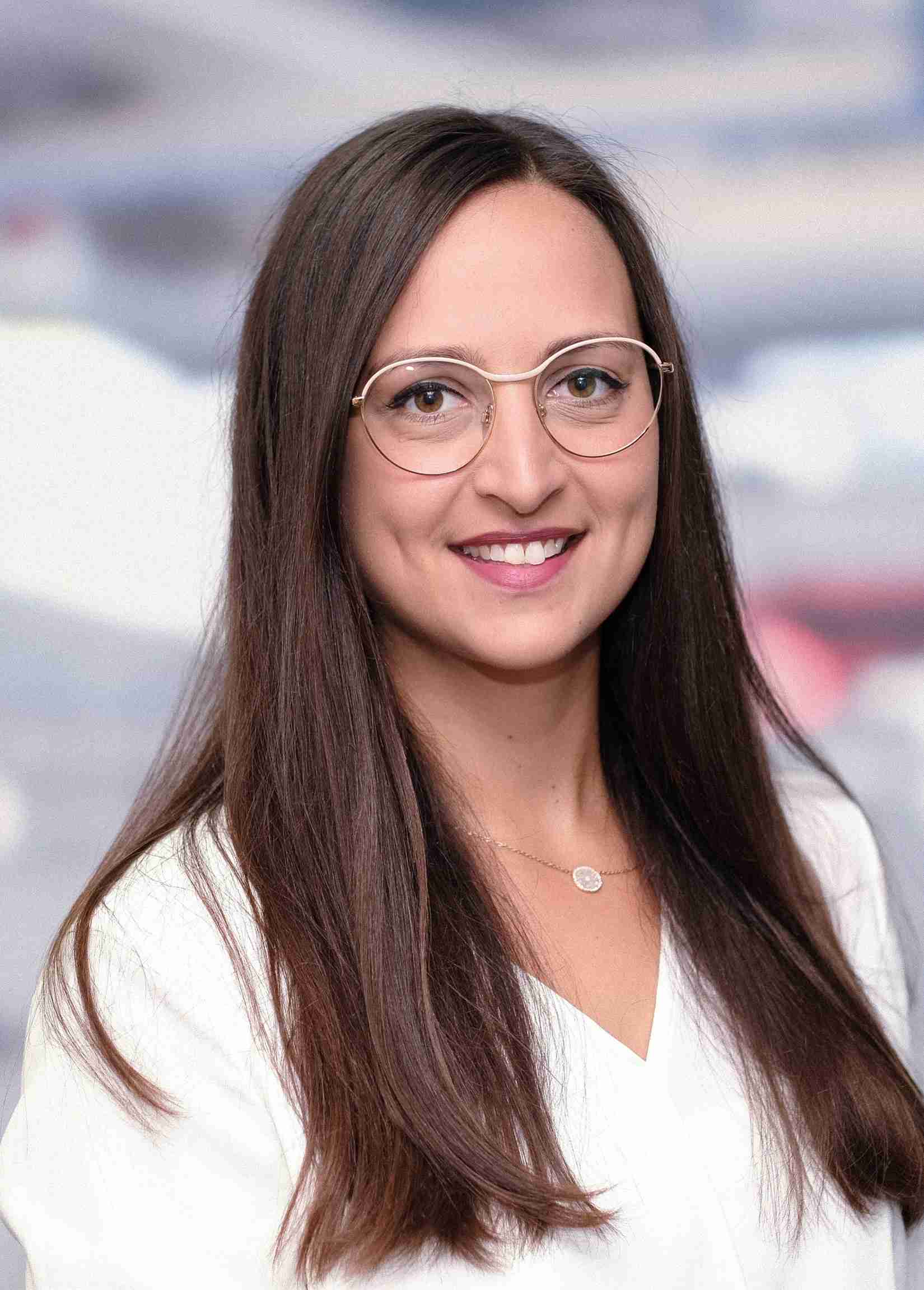
fka GmbH
The growing complexity of vehicle systems requires innovative and systematic development approaches. To meet increasing safety requirements and regulatory standards, functional safety must be integrated early and consistently into system development. The primary focus lies on the early development stages within the concept phase, where key decisions are made. Using Model-Based Systems Engineering (MBSE), safety analyses can be seamlessly integrated into system models. This ensures that safety requirements are considered from the beginning, allowing for continuous, iterative refinement. MBSE provides a digital, traceable foundation where system development and functional safety are closely aligned, ensuring compliance with ISO 26262, reducing inconsistencies, and increasing efficiency.
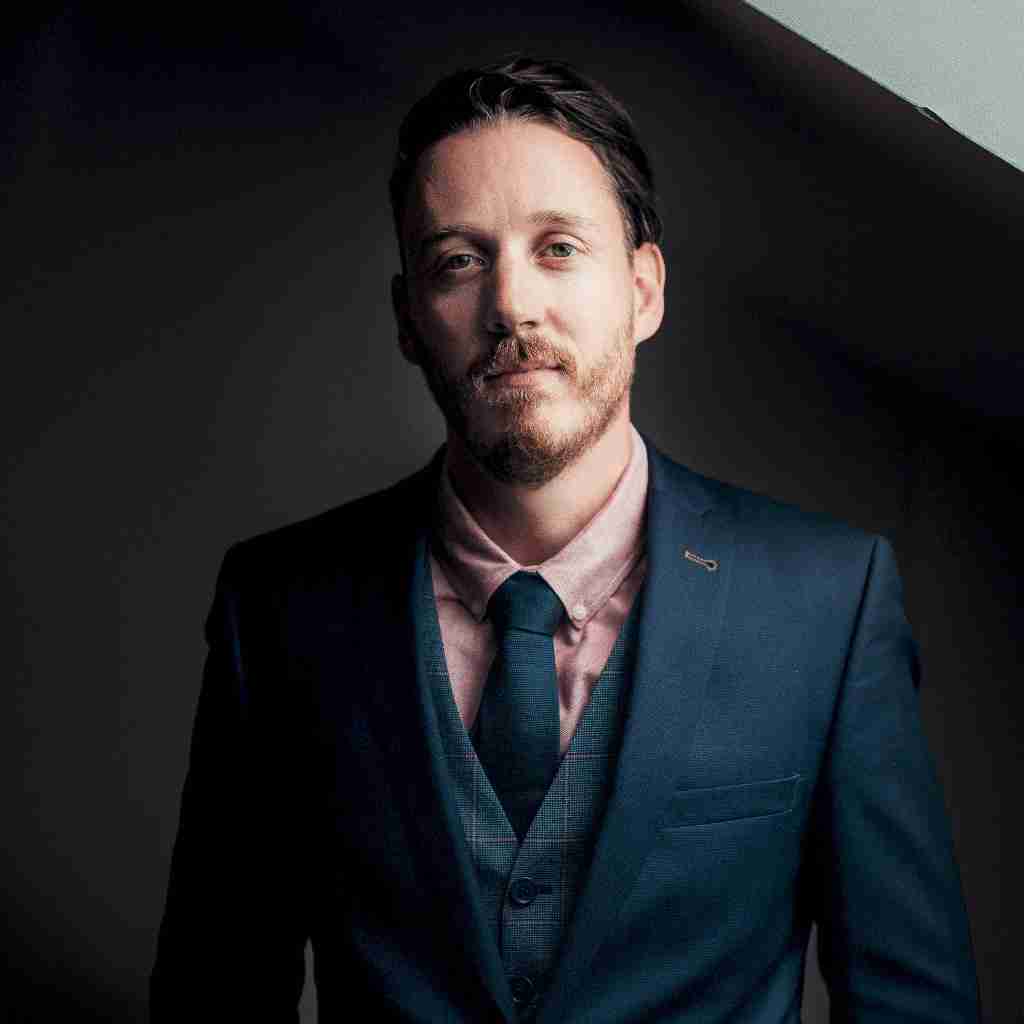
SIDACT GmbH
The rapid growth of AI applications has significantly increased the volume of simulation runs, especially for training AI models. While modern Simulation Data Management systems and IT infrastructure can store and access vast datasets, users typically only conduct basic model-to-model comparisons between successive versions. To address this limitation, a new database leveraging Principal Component Analysis (PCA)—a dimensionality reduction technique from unsupervised learning—was introduced at the previous NAFEMS World Conference. Continuously updated with new simulations, it enables automatic detection of novel behaviors by comparing recent runs with all prior ones. Key challenges such as mapping across different models, ensuring database performance, and capturing local effects were addressed. Responding to engineers' needs, the system was further enhanced to handle time history curves, enabling storage, compression, and anomaly detection within curve data. When deeper insights are needed, structural deformation patterns can be correlated with curve anomalies, allowing identification of both curve-to-curve and part-to-curve relationships. This empowers engineers to make design adjustments that improve system behavior. Additionally, the tool now supports similarity searches in time history data to identify simulations with comparable dynamic responses.
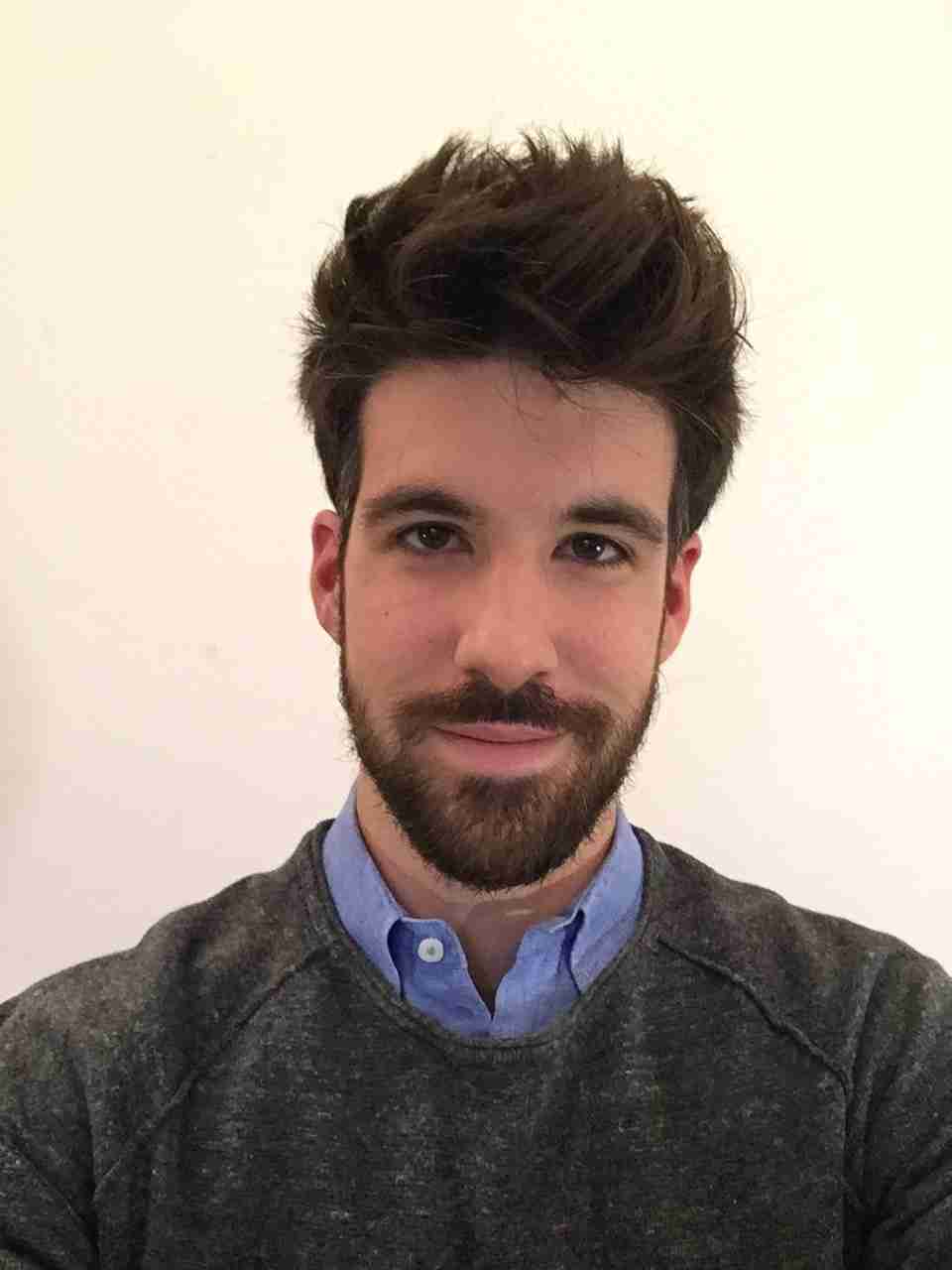
Parametric Design
Ensuring controlled abrasive powder delivery is fundamental for efficient dental prophylaxis. The design of powder reservoir significantly impacts performance, yet experimental assessment of design-related issues is challenging. To address this, an LS-DYNA simulation combining Discrete Element Method (DEM) and Computational Fluid Dynamics (CFD) was developed to replicate particle-air interactions. DEM parameters were tuned to match experimental powder behavior, while CFD calculates airflow dynamics. The simulation results were experimentally validated, confirming the DEM-CFD model's accuracy in predicting powder consumption within the reservoir. This simulation tool is therefore highly valuable for optimizing reservoir designs, leading to improved patient care and procedural efficiency.
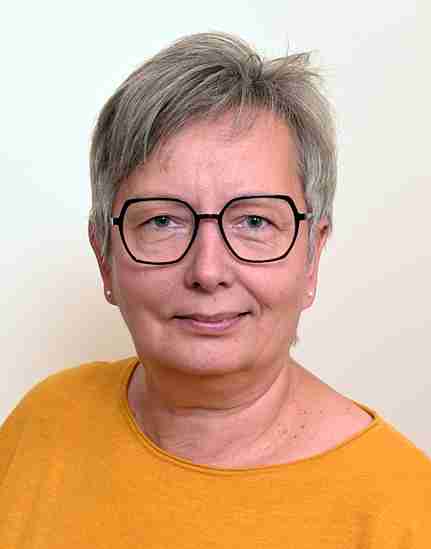
Stellantis
I studied Mechanical Engineering at TU Dresden and TU Kaiserslautern. Since 1995, I have been professionally active in the field of numerical simulation in automotive engineering. At the beginning of my career, my focus was on forming simulation. Since 2007, with my transition to Adam Opel GmbH, now part of Stellantis, I have been mainly working in the field of passive safety. For the past 7 years, I have been working in our global methods team, with the focus of my work being on material characterization and the modeling of various joining techniques.
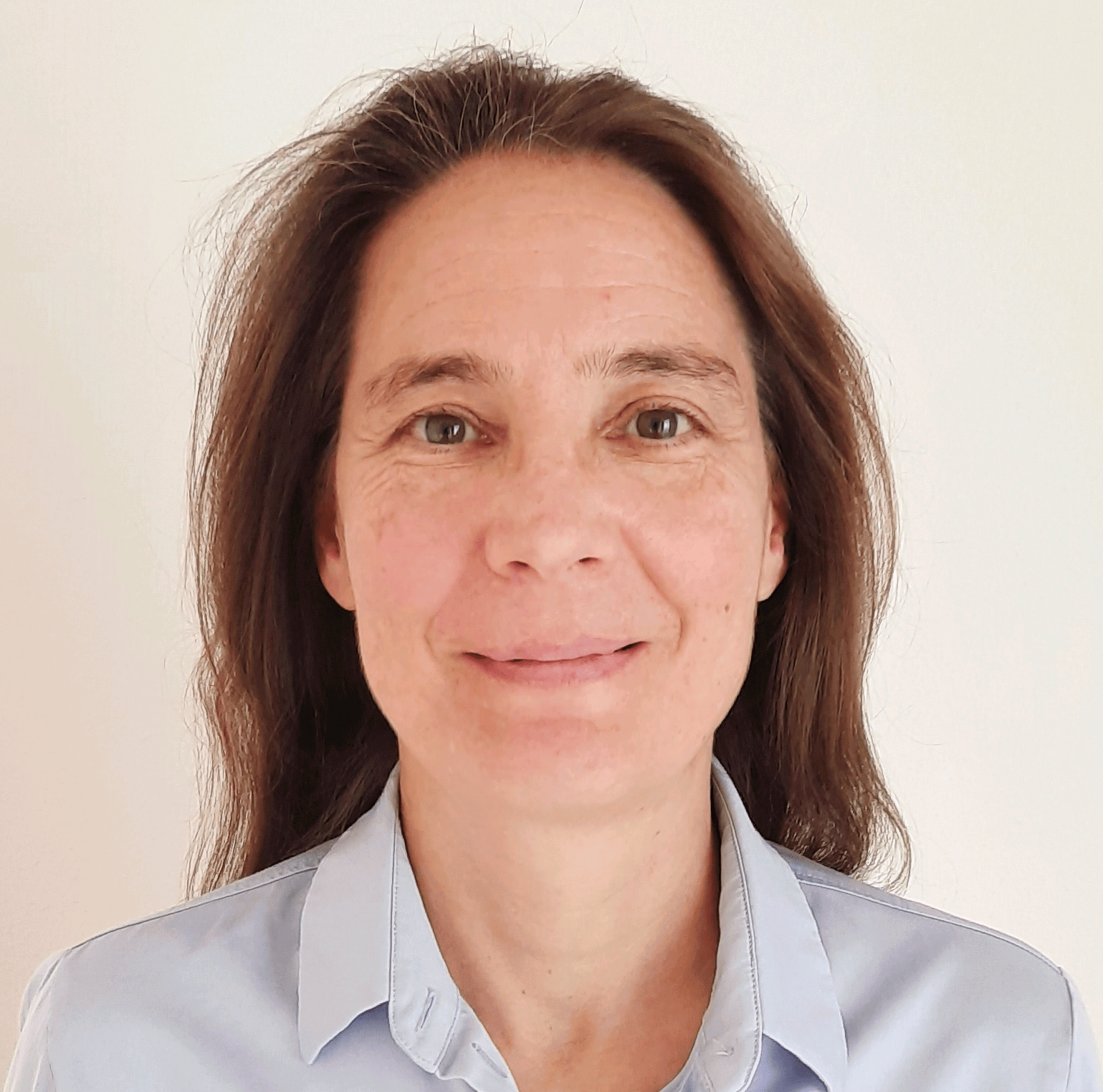
BMW Group
Gabriele Fruhmann graduated at TU Graz in Mechatronics and joined Magna Steyr Fahrzeugtechnik in Graz for multibody dynamics simulation in 2000. She then moved to ZF Friedrichshafen AG in 2006 to work in pre-development with a focus on fiber-reinforced polymer materials and suspension development. In 2013, she moved to materials department at BMW AG focusing on pre-development projects and additive manufacturing materials. In 2022 she moved internally to exterior simulation department and took over responsibility for crash material cards for polymers.
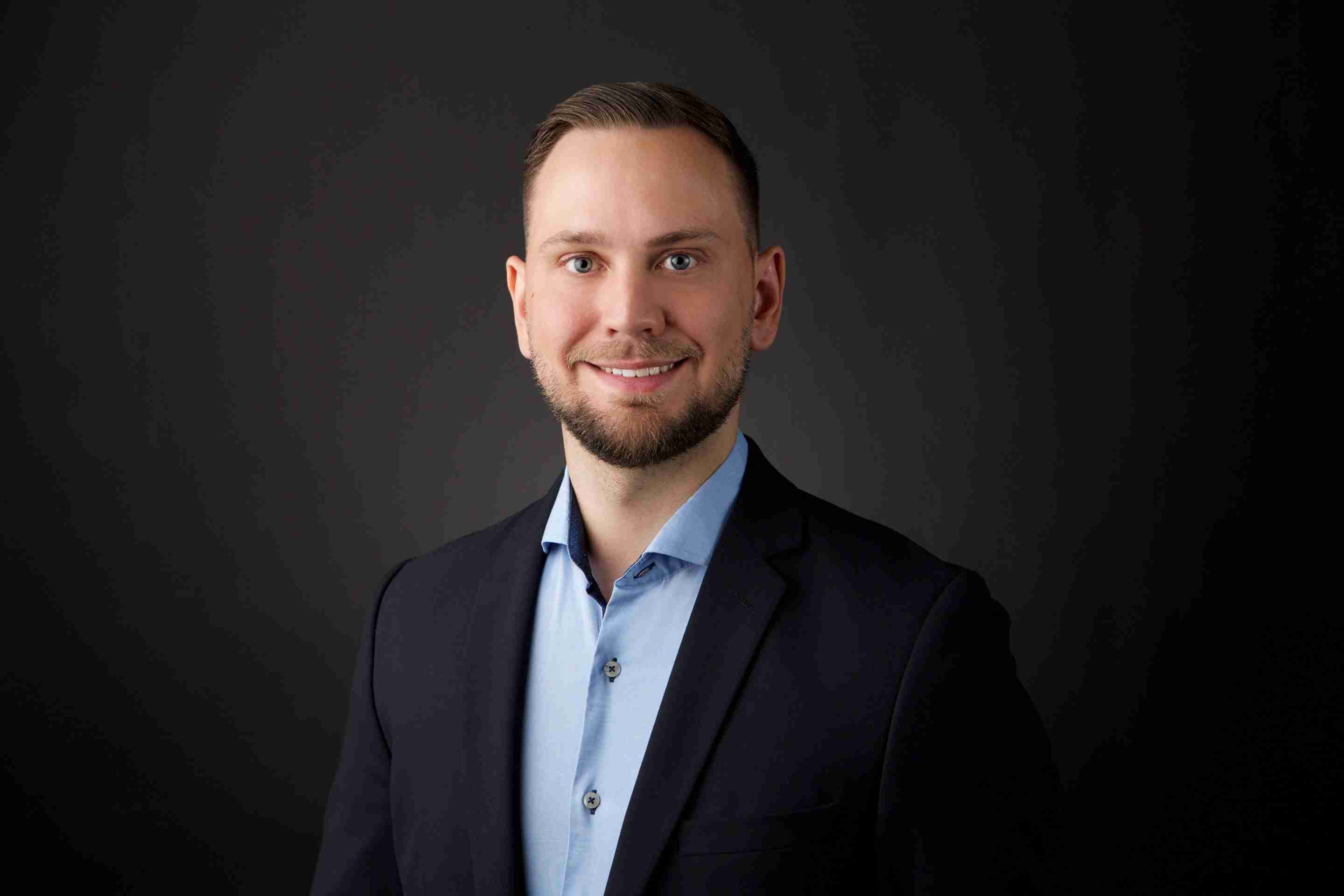
Mercedes-Benz AG
| Michael Ditthardt holds a master’s degree in Mechanical Engineering from the University of Stuttgart. After completing his degree, he worked for nearly two years as a simulation engineer specializing in high-speed crash simulations, focusing on passive safety in the automotive industry. Since 2024, he has been a Ph.D. student at Mercedes-Benz, researching active human body models with a particular focus on pedestrian protection. As part of the publicly funded CARpulse project, his work involves investigating muscle-driven movements in Ansys Hans HBM and analyzing their impact on pedestrian safety. |

Ansys, part of Synopsys
Stuart Easter is a lead R&D engineer within the Ansys Workbench LS-DYNA development team at Ansys. The team is working on the exposure of the LS-DYNA solver into the Ansys Mechanical UI. He has over 10 years of experience developing the Ansys Explicit Dynamics products contributing to the solver and the Mechanical UI. Prior to joining Ansys, Stuart graduated from the University of Reading, UK, with a BSc in Theoretical Physics before going on to complete an MSc and PhD in Applied Mathematical Modelling at the University of Greenwich, UK
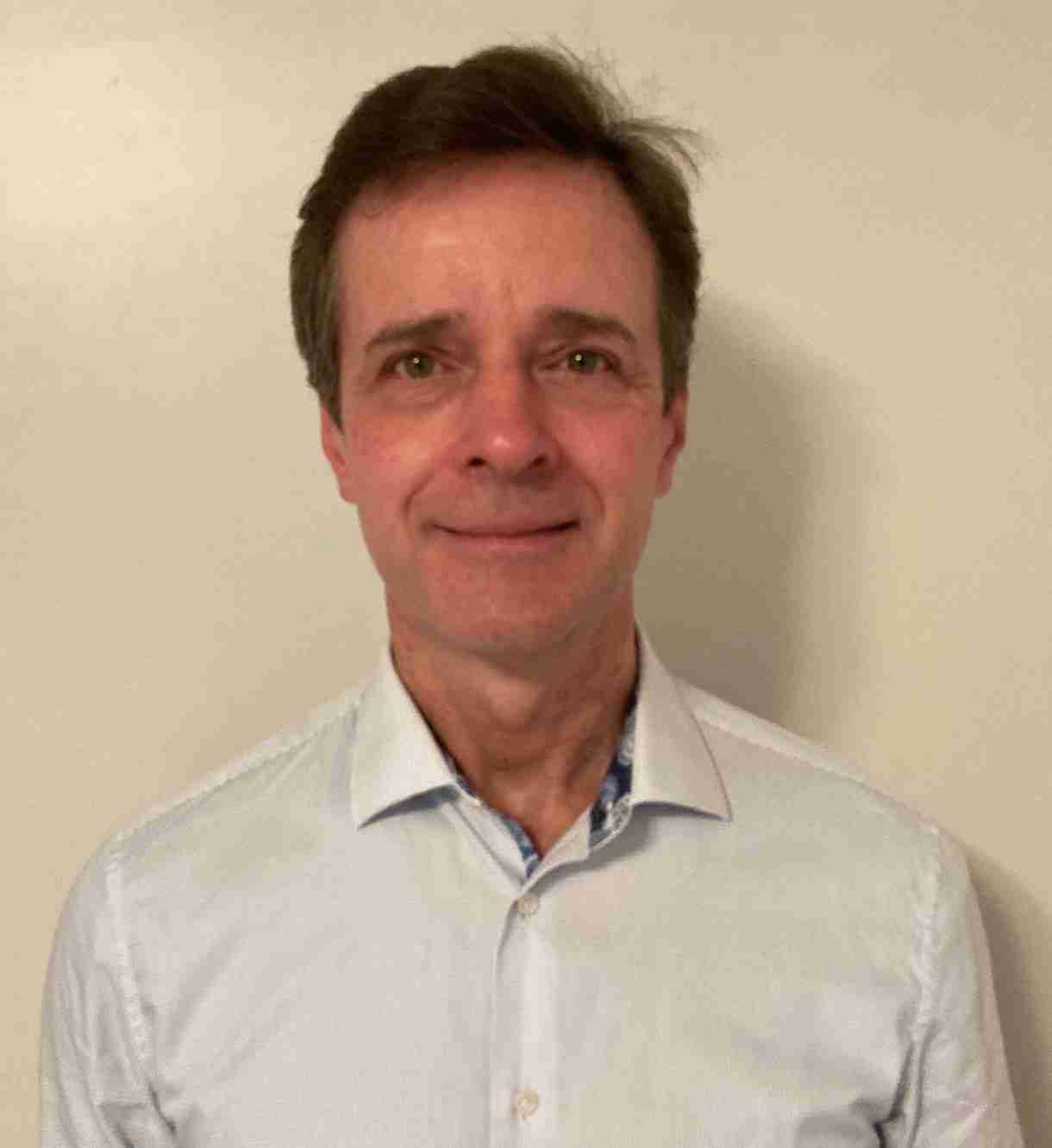
MATFEM Ingenieurgesellschaft mbH
Education/Studies 1987 – 1993 Studied mechanical engineering at the Technical University of Munich with focus on numerical simulation methods, as well as design and development. Professional career 1993 – 1999 Worked as a consulting engineer in the field of numerical simulation in close cooperation with MATFEM Ingenieurbüro Dr. Gese. Processing of numerous research and development projects in automotive, aerospace as well as medical technology. 1999 – 2021 Managing Partner of the MATFEM Partnerschaft Dr. Gese & Oberhofer. 2022 – Managing Director of MATFEM Ingenieurgesellschaft mbH Current activity: 2025- Beside organizational tasks, the coordination of software development (e.g. development and implementation of new material models) as well as the coordination of material characterization for plastics and composites are main tasks.
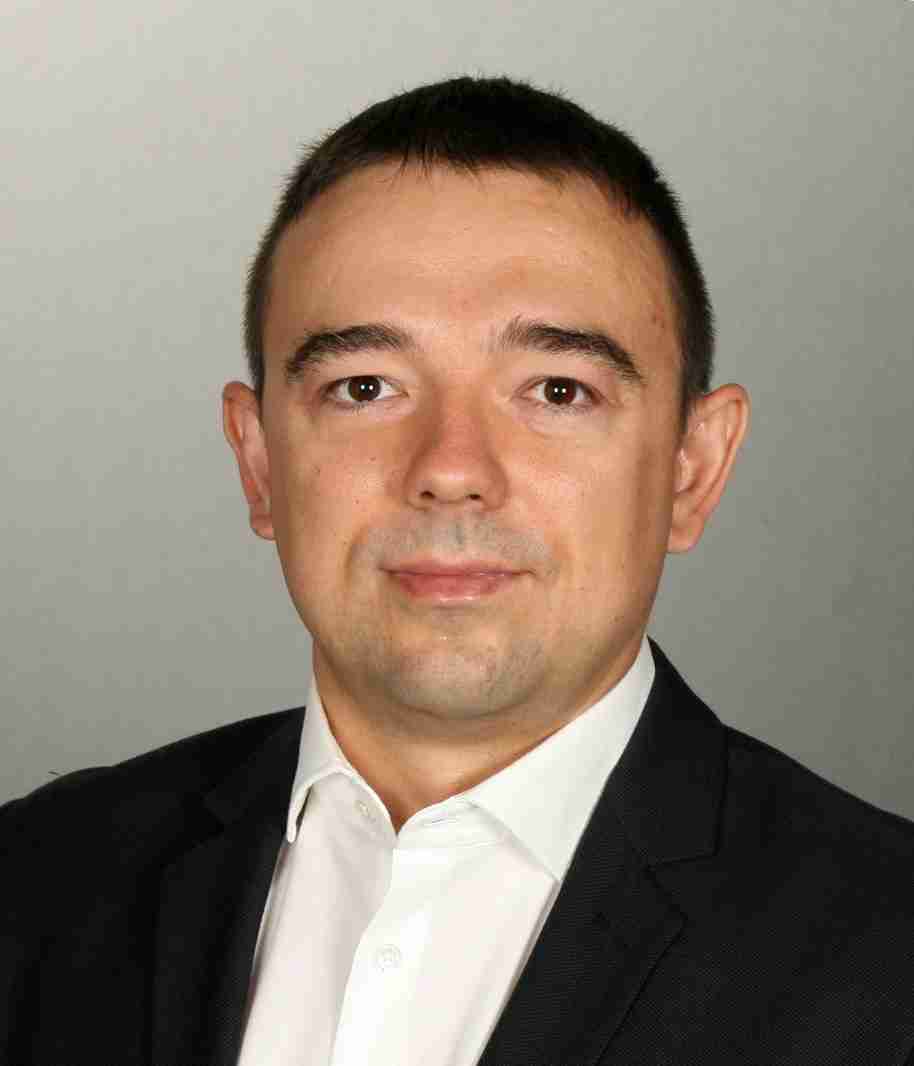
IMSB, University of Stuttgart
Oleksandr Martynenko, PhD, is a Senior Research Associate at the Institute for Modelling and Simulation of Biomechanical Systems, University of Stuttgart. He studied mechanical engineering and completed his PhD at the NTU "KhPI" University in Ukraine, contributing to various engineering projects like superalloys studies for Rolls-Royce and analysis of Panama Canal lock gates. Since 2016, he has been working in the areas of vehicle safety, active human body models and virtual testing at the University of Stuttgart. He was involved in several European publicly funded research projects, including OSCCAR, ATTENTION, and ADAM. Currently, he is part of the CARpulse project team, focusing on the development of a modular capsule for autonomous vehicles at the ARENA2036 Research Campus Initiative.
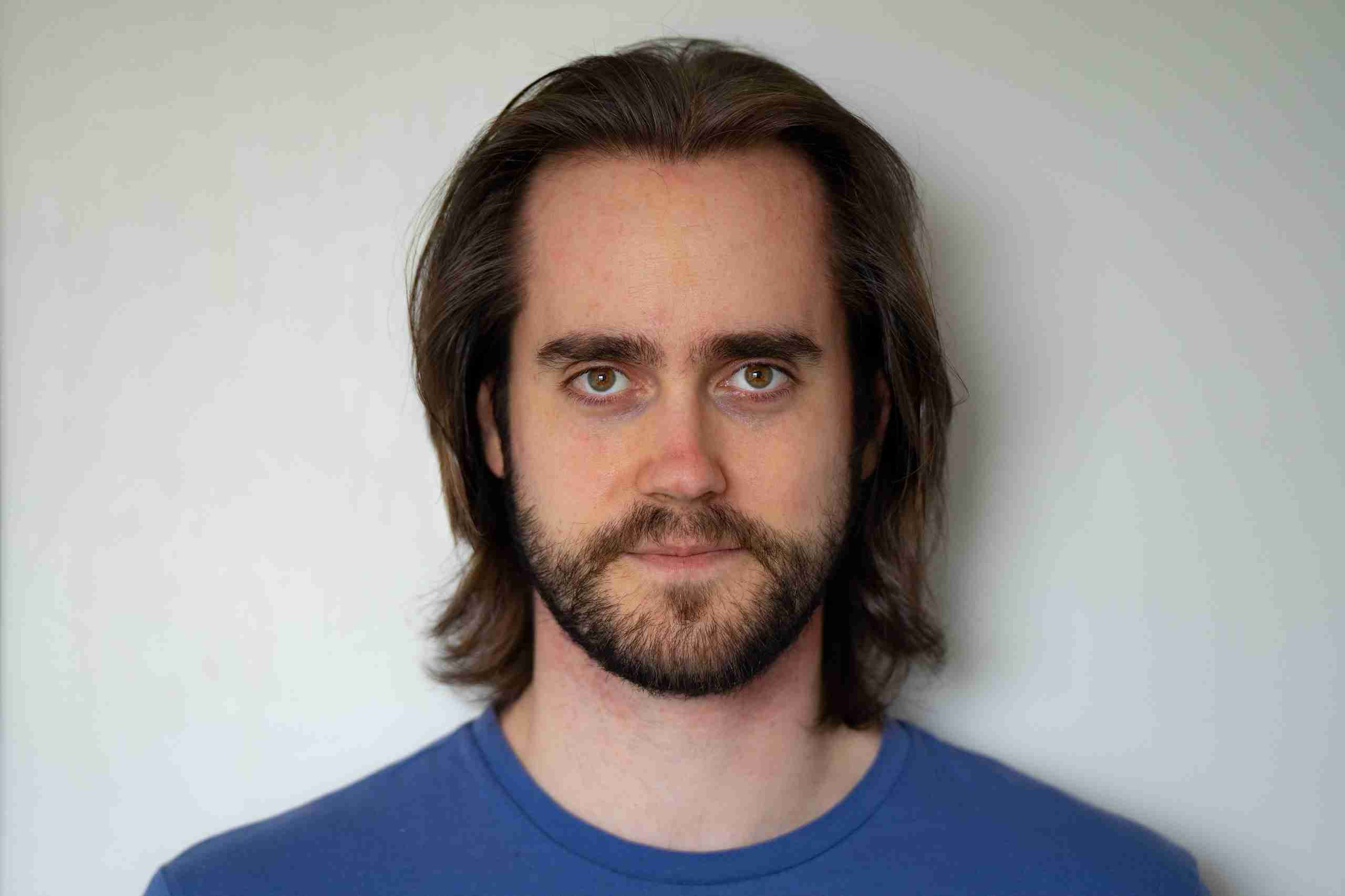
Ansys, part of Synopsys
Daniel is an R&D Engineer at Ansys in Madrid, where he works on exposing new features in Ansys Mechanical. Before joining Ansys, he worked at a simulation start-up, helping develop FEM and post-processing tools, along with antenna design projects. This gave him a strong foundation in simulation workflows and product development. He holds a Master’s in Industrial Mathematics and Simulation from the ETSIAE Technical University of Madrid (UPM), and a Bachelor's in Telecommunication Engineering, specialized in electronics. His background connects applied mathematics, engineering, and software, with years of experience in simulation.
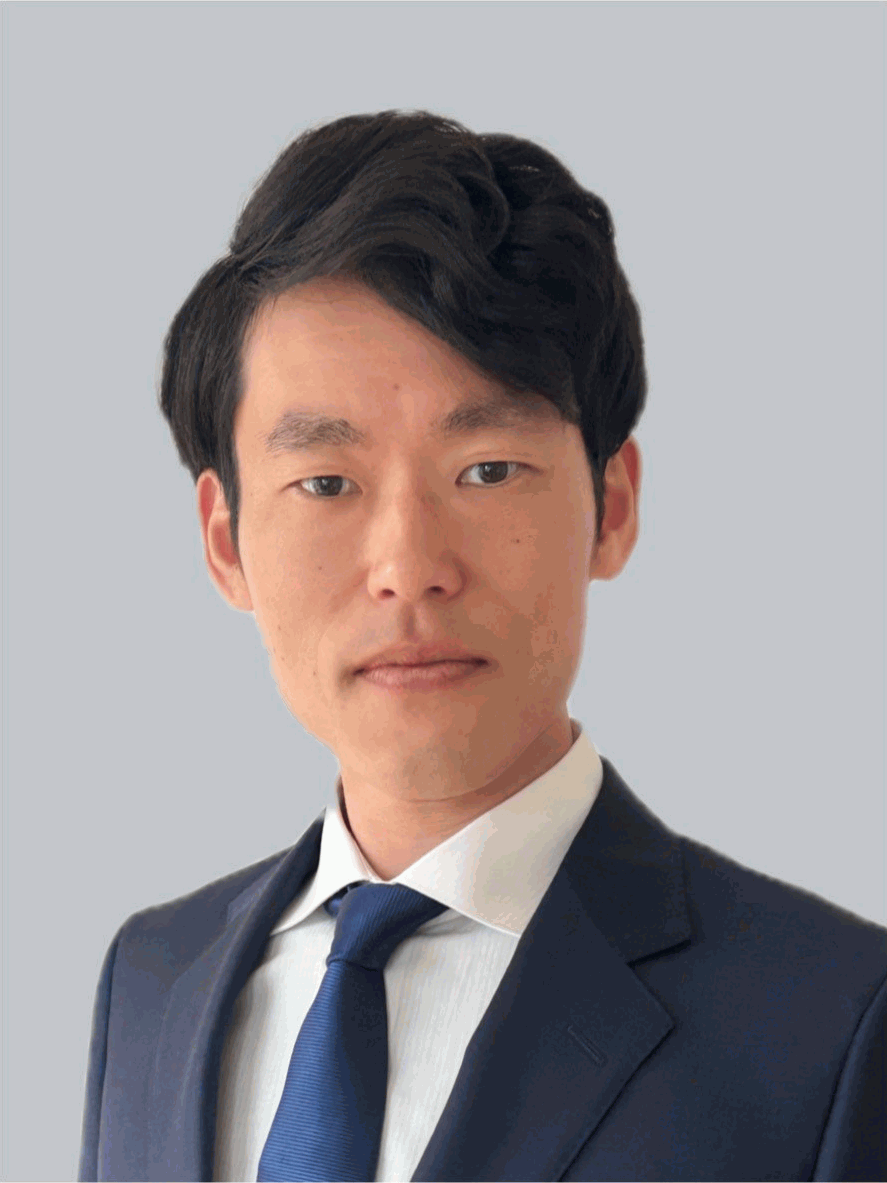
ARRK Engineering GmbH
Takumi Ban is a Development Engineer at ARRK Engineering GmbH in Munich, Germany, with a Master’s degree in Mechanical Engineering. He specializes in material modeling and finite element simulation, particularly in the automotive sector. His expertise lies in integrating simulation with data-driven approaches to support better decision-making and improve simulation precision. Currently, he focuses on developing efficient workflows for material card calibration and enhancing the accuracy of material simulations.
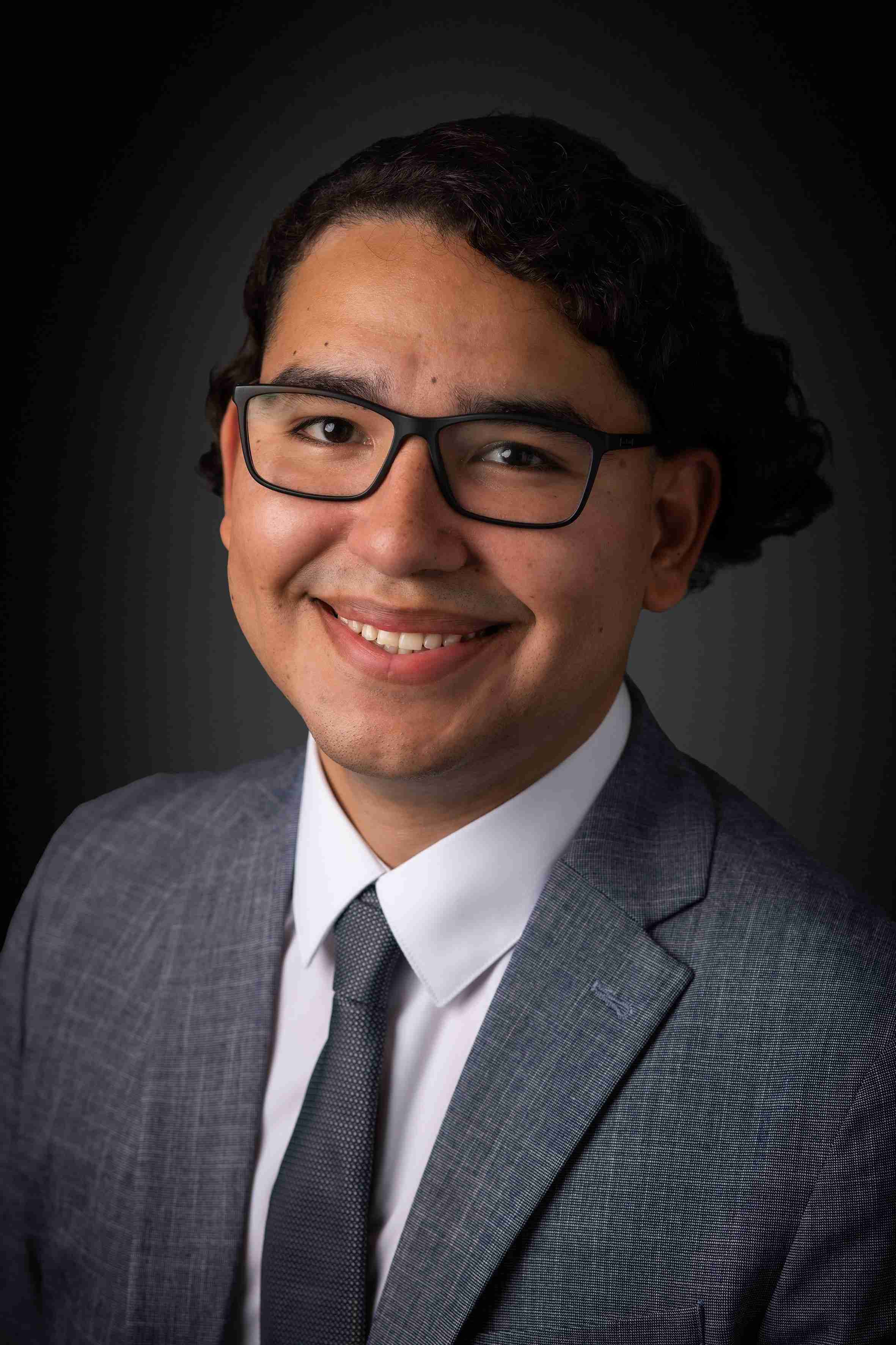
BMW Group
Doctoral candidate at Ludwig-Maximilians-Universität München (LMU) and the Vehicle Safety department of the BMW Group in Munich, Germany. Holds a Master of Science in Computational Mechanics from the Technical University of Munich (TUM) and a degree in Mechanical Engineering from Universidad del Valle in Colombia. Alumnus of the German Academic Exchange Service (DAAD).
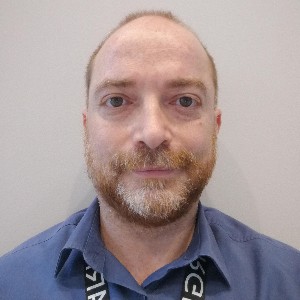
BorgWarner
I am a telecommunications engineer with a great passion for electronics systems. I am working as a Chief EMC Engineer with over 6 years of experience in the electromagnetic design and validation of complex electronic systems. I am specialized in advanced EMC/EMI fem simulations using tools such as ADS, HFSS, and SPICE to ensure electromagnetic compatibility from the earliest design stages. I lead cross-functional teams in developing predictive models and mitigation strategies, significantly reducing physical testing time and costs. I’m mainly involved in EMC & Hardware design of On-Board Charger, DCDC Convert and also on Inverter products, promoting a simulation-driven and innovative approach to EMC engineering.

ARRK Engineering
Kai-Chien Chuang is the Senior Material Simulation Engineer at ARRK Engineering, specializing in the creation of material cards for advanced materials such as composites, polymers, and high-strength steels. She focuses on bridging experimental testing and simulation to enable accurate modeling in passive safety applications, supporting innovation in automotive development.
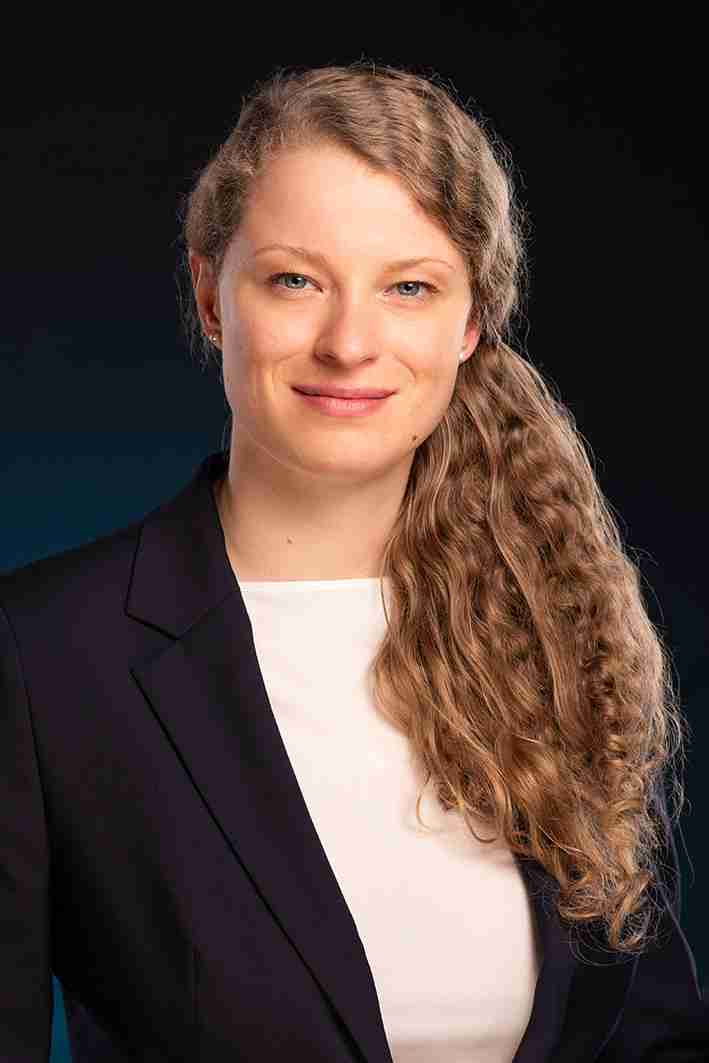
Freudenberg e-Power Systems
Victoria Damerow is an engineer specializing in fuel cell simulation at Freudenberg e-Power Systems in Munich. Her work focuses on the development of fuel cell systems for heavy-duty applications, including maritime and commercial vehicles. She has expertise in CFD simulations, data-driven optimization, fuel cell stack testing, and data analysis. She holds a master’s degree in Chemical Engineering from the Technical University of Munich, where she focused on electrochemical energy systems and gained hands-on experience in battery and fuel cell development at the BMW Group. She is passionate about advancing sustainable mobility solutions and regularly contributes to interdisciplinary projects that bridge engineering, data science, and clean energy technologies.
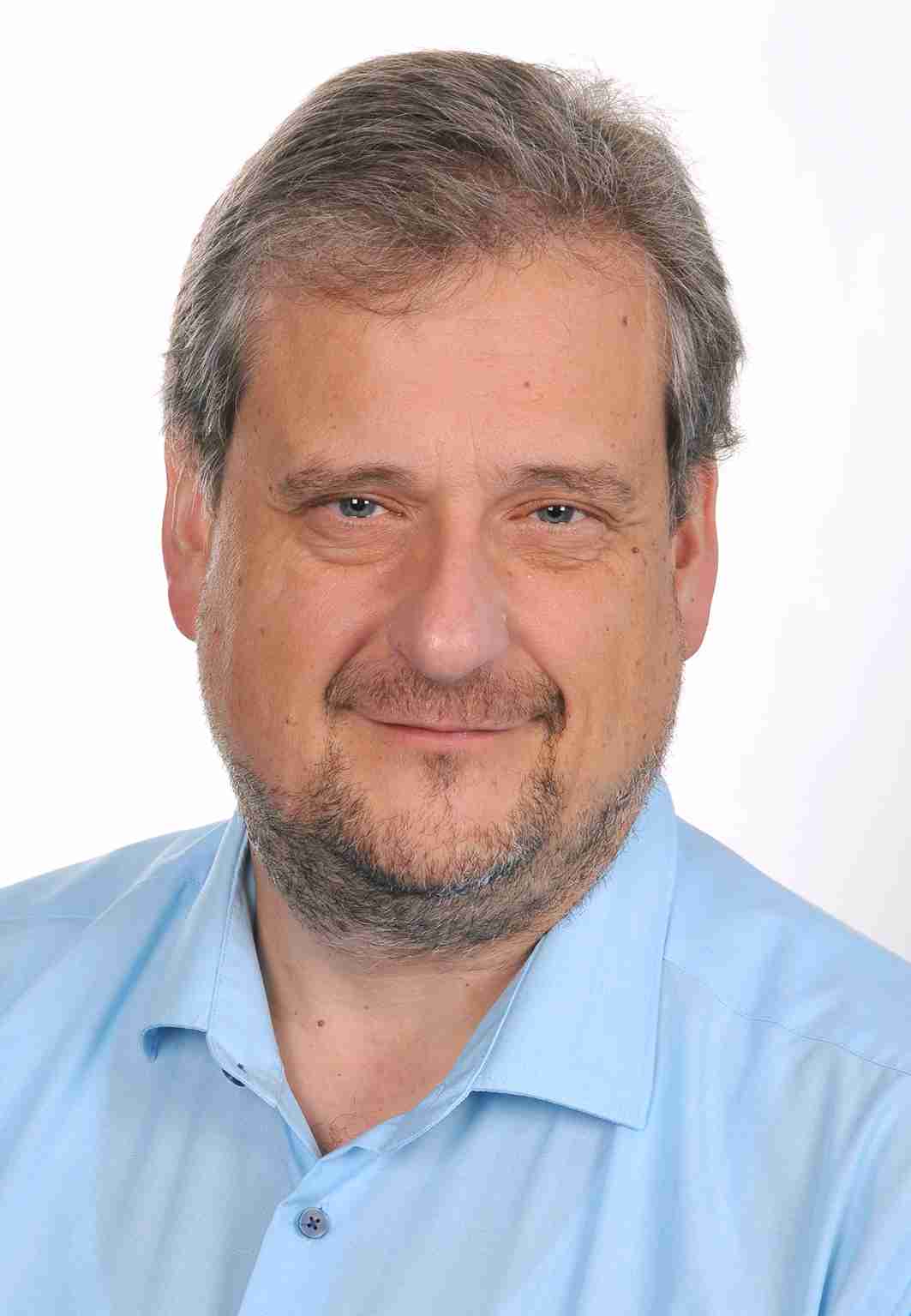
Robert Bosch GmbH
1989-1995 Study of Electrical Engineering at the University of Stuttgart, specialization Embedded Control 1996-1998 Software and Function Development at Robert Bosch GmbH Engine Control Unit Diesel 1998-2001 Development of Functions for Piezo Injector in Diesel Engines 2001-2007 Safety Development for Diesel Control Units 2007-2011 Product Safety Manager for Diesel Control Units 2011-2022 Senior Safety Expert for Powertrain Electronics Since 2022 Vice President for Product Safety
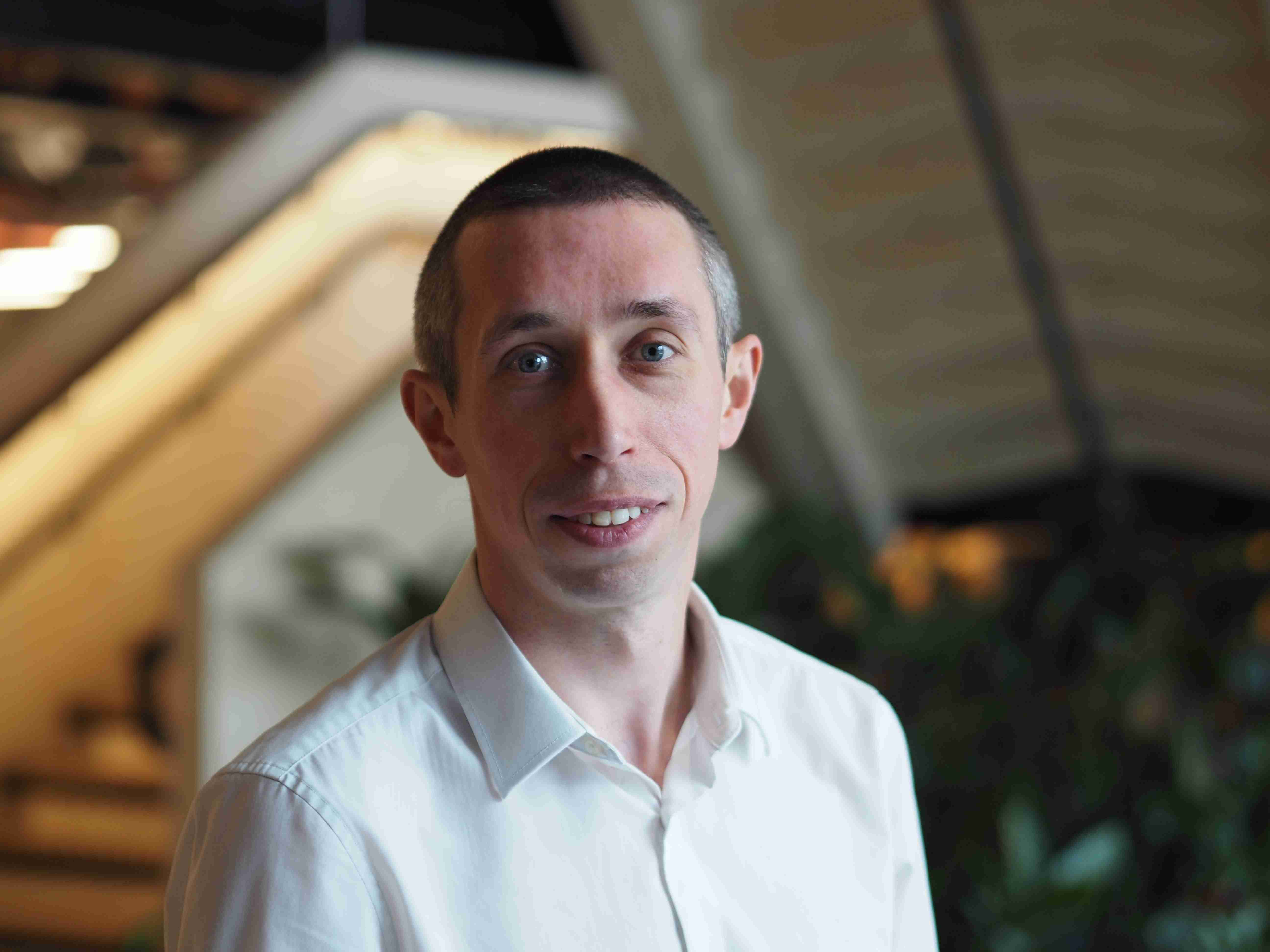
Arup
Ben Crone is an Associate at the global engineering consultancy Arup, with nearly two decades of experience in automotive crash simulation using LS-DYNA. A graduate of the University of Durham, Ben has held roles at leading UK OEMs including Aston Martin and JLR, and has also worked internationally in Shanghai. At Arup, Ben plays a dual role: supporting both consultancy clients and users of the Oasys software suite. His technical expertise spans a wide range of domains and load cases, with a particular focus on pedestrian impact analysis. He is also the lead developer and author of several pedestrian impact tools within PRIMER, the industry-leading LS-DYNA pre-processor developed by Oasys.
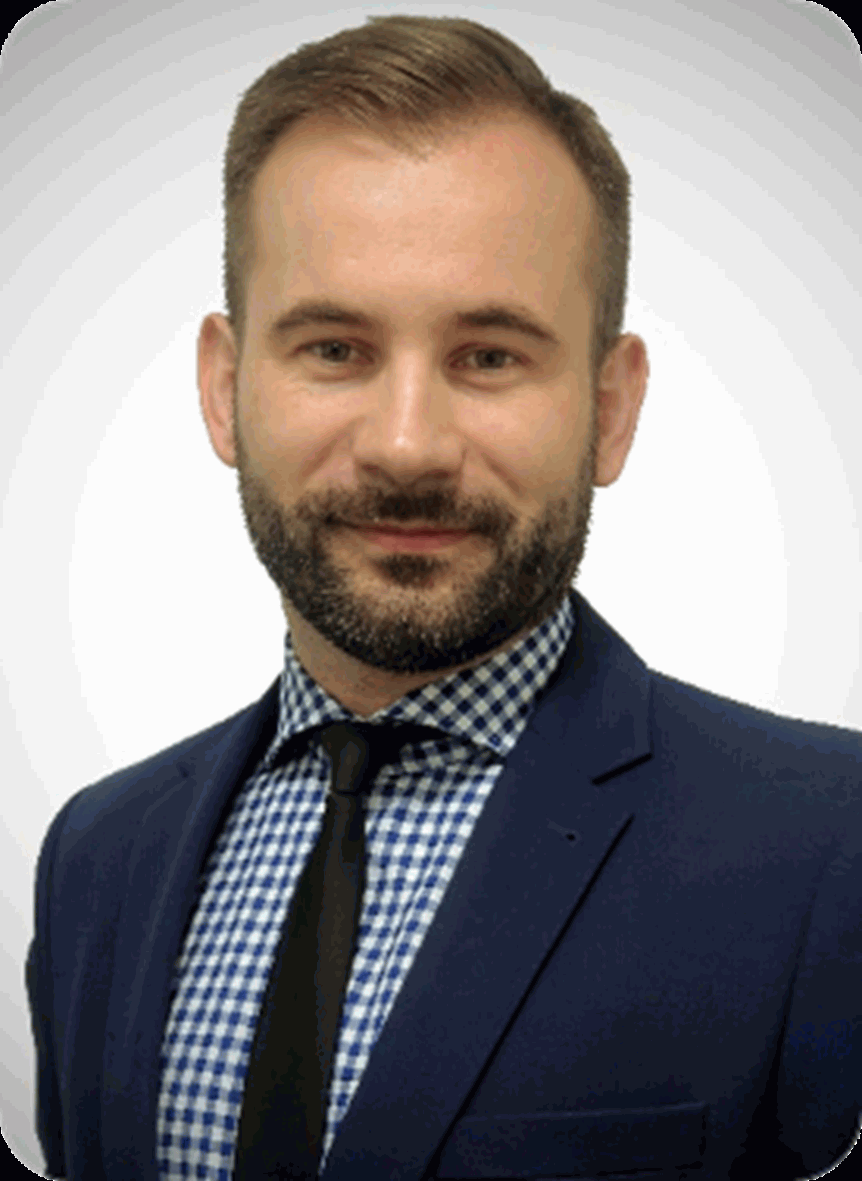
Military University of Technology
Paweł Baranowski is working as the associate professor in Military University of Technology – Poland. In 2023, he earned the habilitation degree. His research interests include quasi-static and dynamic behaviors of materials (metals, thermoplastics, rock/concrete), constitutive modelling, and numerical simulations of strongly dynamic phenomena like blasting events and impacts. He has participated in several national and international R&D projects founded by EDA, NATO, Horizon 2020 programme and Marie-Curie programme. He has published numerous papers (SCOPUS: 74 papers, H-index = 27, 1660 citations). Recipient of several prestigious scientific awards, including those from the Committee on Mechanics of the Polish Academy of Sciences and the Minister of National Defence.

Arup
Galal Mohamed has over 15 years’ experience in using and supporting Ansys LS-DYNA within the aerospace and automotive sectors. He holds a PhD in Aerospace Engineering in the field of composite lightweight structures. Since 2018, Galal has worked as an Application Engineer for the Oasys Suite, an advanced pre- and post-processing software for Ansys LS-DYNA. In this role, he contributes to the development of a wide range of tools and features, with a particular focus on occupant safety and human body modelling.
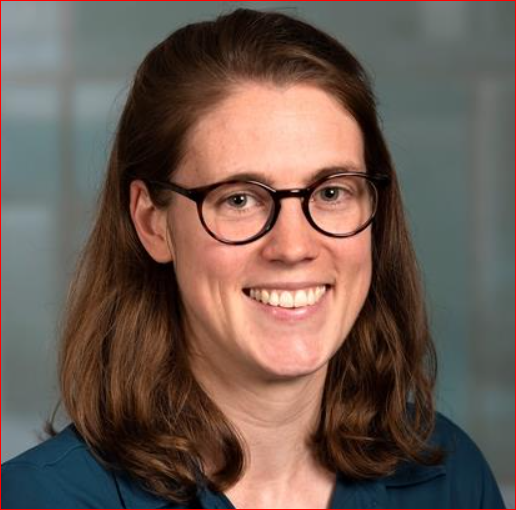
Arup
Katie is Senior Engineer at Arup with extensive experience using LS-DYNA and the Oasys software to deliver engineering projects in a range of industries, including offshore and nuclear. Her main area of focus has been automotive design, including crashworthiness analysis, pedestrian protection, durability, vibration and fatigue. More recently she has delivered projects focused on electric vehicle battery system design for Arup’s automotive clients. She also collaborates closely with the Oasys LS-DYNA environment team, providing a link between the development of digital products and their application on engineering projects.
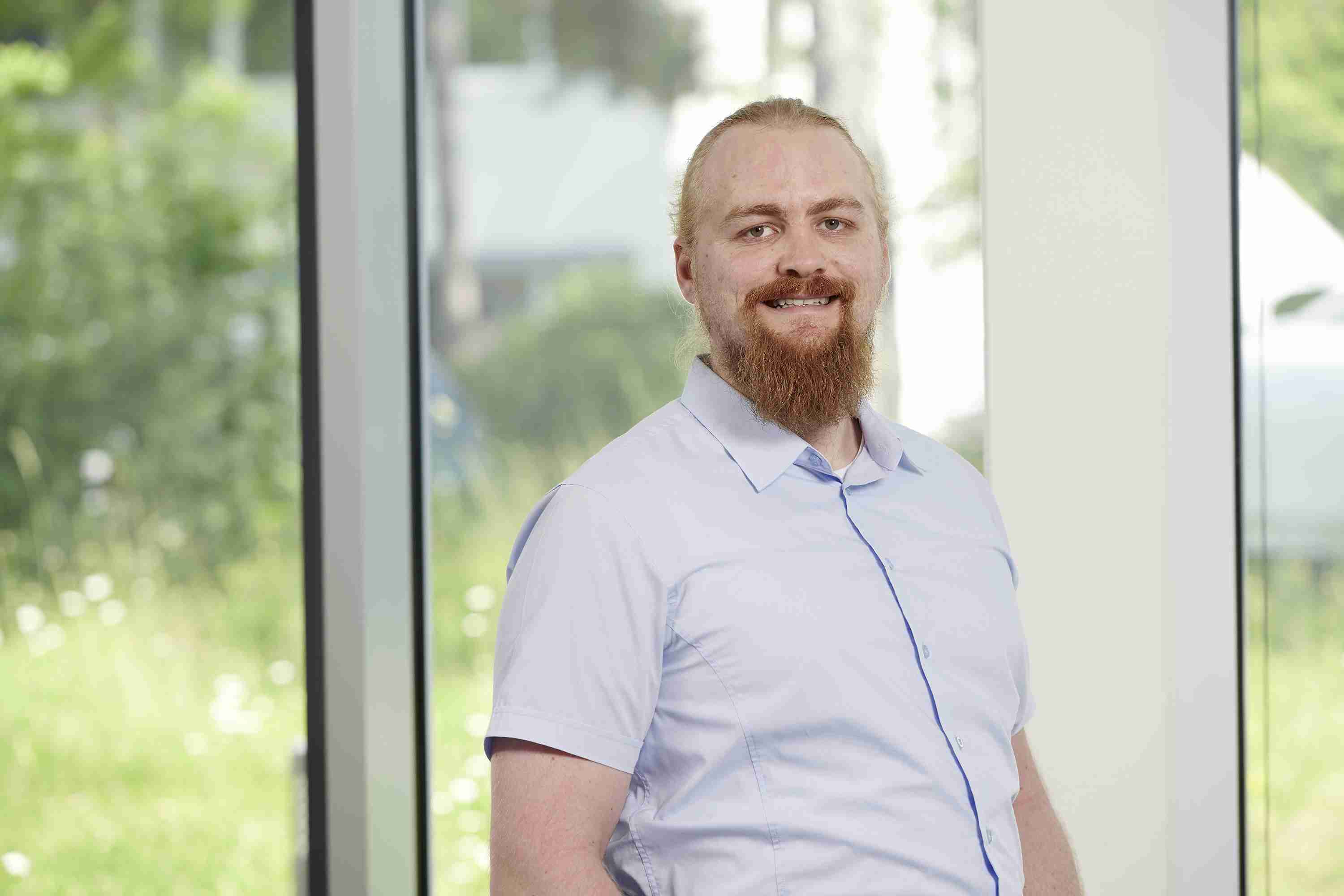
Friedrich-Alexander-Universität Erlangen-Nürnberg
Dr.-Ing. Christian Witzgall ; Currently: Head of research group "lightweight design". Former: Study of Mechanical Engineering; Research assistant; Academic Council. All at FAU Erlangen-Nürnberg
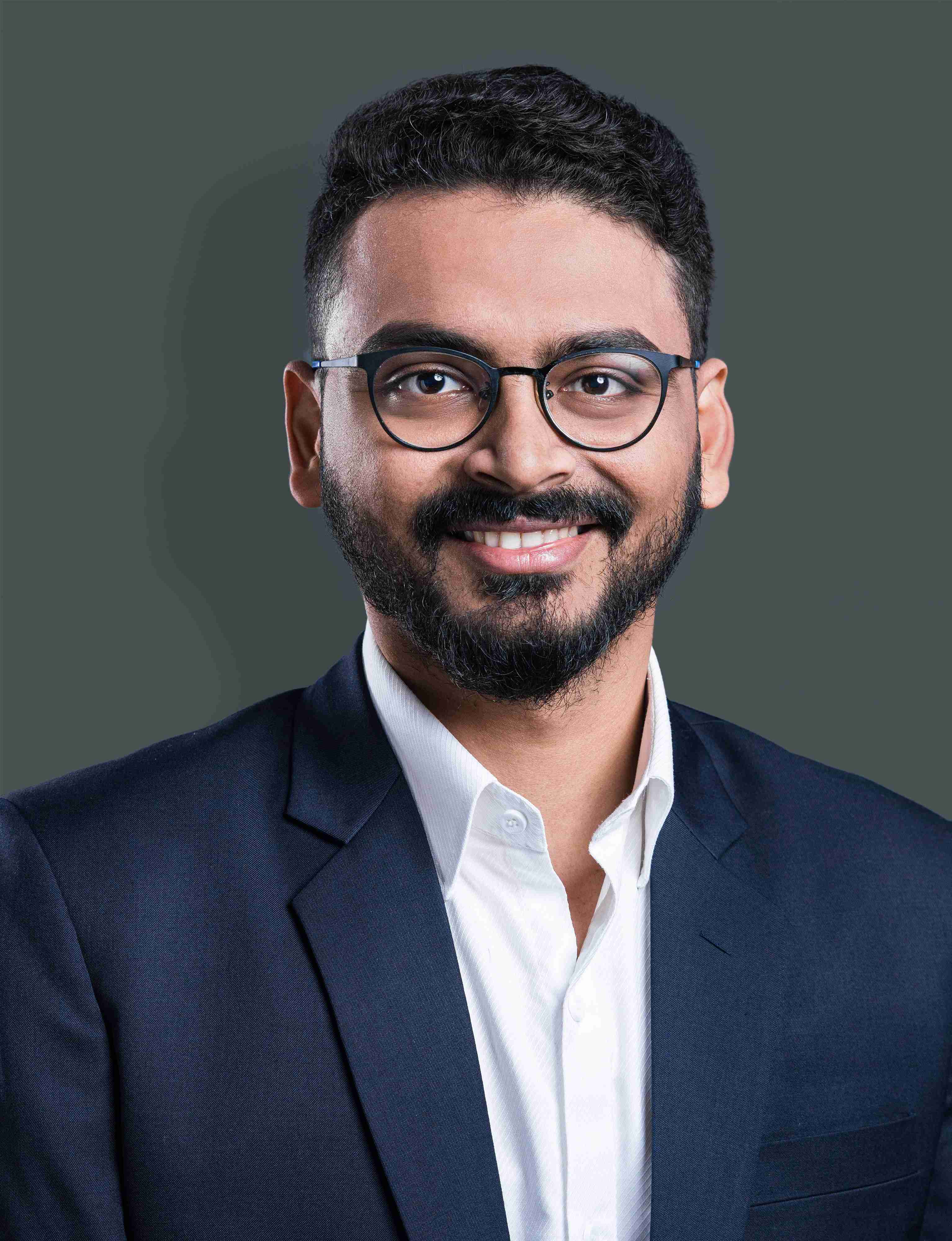
SCALE GmbH
Technical Consultant at SCALE GmbH in Ingolstadt, supporting leading automotive OEMs in the development and deployment of SCALE.sdm—an advanced platform for simulation data and process management. With a background in Mechanical Engineering and a Master's in Advanced Computational and Civil Engineering from Technische Universität Dresden, I focus on building scalable solutions that optimize simulation workflows. Passionate about artificial intelligence, I actively explore its integration into CAE processes, particularly for 3D geometry analysis

Dr. Ing. h.c. F. Porsche AG
02/2016 – Today Dr. Ing. hc. F. Porsche AG, Weissach Simulation & Development Engineer 10/2013 – 12/2015 TU Dortmund University Master of Science (in the subject of Mechanical Engineering) 10/2009 – 08/2013 Niederrhein University of Applied Sciences, Krefeld Bachelor of Engineering (in the subject of Mechanical Engineering) 09/2009 – 06/2011 ANDRITZ Küsters GmbH, Krefeld Apprenticeship as Industrial Mechanic
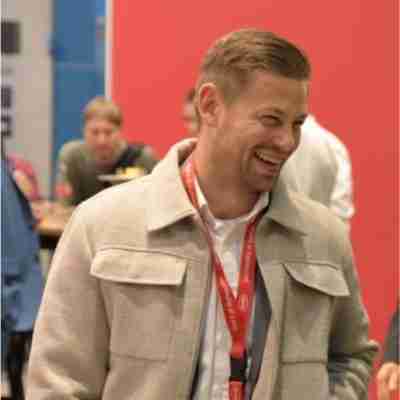
Würth Elektronik eiSos GmbH & Co. KG
Martin Sittner earned his Bachelor of Engineering in Electrical Engineering with a focus on Energy and Automation Technology from the Augsburg University of Applied Sciences in 2019. He began his career at Würth Elektronik in the MagI³C Power Module division and completed a part-time Master’s degree in Microelectronics at Darmstadt University of Applied Sciences in 2023. In his current role as an R&D Project Manager, he is responsible for the development of integrated DC/DC converters through to market launch. His work also focuses on the development of magnetic thin-film components based on silicon substrates, where he designs customer-specific structures and is accountable for optimizing the technology specifications.
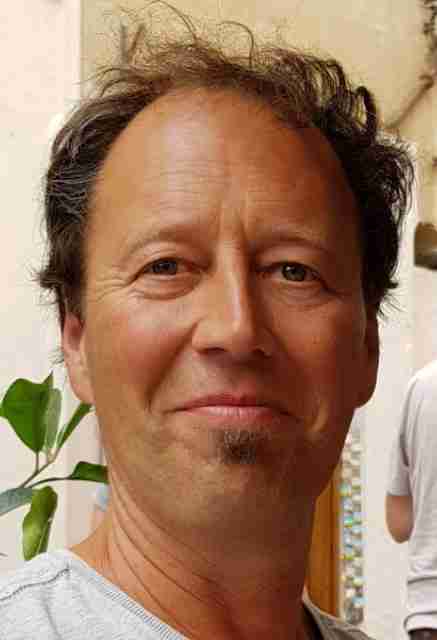
AUMOVIO / Continental
Norbert Stuhler studied physics in Freiburg and wrote his diploma thesis on “atom interferometry” at the University of Konstanz. He than started his career at Siemens Halbleiter and worked for 3 ½ years in the Design and Simulation support group at Infineon Technologies in Munich. In 2002 Norbert Stuhler joined Continental in Markdorf and continued to develop Logic and Mixed Signal ASICs for various applications. Since 2022 Norbert Stuhler is a member of the Thermal Simulation & Verification team (TSV)
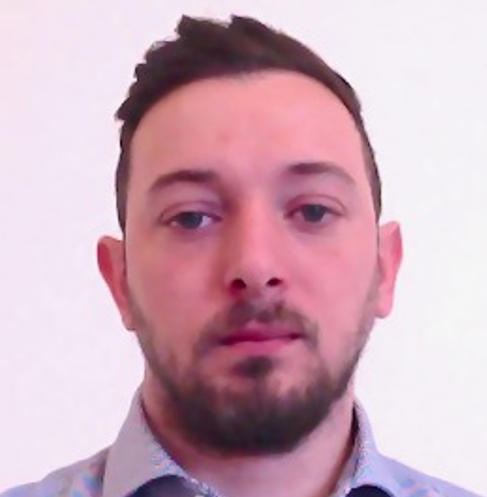
Marelli Europe Spa
Born in Rome on March 5, 1990, I graduated with honors in July 2019 with a Master’s degree in Aeronautical Engineering from the University of Roma Tre. My professional career began in November 2019 at a consultancy agency in Florence, where I worked as a Mechanical FEM Engineer. There, I gained my initial experience in FEM simulations, primarily using ANSYS Mechanical APDL, which helped me grasp the fundamentals of FEM and ANSYS scripting. In 2021, I joined Marelli as a Mechanical FEM Specialist, focusing on structural and dynamic optimizations of electric motor components. This role involved liaising closely with production to manage performance uncertainties stemming from the manufacturing process. At the beginning of 2023, I was promoted to CAE Design Manager, where I was responsible for ensuring all functionalities of the electric motor and its structural integrity. I personally managed and coordinated a multinational team across various simulations, ranging from structural and dynamic to fluid dynamics and thermal analyses, all while keeping an eye on mechanical design and solution feasibility. In mid-2024, I was promoted to Mechanical Design Manager, a position I currently hold. In this role, I oversee not only the simulation team within the electric motor business unit but also manage a multinational team for mechanical design. Joining Marelli has allowed me to test and expand the skills and knowledge I developed during my university studies, particularly in Simulation-Based Design and Optimization (SBDO). This approach is crucial in the field of electric motors, where a multi-physics strategy is essential to maximize machine performance and meet the ever-increasing demands of our clients.
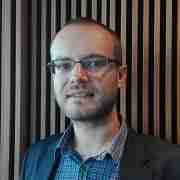
Fluid Codes
An experienced FEA Professional with expertise in nonlinear structural static and dynamic analysis, design of protective structures for nuclear power plants. Worked on Multiphysics problems involving coupling of structural, thermal, fluid and electromagnetic analysis for aerospace, defense and automotive customers.
An experienced FEA Professional with expertise in nonlinear structural static and dynamic analysis, design of protective structures for nuclear power plants. Worked on Multiphysics problems involving coupling of structural, thermal, fluid and electromagnetic analysis for aerospace, defense and automotive customers.
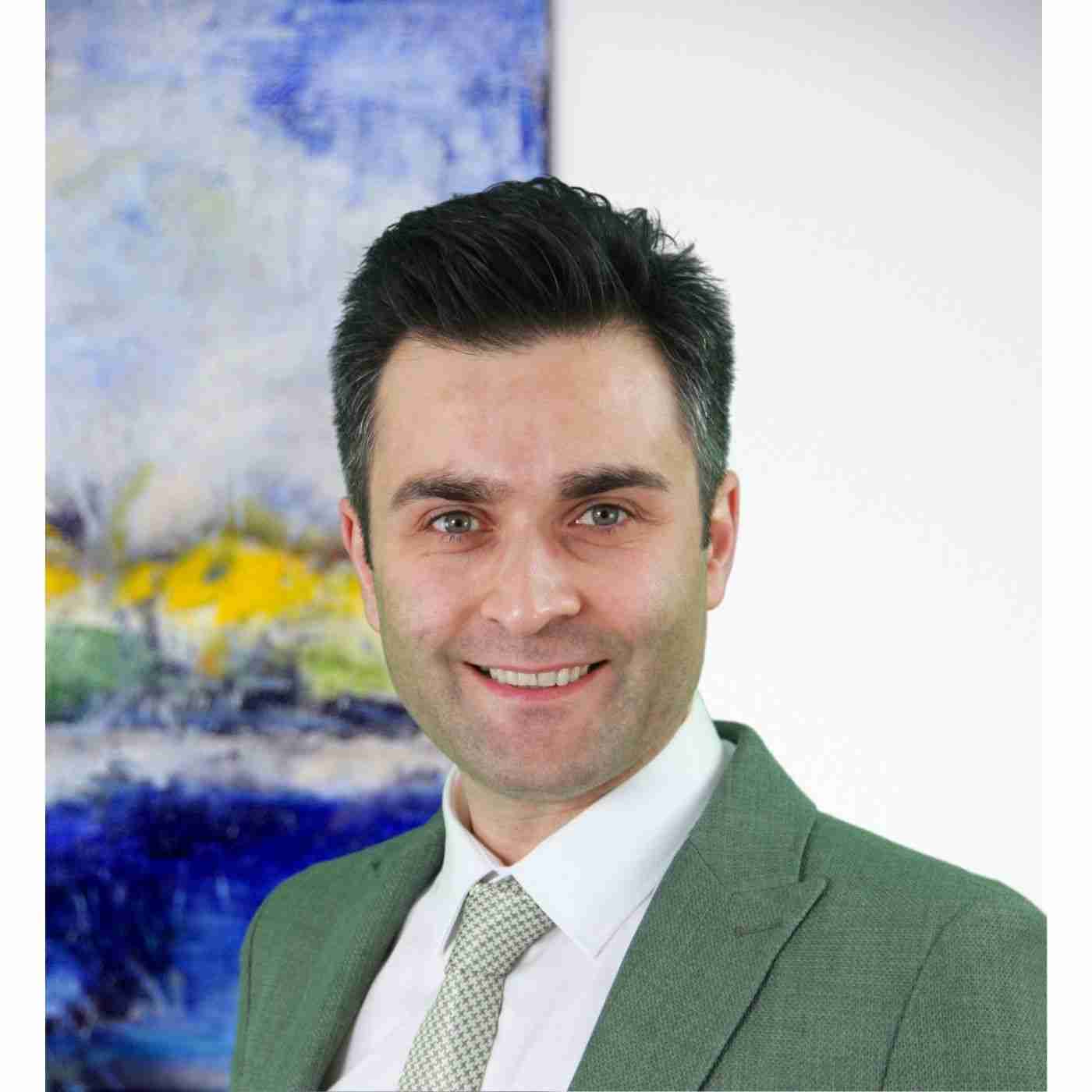
DYNAmore GmbH, an Ansys Company
I am M.Sc. mechanical engineer studied at University of Stuttgart. After my studies I started at DYNAmore GmbH in 2016 and since then I am in occupant fafety simulations team. In the last couple of years I've been giving more and more customer support and trainings in airbag modeling topics.
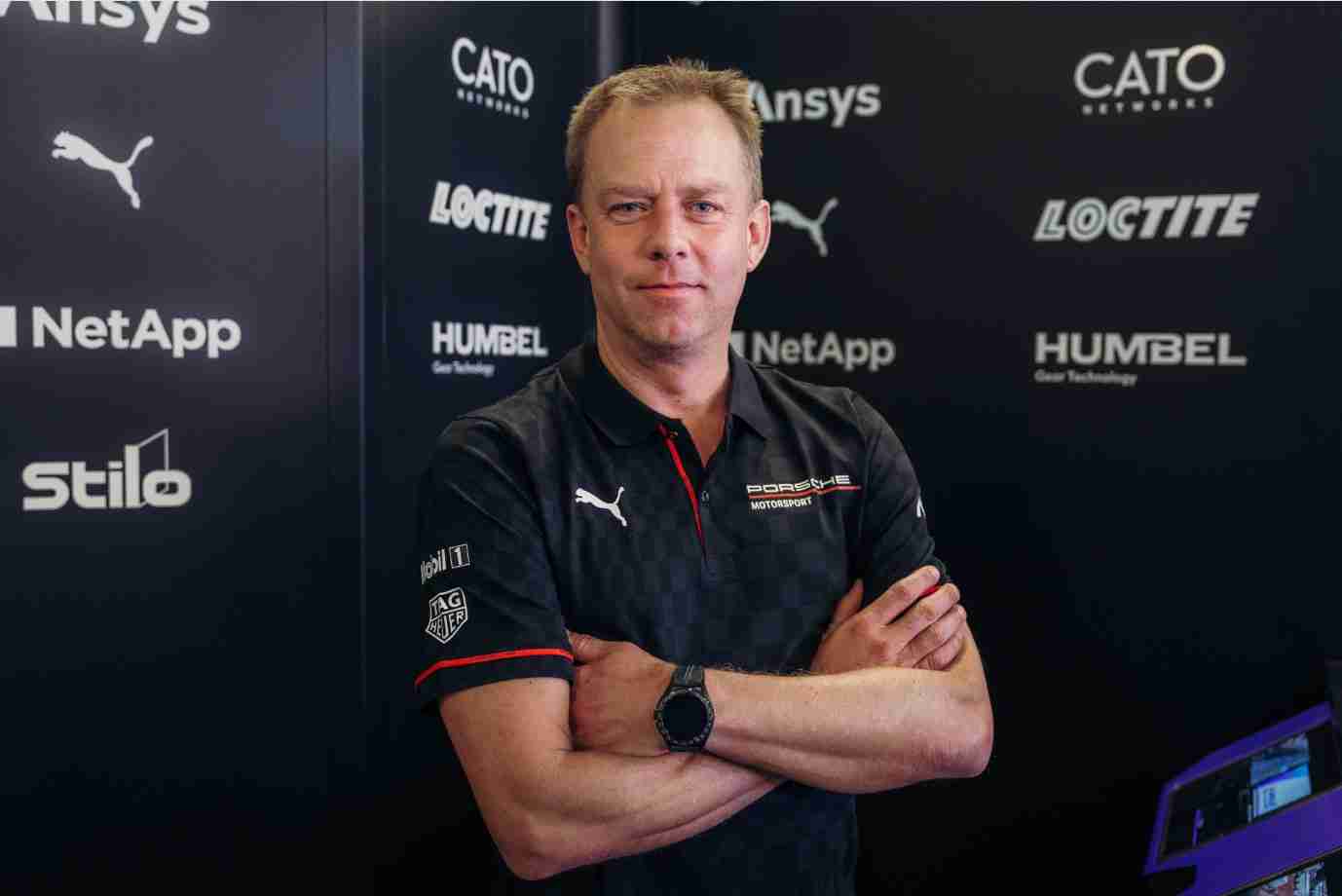
Porsche AG
• 01/2019 – today: Porsche AG – Director Team Management, Business Relations & Esports at Porsche Motorsport
• 04/2014 – 12/2018: Porsche AG – Manager Team Management LMP1
• 09/2010 – 12/2012: BMW Group – Director Motorsport Marketing
• 08/2007 – 09/2010: BMW Group – Director Sport Organisation Tourenwagen / GT
• 01/2005 – 07/2007: BMW Group – Director Formel BMW
• 08/2003 – 12/2004: BMW UK – Coordinator Motorsport
• Studies at German Sport University Cologne – Diploma Sport Economics
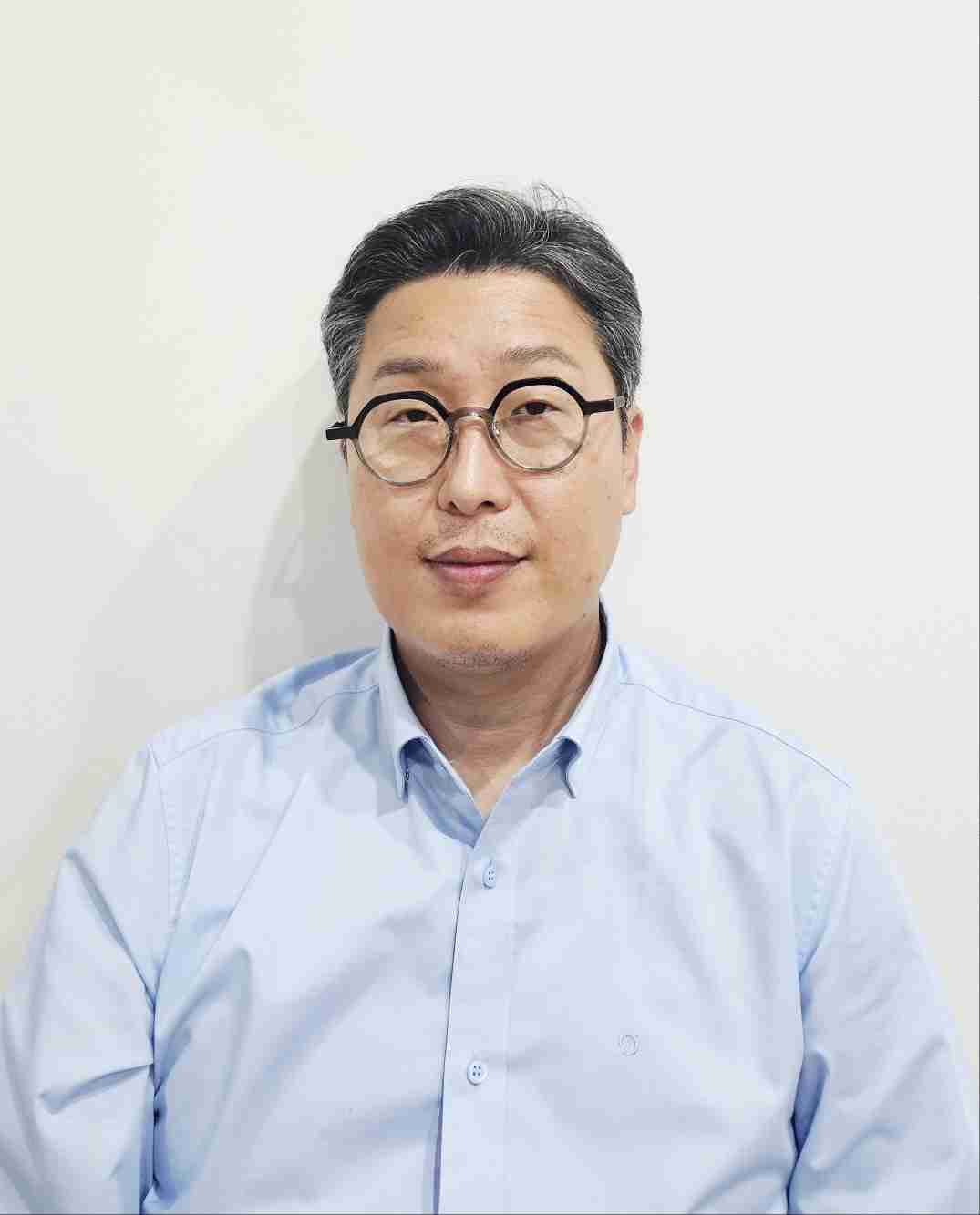
KOSTECH
Korea Radio Research Agency/Principal Researcher, KOSTECH/Director
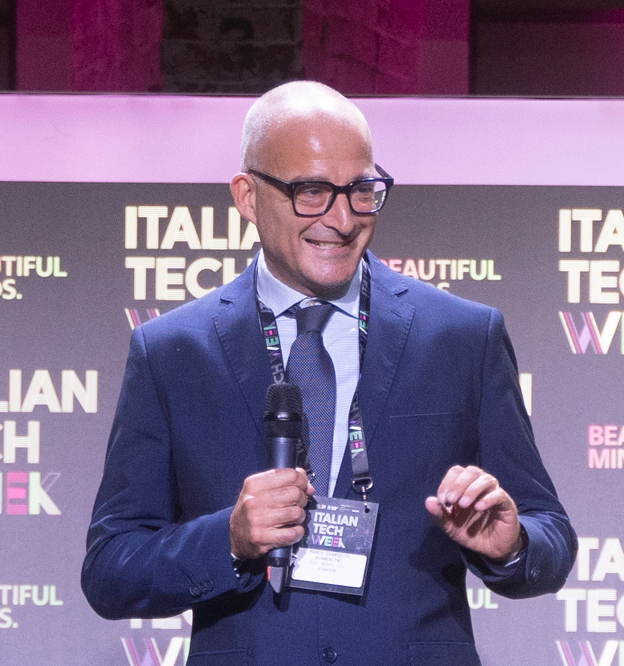
RBF Morph srl
Dr. Marco Evangelos Biancolini is Associate Professor of Machine Design at the University of Rome Tor Vergata. His research focuses on radial basis functions (RBF), mesh morphing, and shape optimization—enabling technologies for high-performance aerodynamic design and structural analysis in the automotive sector. Recently, his work has expanded to include reduced order modeling and real-time digital twins, accelerating simulation workflows and design iterations for next-generation vehicles. He is the creator of RBF Morph, a robust industrial software solution widely adopted by leading automotive companies such as Dallara, Nissan, and Volvo. The modules “Ansys RBF Morph Structures” and “Ansys RBF Morph Fluids”, co-distributed with Ansys, are integral to numerous R&D programs and CAE design pipelines across the automotive industry. Dr. Biancolini is an active member of the Technet Alliance and serves on the Steering Committee of NAFEMS Italia, contributing to the advancement of simulation-driven engineering.
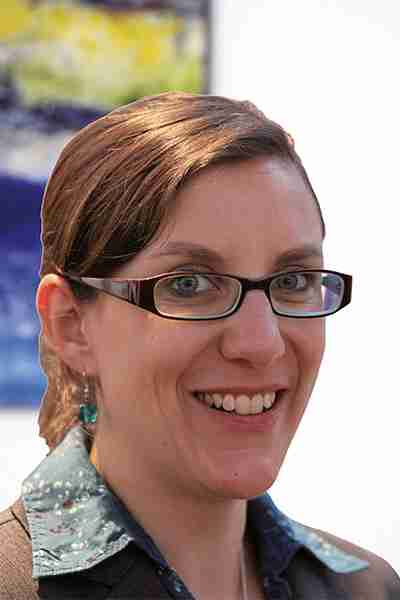
Ansys part of Synopsys
Study of Mathematics at University of Stuttgart, - since 2006 LS-OPT developer at DYNAmore

DYNAmore Nordic AB, an Ansys Company
I received my Master of Science in Engineering Physics in 2005 and my PhD in Solid Mechanics in 2011. After that, I started working at DYNAmore Nordic as an application engineer and has worked there ever since. LS-DYNA has always been my primary simulation tool for a very wide range of physics, but my expertise also lies in parametric studies using LS-OPT, such as sensitivity analysis, calibrations, and robustness studies.
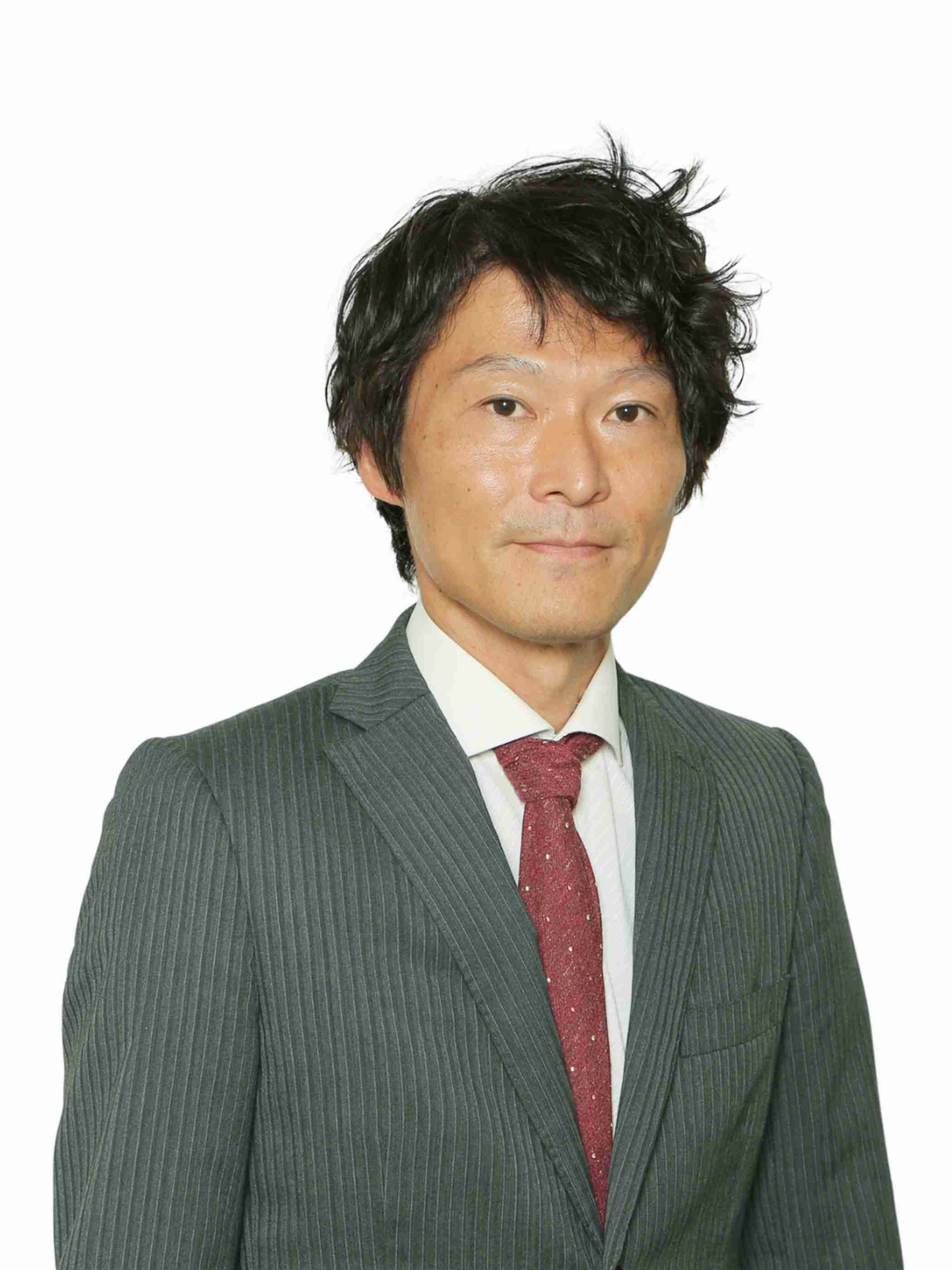
Honda Motor Co., Ltd.
Kazuaki Hiwatashi is an Assistant Chief Engineer at Honda Motor’s Automobile Development Operations. With over 10 years of experience in wind noise performance development, he currently leads a project focused on mockup-free evaluation using CFD simulation for wind noise and exterior performance development.
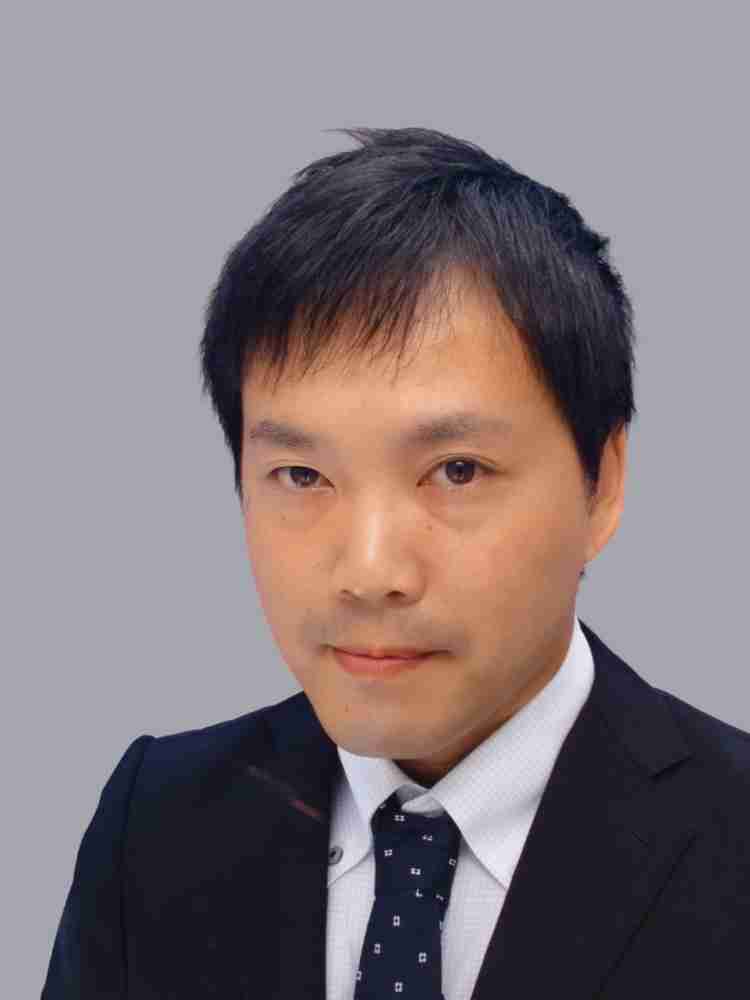
本田技研工業
Yutaro Shimoda is an Assistant Chief Engineer at Honda Motor’s Automobile Development Operations. With over 15 years of experience in Wind noise and NVH performance development. Now leading Wind noise performances in automobiles and confirm them from the early stages of development to mass production.
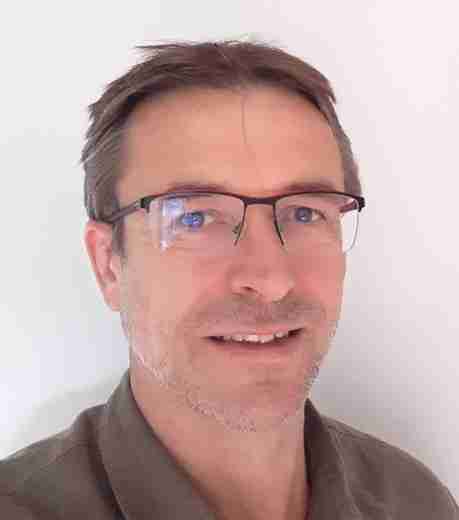
Stellantis
Franck Norreel has been with Stellantis for 22 years, working on CAE Safety, Crash CAE Specialist for seven years.
After 9 years as a performance engineer, he joined the CAE Methods team, initially to reduce crash simulation lead time by model standardization and automation.
When PSA adopted ANSA as its standard pre-processor, Franck was responsible for developing standardized methods and automation tools, collaborating closely with Beta CAE.
In 2019, he was appointed Crash CAE Roadmap Leader for Groupe PSA.
When Stellantis CAE community decided in 2022 to adopt LS-Dyna as Stellantis unique solver, Franck was named leader of the “Safety CAE Convergence Project,” to define new standards, and trainings in partnership with ANSYS.
He is now focused on enhancing LS-Dyna methodologies for both structural and occupant load cases, to drastically reduce number of physical tests.
IGA 3D for Bolt assemblies
The initial deployment of IGA for shell structures at Stellantis is delivering promising results.
Building on this success, solid elements will follow once solver capabilities and modeling techniques reach sufficient maturity. Bolt assemblies will be a first key application.
While 3D meshing of bolts improves assembly representation, issues such as mesh dependency (contact facet effects, mesh-dependent failure) and mass scaling remain challenging.
This study will address key topics:
1. Finite Element (FE) Representation: baseline results and limitations
2. IGA for Bolts:
- Mesh and grid sensitivity
- Material and failure model calibration
3. Next Steps:
- Integrate expected solver enhancements in LS-Dyna
- Define a scalable, automated deployment process for broader industrial rollout
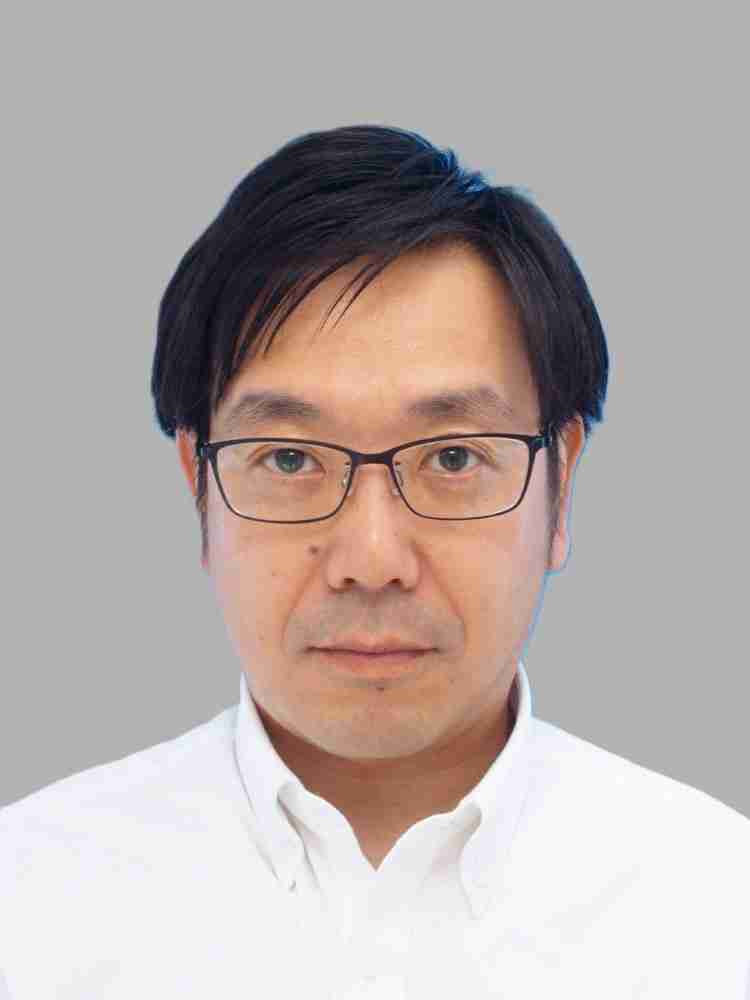
JSOL CORPORATION
Kei Saito joined JSOL CORPORATION in 2004 and has been consistently involved in analysis and support services related to LS-DYNA. While working at JSOL, he earned his Ph.D. from Osaka University, conducting research on fracture evaluation. He currently serves as Manager of both the Technical Consulting Section and the Account Support Section, where he is responsible for supporting automotive OEM clients.
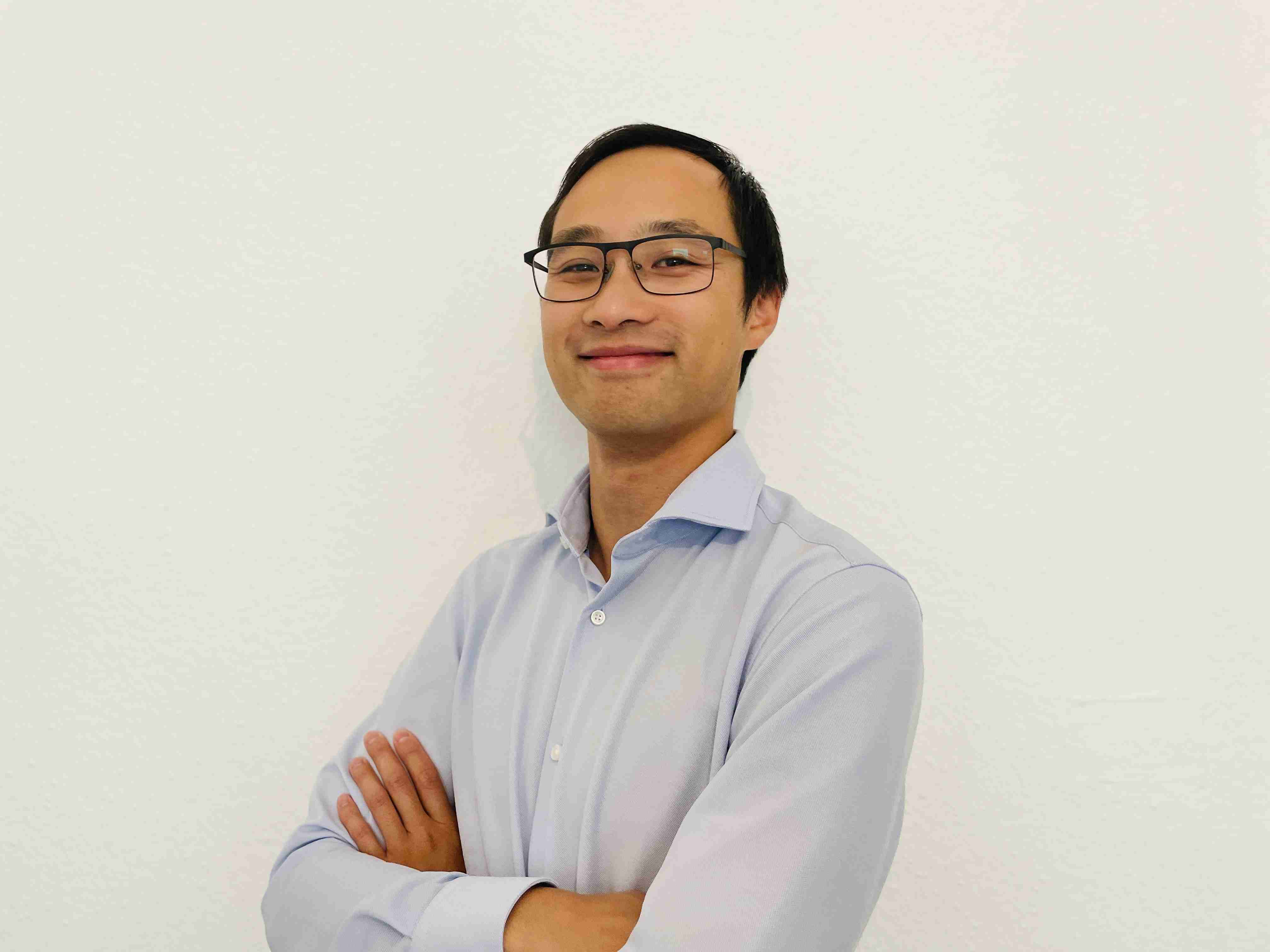
Siemens Energy
Mechanical Engineering 2011 - 2017 Ruhr-University Bochum, Mathematic 2017 - 2020 Ruhr-University Bochum, PhD 2020-2024 Siemens Energy

Ansys, part of Synopsys
Master in Aerospace Engineering. With Ansys for >16 years. Now director of development in the MBU. Background in Explicit Dynamics solver development.

National Research Council Canada (NRC)
Graduated from Ryerson University in 2007 with an undergraduate degree in Aerospace engineering. He has been with the National Research Council Canada for the past 14 years solving structural dynamic problems using Finite Element Method.
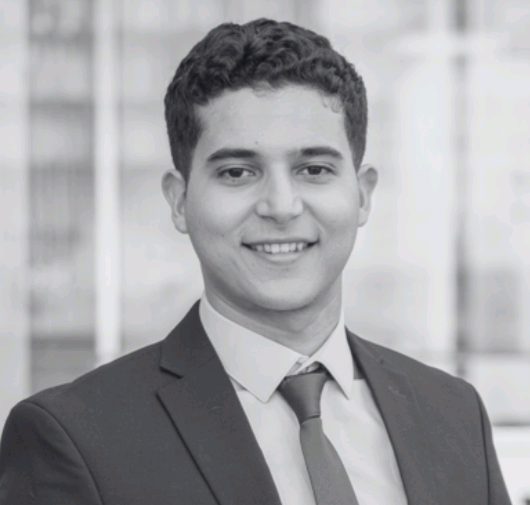
Constellium
R&D Modeling Engineer at Constellium. Focused on modeling, material characterization and prototyping, I contribute to the development of new aluminum products. I hold an engineering degree from MATMECA - Bordeaux INP, specializing in Mathematics and Mechanics.
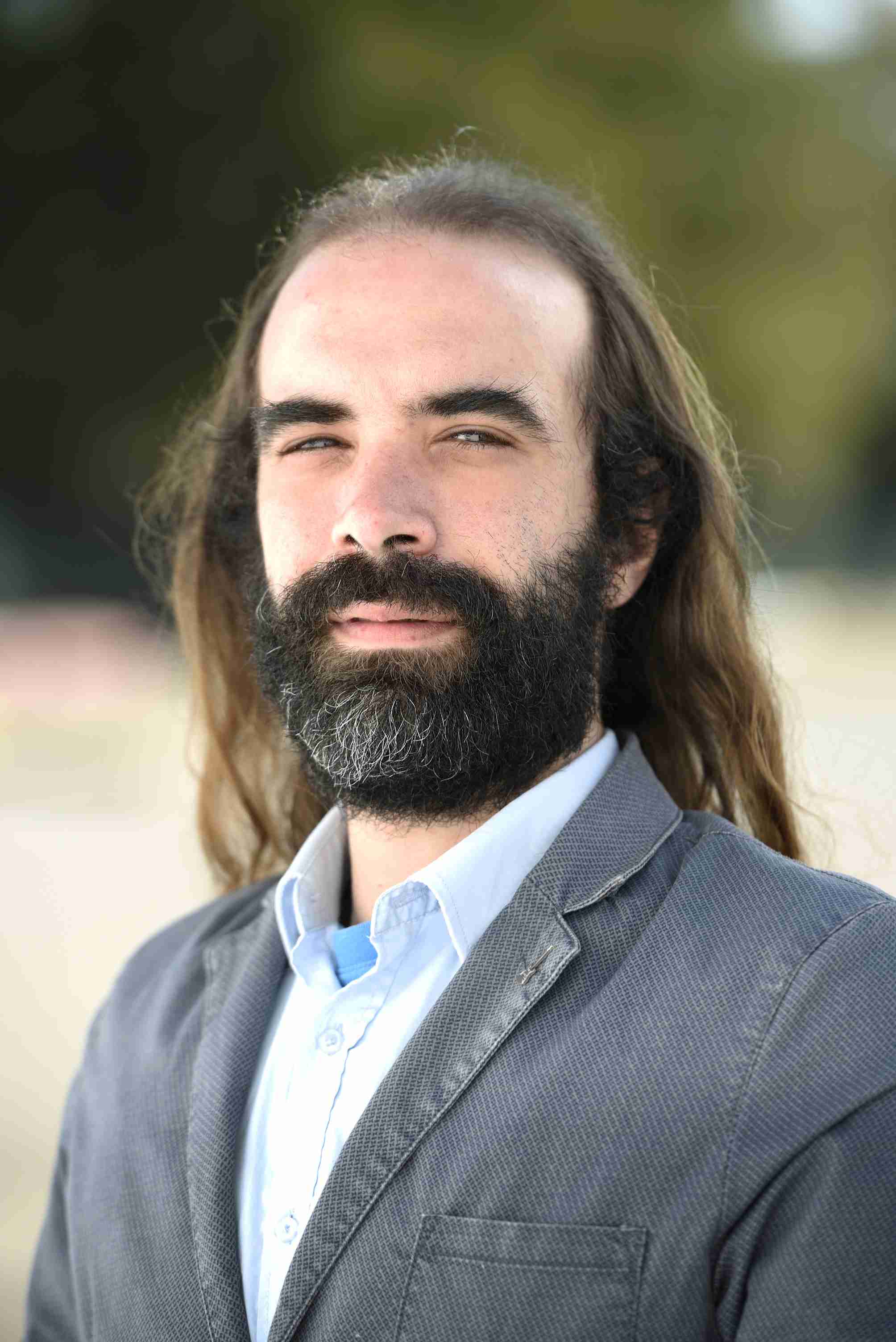
Applus IDIADA
Eduardo Martin-Santos is Technical Leader of the Materials Engineering Team at the Body Performance Department in Applus IDIADA. With a strong scientific background in constitutive material modeling and extensive industrial experience in automotive passive safety, he specializes in improving the predictability of materials used in automotive simulations, particularly for safety-related applications involving multi-material lightweight solutions. Eduardo's work encompasses the development of innovative methodologies, ranging from proposing new characterization tests to the application of advanced plasticity and damage laws for polymers and metals. His primary area of specialization focuses on enhancing crash-related composite simulations, in the framework of CAE design for automotive safety applications.

Ansys, part of Synopsys
Roger Grimes has been working in the field of applying mathematical solutions to engineering applications since 1977. Starting at University of Texas at Austin, 21 years at Boeing Computer Services, and 25 years developing s/w for LS-DYNA. Most of the applications has been in numerical linear algebra including eigenvalue computations. Recently he has developing Design Sensitivity Analysis Tools.
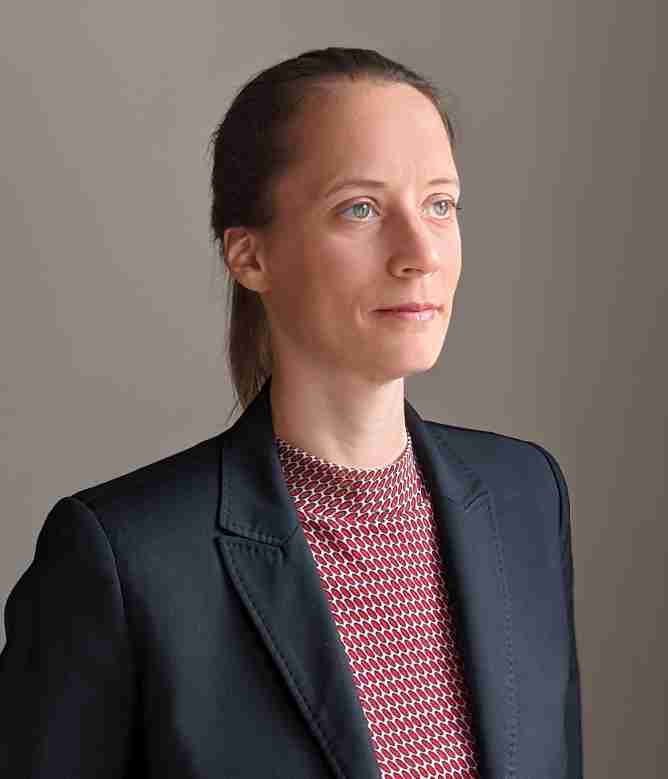
Ansys, part of Synopsys
Dr. Claudia Weise leads the Technical Account Management team for EMEA, focusing on the automotive industry. Her team supports major automotive OEMs and Tier 1 suppliers in building better products faster while reducing R&D and production costs through the adoption of simulation technology. Claudia holds a diploma in Mechanical Engineering and earned her doctoral degree in 2015 from the University of Duisburg-Essen. She previously worked at MAN Diesel & Turbo in the steam turbine development department and has held various positions at Ansys with a focus on fluid dynamics. Since 2019, she has been part of the Technical Account Management team.
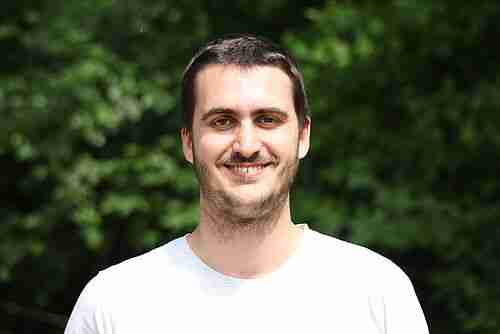
Applus IDIADA
Master's degree in Civil Engineering with 7 years of experience in material characterization for crash applications. Currently finalizing PhD research in IGA (Isogeometric Analysis).
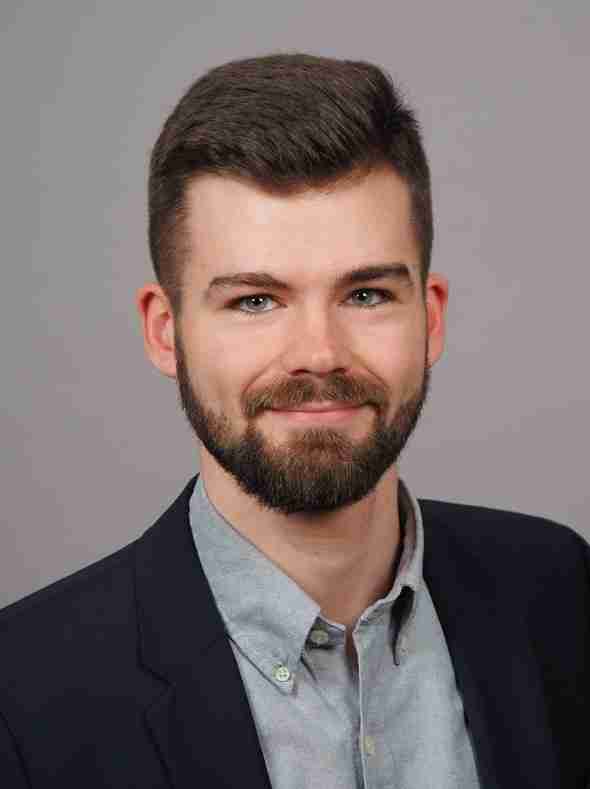
Porsche Engineering Services GmbH
PhD Student Body CAE & Safety at Porsche Engineering Services GmbH since 2022; Masters and Bachelors Degree in Systems Engineering from Saarland University
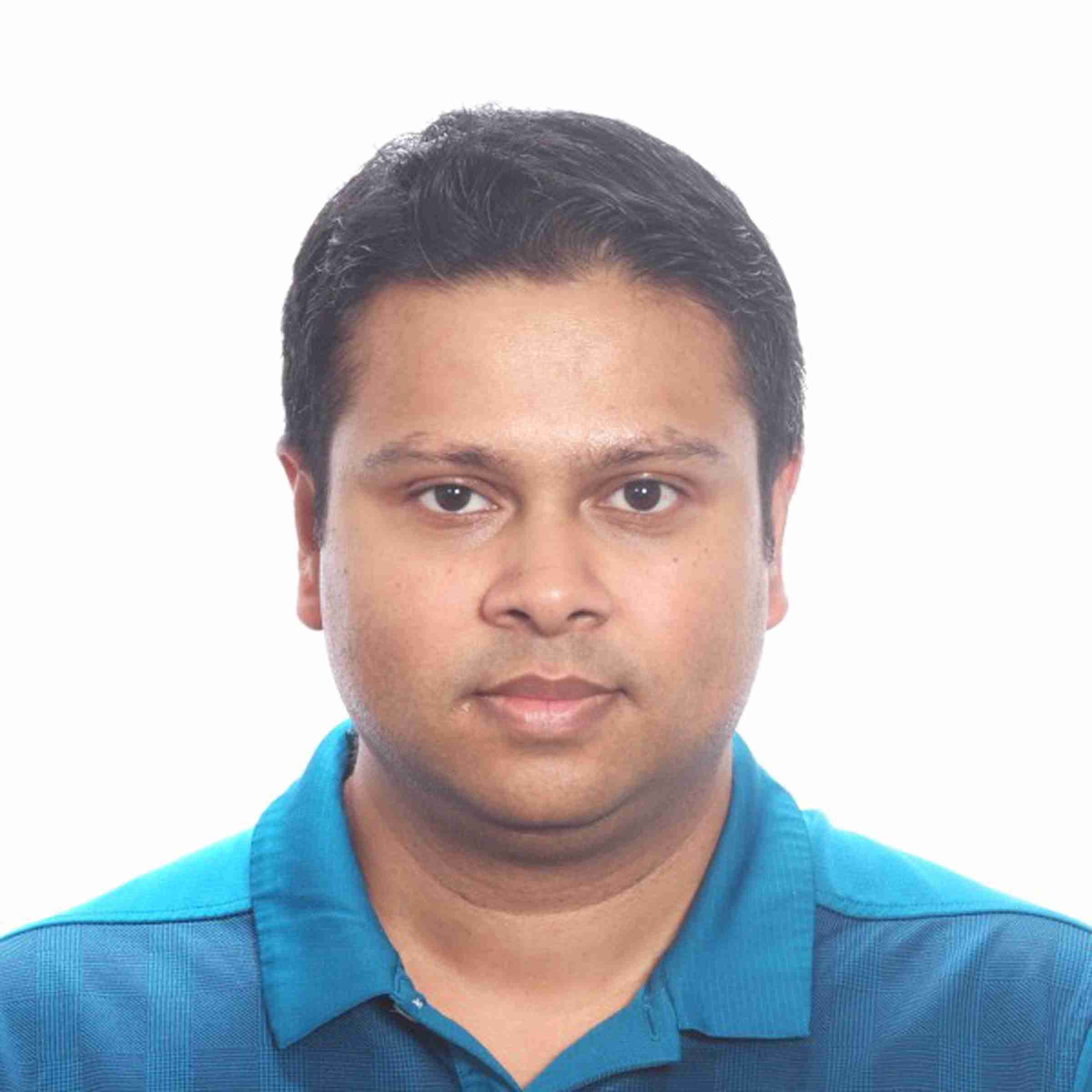
Ansys, part of Synopsys
Dr. Anirban Basudhar, Ansys LST (B.Tech. Mechanical Engg., Indian Institute of Technology (IIT) BHU, Varanasi, 2005 • MS Mechanical Engg., University of Arizona, Tucson, Arizona, USA , 2007 • PhD Mechanical Engg., University of Arizona, Tucson, Arizona, USA, 2011 (Reliability-based design optimization Using Classifiers) ) • Current position / responsibilities • Principal R&D Engineer • Developing and Leading LS-OPT R&D efforts including optimization/reliability techniques, metamodeling, pattern recognition (classification), machine learning, reduced order modeling, adaptive sampling. Driving several collaborations at the intersection of pre-post processing, optimization, reduced order modelling and finite element analysis in areas such as metal forming, healthcare, automotive design etc. and aiding the development of new features in LS-DYNA, Ansys Forming and Ansys Twin to create seamless and efficient toolchains.
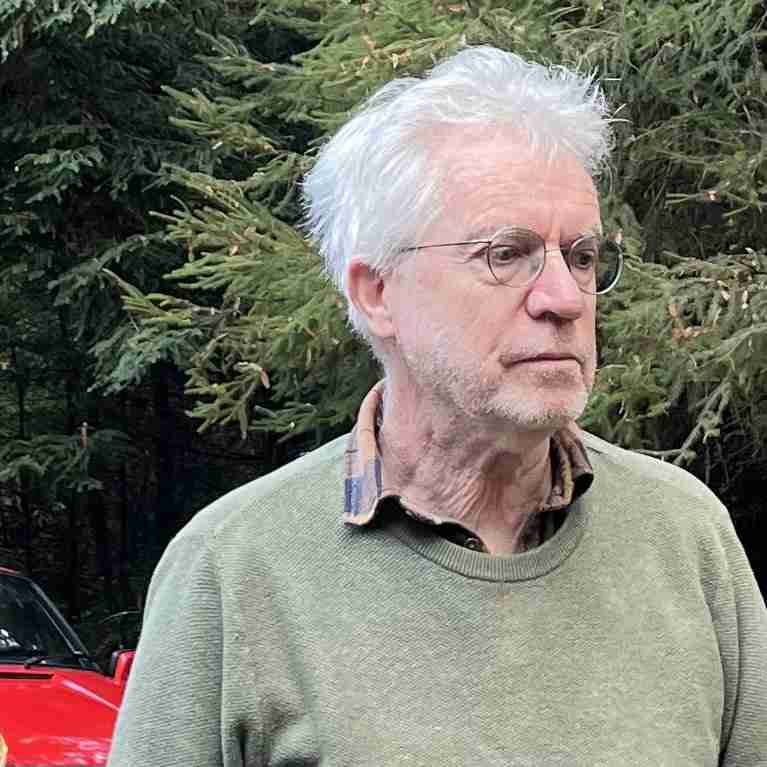
Ansys LST
• Principal R&D Engineer, Ansys LST (1997 – present); • Professor of Mechanical Engineering, University of Pretoria (1988 – 1997) ;
• Scientific Researcher, Inst. for Structural Mechanics, University Stuttgart (1987 – 1988)
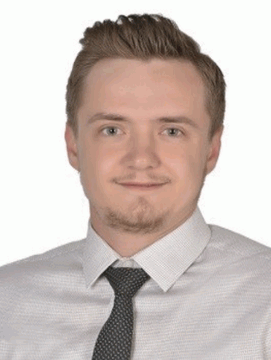
Dynamore GmbH
MSc. Computational Mechanics of Material and Structures, Uni-Stuttgart
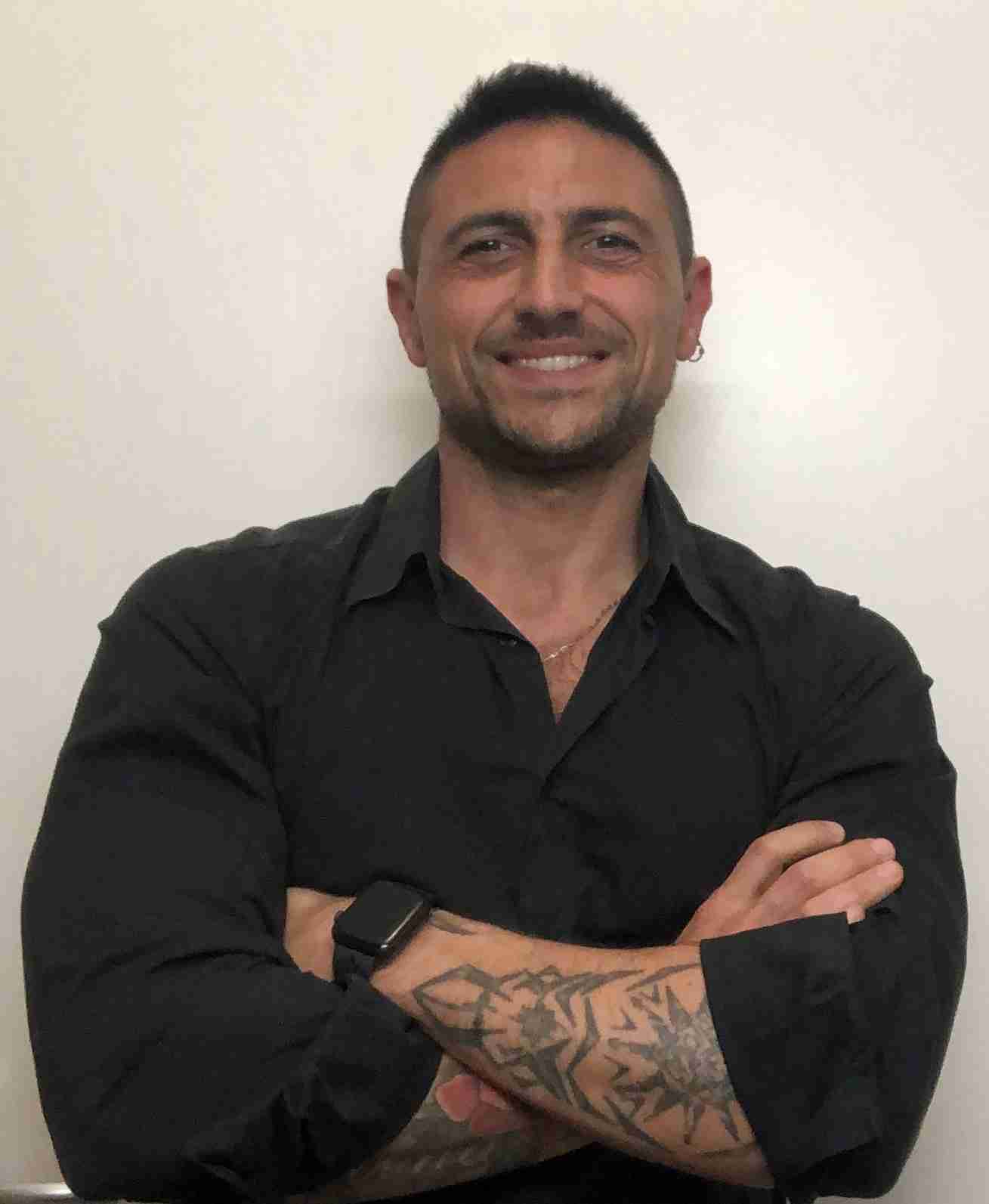
FIA
Aerospace engineer with a PhD in aeroelasticity & morphing and ~18 years in simulation, mainly structural but also multiphysics. I have served aerospace and motorsport sectors while staying close to academia. In the second half of my career, beginning with sports-equipment design, I have focused on biomechanics and human factors and their impact on mechanical design. For the past six years at the FIA I have driven simulations for accident reconstruction, injury biomechanics investigation, and the development of safety countermeasures and devices.
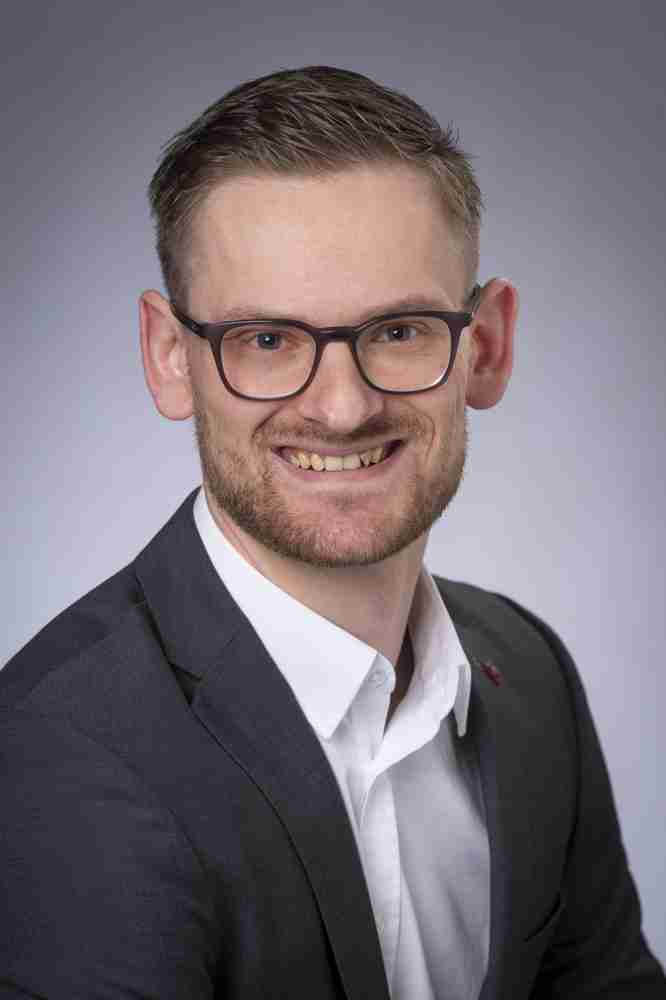
Rosenberger Hochfrequenztechnik GmbH & Co. KG
Patrick Brunner has been working as an engineer specializing in CAE (Computer-Aided Engineering) for 11 years, primarily in the automotive industry. He joined Rosenberger Hochfrequenztechnik GmbH & Co. KG in Fridolfing in 2019. Since January 2024, he has been the Head of Research and Development for the Automotive E-Mobility division. In this role, he leads a team of interdisciplinary development engineers and is responsible for achieving the technical objectives of high-voltage products. From 2021 to 2024, he served as the Technical Lead for Mechanical Simulation in the Automotive Research and Development (R&D) department at Rosenberger. In this position, he was responsible for managing a team of development engineers specializing in mechanics and dynamics, overseeing their simulation activities. From 2019 to 2021, he worked as a Project Manager in the Business Area Automotive at Rosenberger Hochfrequenztechnik. In this role, he managed international projects in the field of high-voltage connectors and served as the technical point of contact for customers.
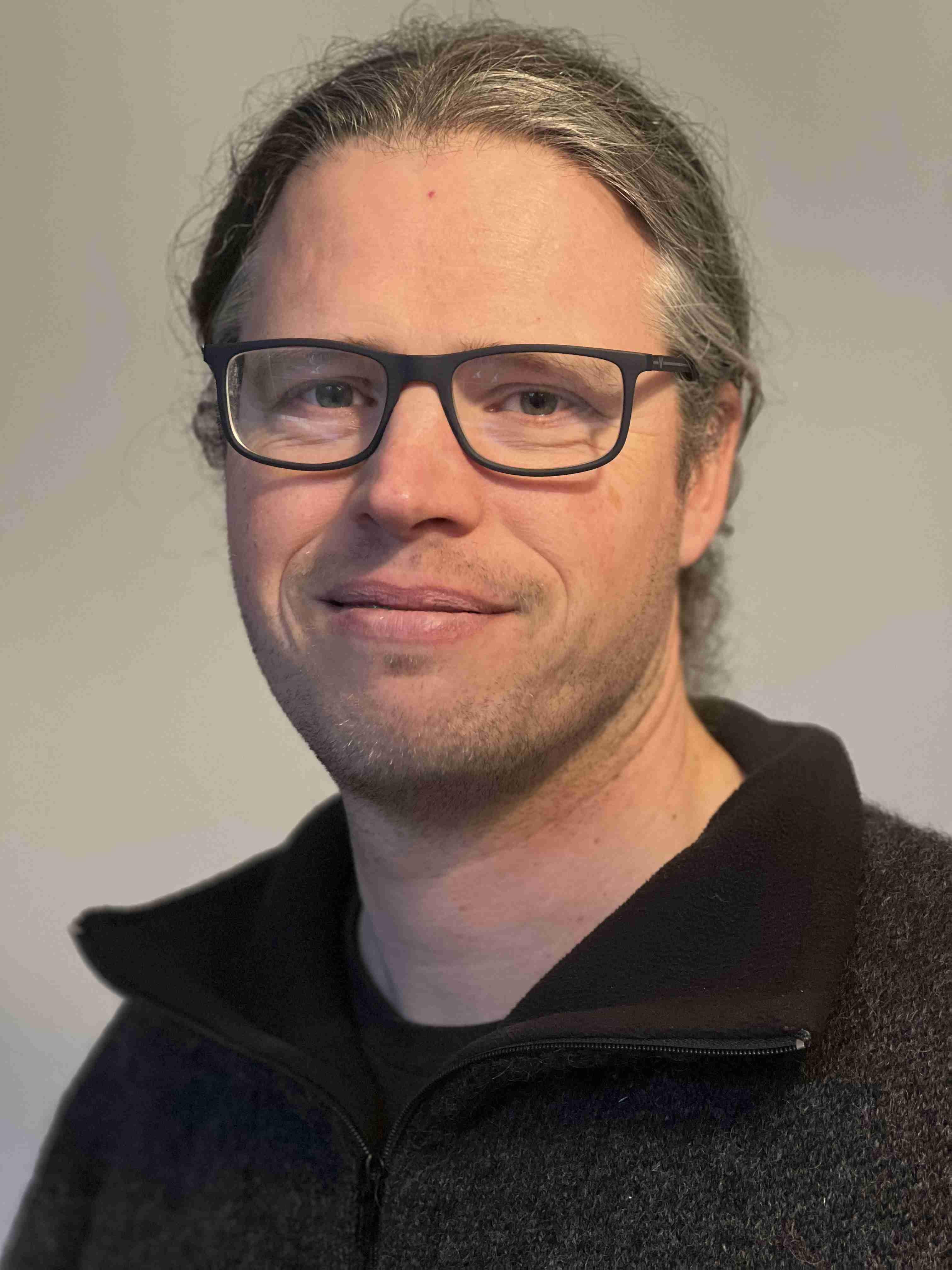
Microsoft Azure
Hugo is working as a Principal PM at Microsoft to help ISV&SI partners and customers to discover, improve and run their AI and HPC workloads on Azure.
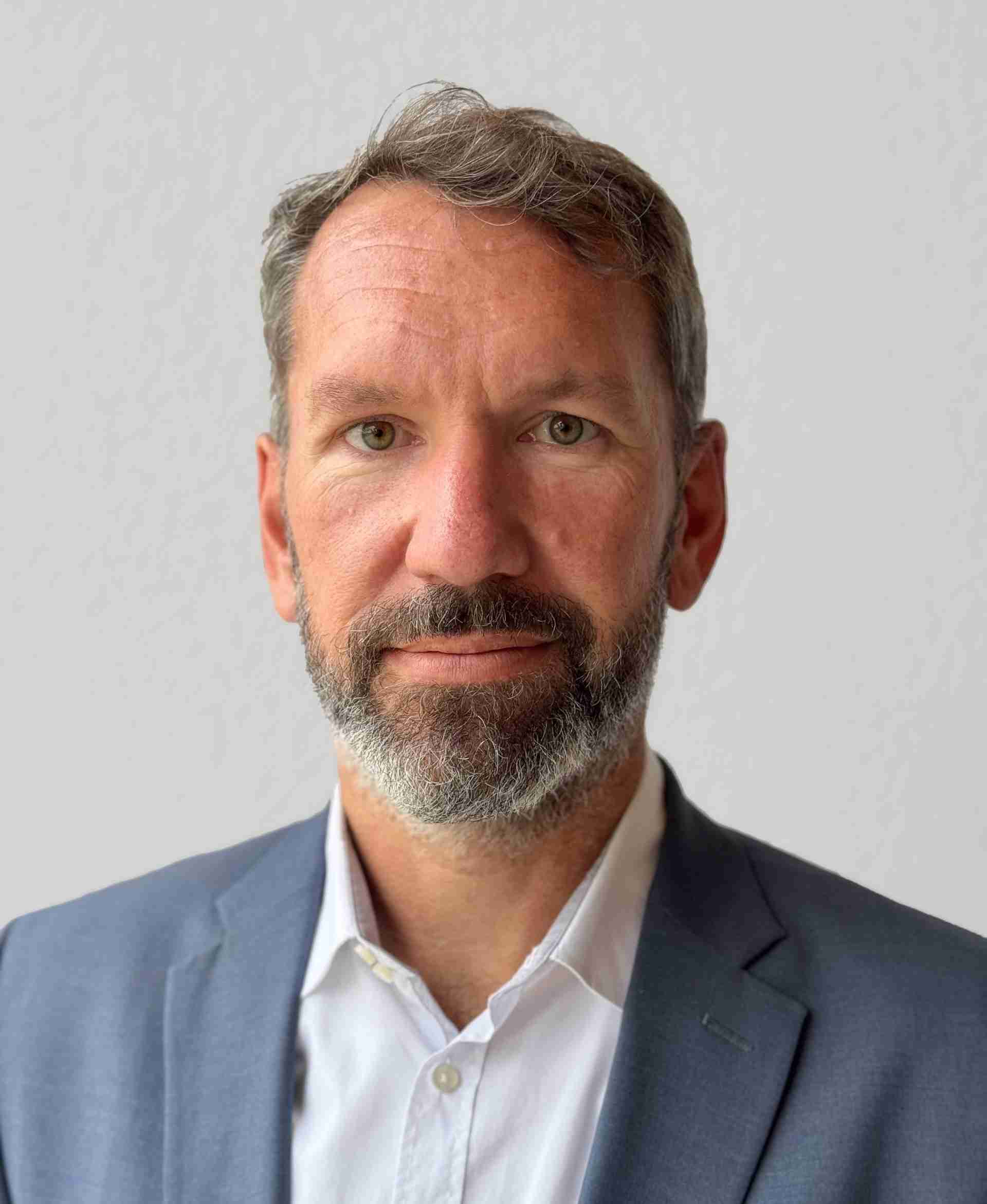
DYNAmore an Ansys Company
Diploma in Mechanical Engineering from the University of Stuttgart. Since 2007 he is employed with DYNAmore and held various roles in Germany as well as the US. For more than 15 years, he is working the fields of crash analysis, dummy modeling and occupant simulation. Over the last 3 years he is in role of a Senior Manager at Ansys and responsible for the development of human body models.
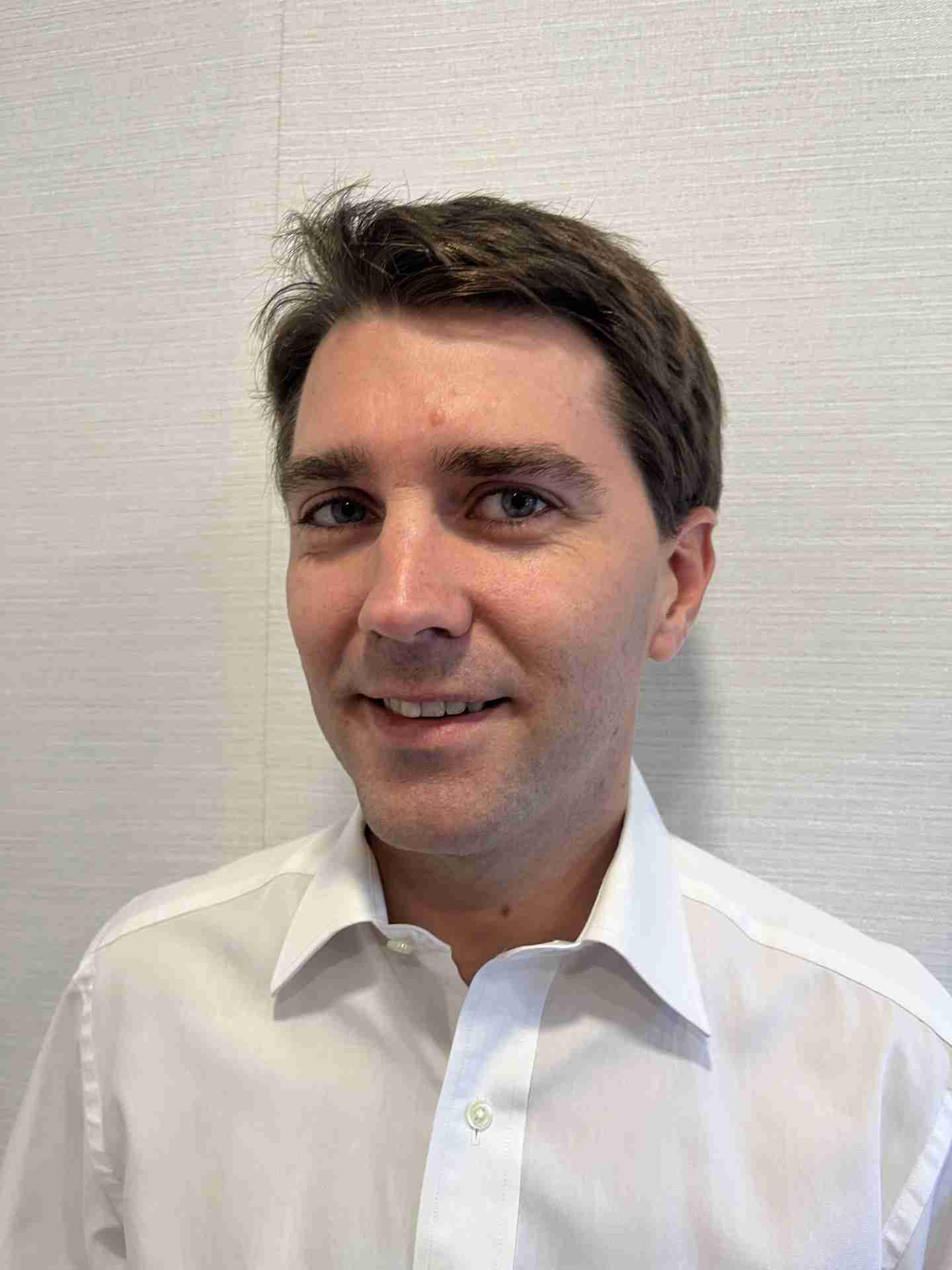
Ansys, part of Synopsys
Ph.D from UC San Diego on meshfree methods for impact problems in 2015; Joined LSTC in 2016 working on the SPH solver in LS-DYNA; Started the CPG solver in 2023
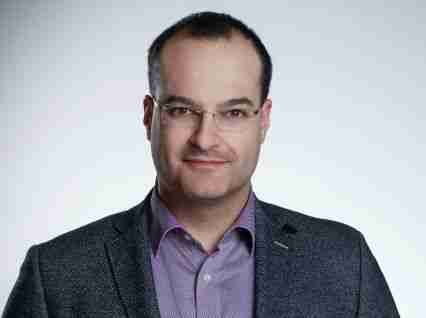
Steinbeis Consulting Center Holistic Engineering
Marc studied mechanical engineering at the university of cooperative education and process engineering at the university in Stuttgart. During his engagement as a scientific researcher at the Institute for Mechanical Process Engineering at the university Stuttgart, Marc cared about transient flow of compressible multi-species gas mixtures with heat and mass transfer. In 2007 he joined Robert Bosch GmbH in Stuttgart for the development of exhaust gas sensors. In 2013 Marc joined EM-motive GmbH as team leader for the virtual product development of electric traction motors. In 2021 he founded the Steinbeis Consulting Center Holistic Engineering and offers consulting services in the field of virtual product development, design for sustainability and material data management.
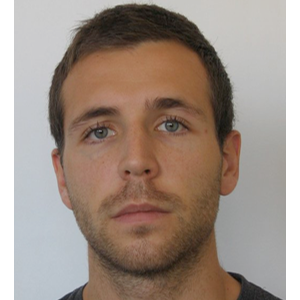
Ansys, part of Synopsys
PhD Fluid Mechanics from Lyon University
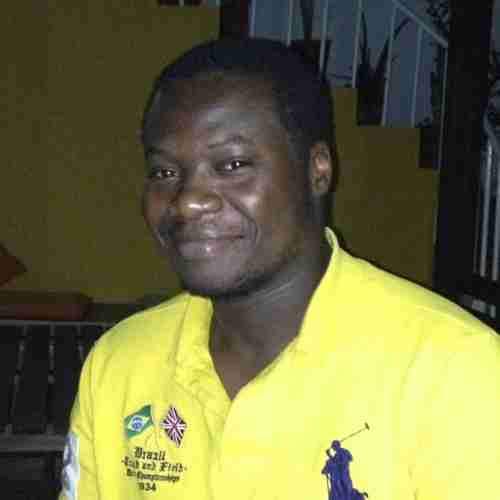
Ansys, part of Synopsys
I am responsible for the development of the Workbench LS-DYNA GUI , including pre and post processing and of various plugins for third party finite element codes
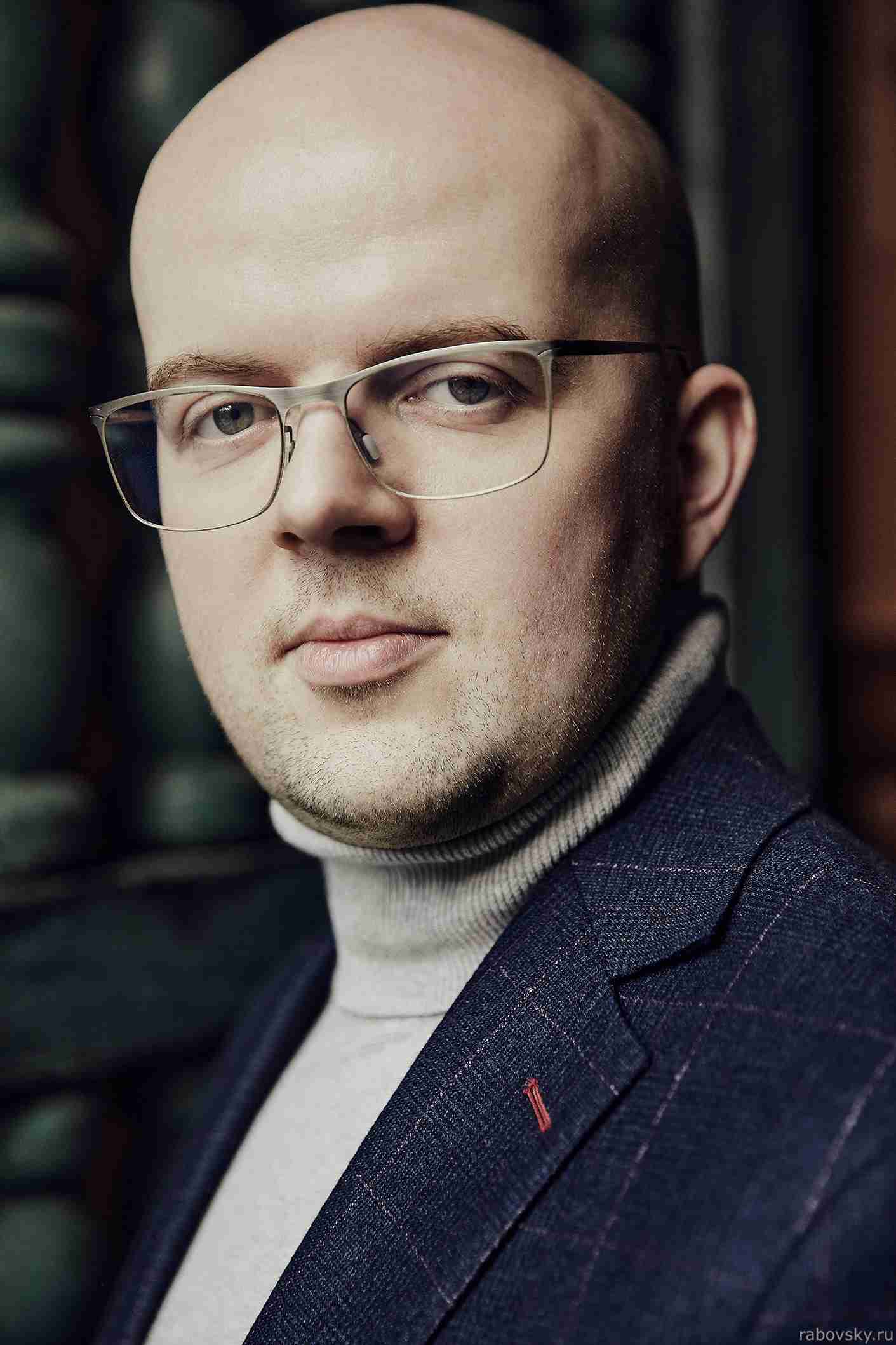
CADGEM Germany GmbH
Professional experience in performing calculations in Ansys Mechanical APDL and LS-DYNA since 2007. Former head of LS-DYNA and HPC departments at CADFEM CIS. Holds a Doctor of Engineering degree from the Technical University of Berlin. Active simulation engineer at CADFEM Germany GmbH in the Engineering Services department.
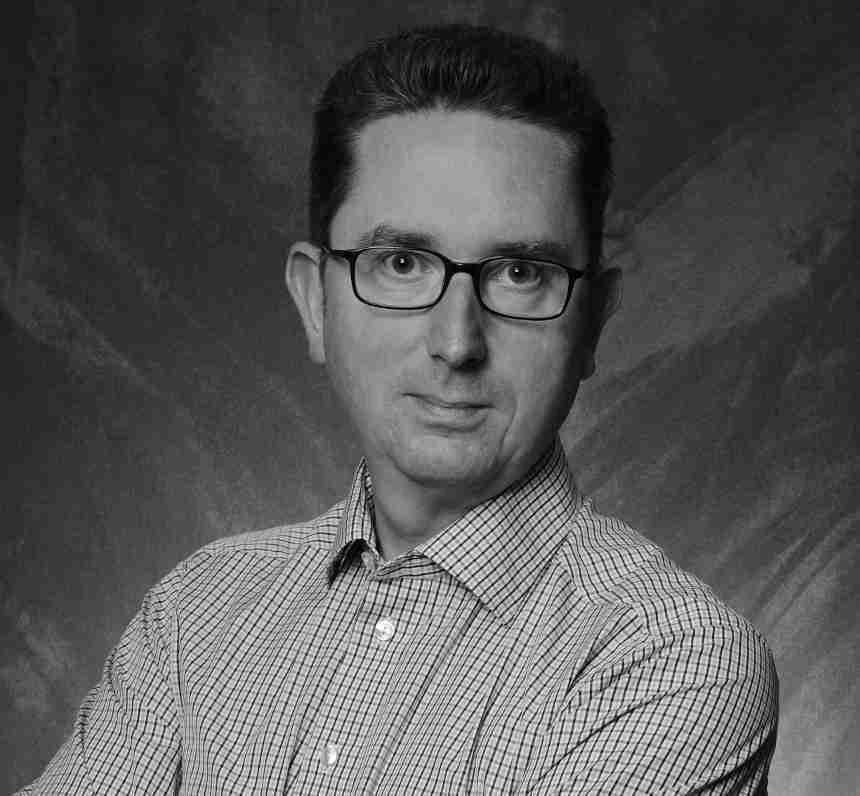
Volvo Cars
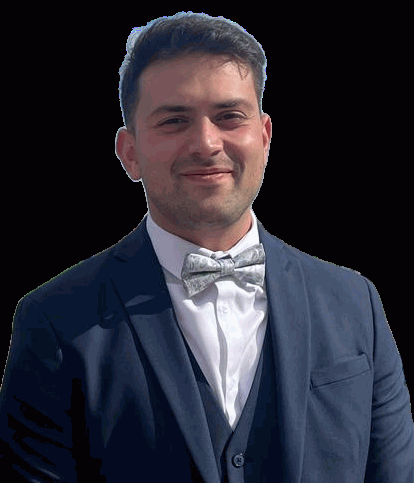
Dynas+
Graduated from ISAE-ENSMA in 2024, I have been working at Dynas+ for one year as a CAE Engineer, specializing in fluid-structure interaction.

Humanetics Europe GmbH
Ricardo Tejero de la Piedra is an occupant safety engineer with 25 years of experience in virtual crashworthiness, structural seat design, restraint system integration, and occupant protection. He has held engineering roles at Opel, General Motors, and Apple, and currently serves as Lead CAE Engineer at Humanetics Corporation. His current focus lies in injury biomechanics and virtual testing, using advanced simulation tools to assess and improve safety systems. Ricardo’s work supports the development of safer vehicles by optimizing occupant protection across a wide range of anthropometries and crash scenarios. He is known for his enthusiasm for innovation and commitment to advancing occupant safety through cutting-edge engineering solutions.
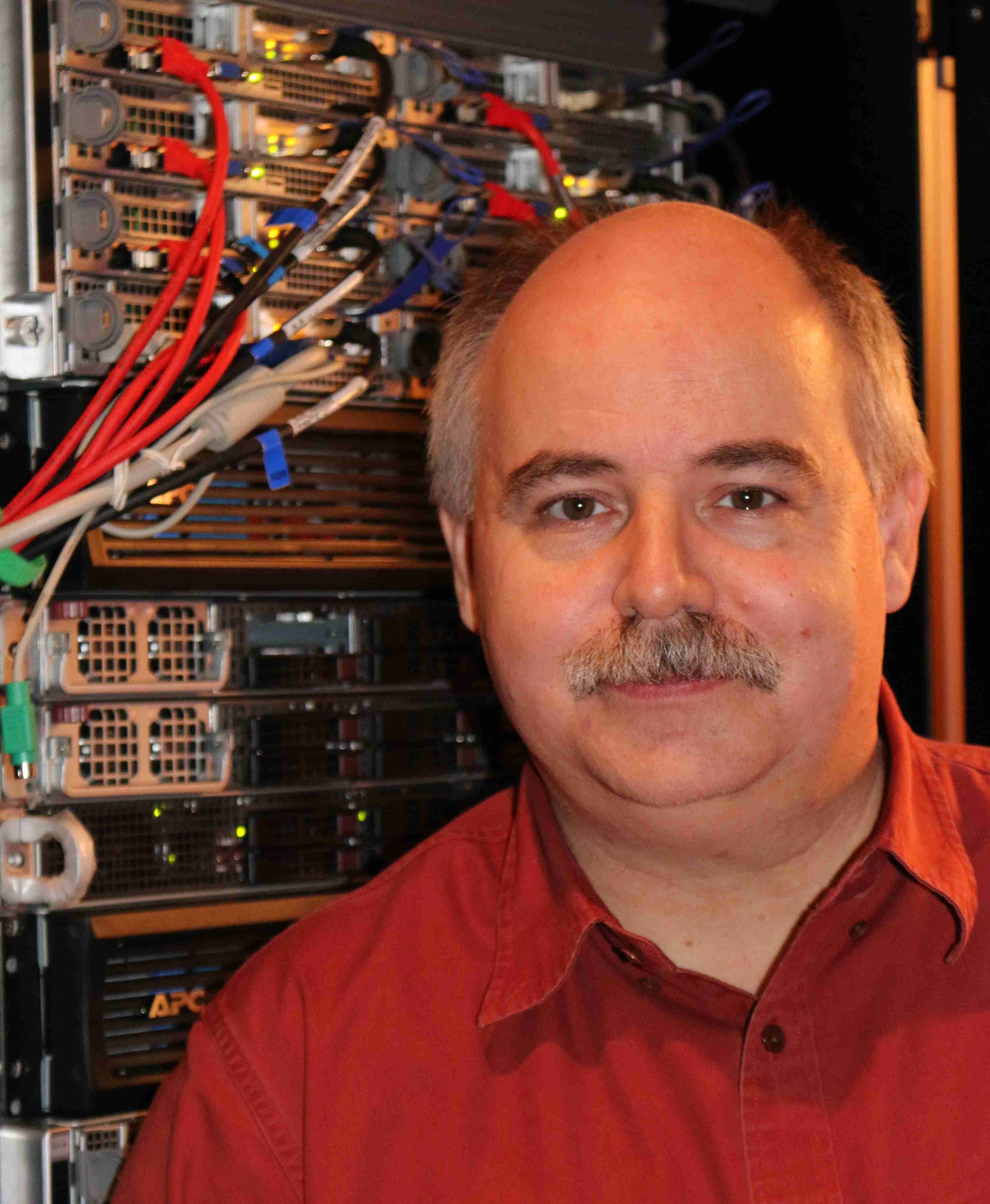
MicroConsult Engineering GmbH
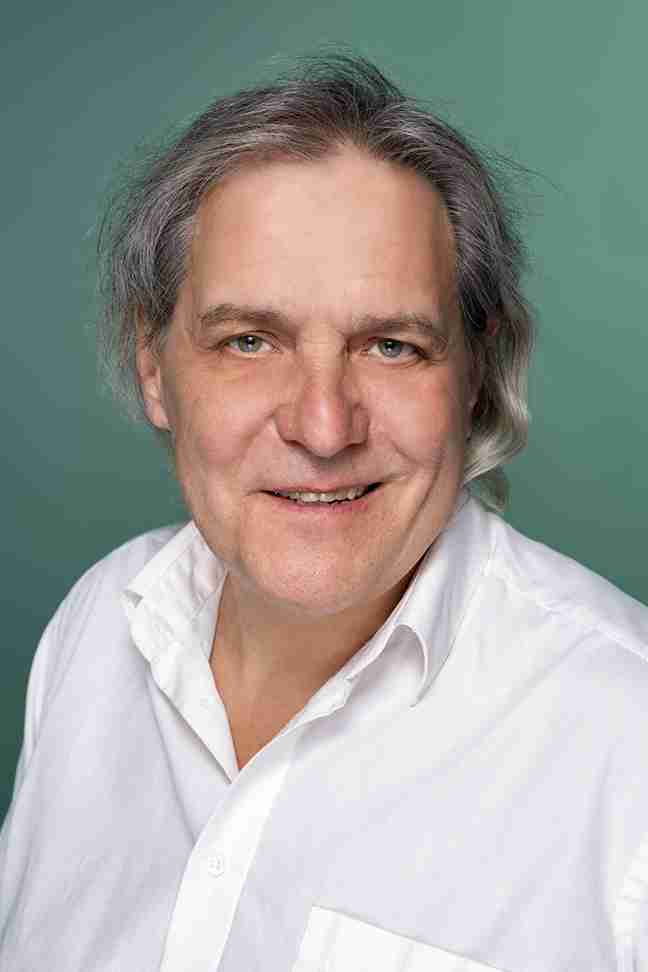
Fraunhofer EMI
Curriculum vitae: Nom: Georg Andreas Heilig Date of birth: 14. December 1967 in Freiburg im Breisgau, Germany Nationality: German 1974 – 1978: Elementary School, Freiburg im Breisgau, Germany 1978-1987: High School (Gymnasium), Freiburg im Breisgau, Germany, Allgemeine Hochschulreife des Landes Baden-Württemberg 10/1987: University Karlsruhe (TH), Faculty of Physics 11/1989: Diplom-Vorprüfung: Faculty of Physics, University Karlsruhe (TH), Germany WS 1991/1992 and WS 1992/1993: sabbatical semester 04/1995: Diplom-Hauptprüfung (MSc): Faculty of Physics, University Karlsruhe (TH), Germany Since 06/1995: scientific employee at the: Fraunhofer-Institut für Kurzzeitdynamik, EMI, Freiburg im Breisgau, Germany 09/2002: PhD, Faculty of: Mathematik, Informatik und Naturwissenschaften, Rheinisch-Westfälische Technische Hochschule, RWTH, Aachen, Germany

Norwegian University of Science and Technology (NTNU)
Eduard Teixidó-Marquès is a Ph.D candidate at the Department of Structural Engineering at the Norwegian University of Science and Technology (NTNU). His Ph.D. work focuses on testing and simulation of thick-walled aluminium profiles for side crash protection. In 2023, he graduated with a Master of Science in Industrial Engineering from IQS – School of Engineering in Barcelona. In 2021, he earned his Bachelor’s degree in Industrial Engineering from the same university.
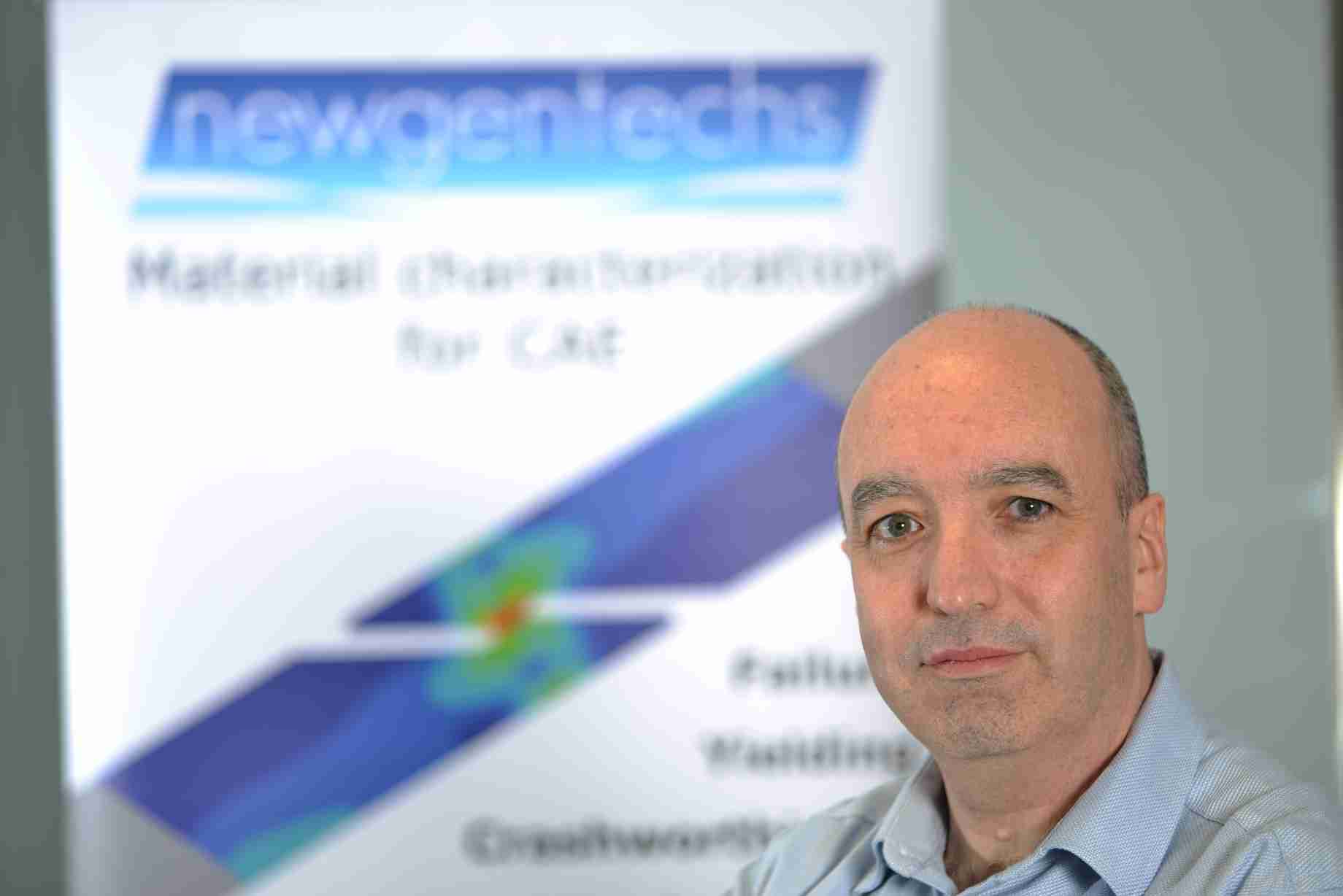
Newgentechs
Daniel Muñoz is one of the founders of Newgentechs, where he manages the simulation, analysis and programming activities. Daniel is mechanical engineer since 1998. He has experience as crash test engineer, CAE engineer and project manager. He has participated in numerous research and development projects, as well as in the creation of business lines in the areas of passive safety and material characterization among others. Daniel has also been assistant professor at the University of Valladolid on the topics of mechanism simulation, passive safety and impact biomechanics.
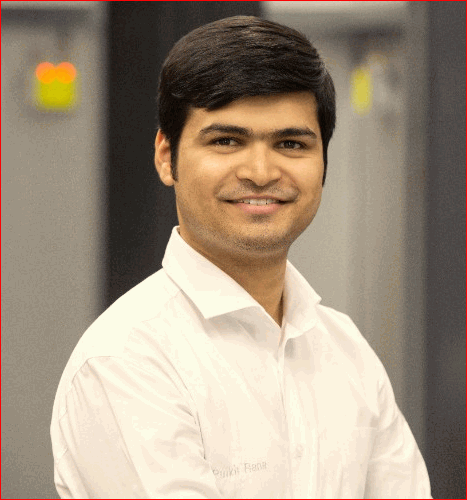
Mercedes Benz
10.2014 - 09.2016, Masters in Computational science from RWTH Aachen. 01.2017 - 04.2020, PhD Student in Powertrain area of Mercedes-Benz. 05.2020- till date, Process development engineer for digital manufacturing engineering in Powertrain area of Mercedes-Benz (Area: FEM and CFD simulation of various manufacturing processes like machining, welding, adhesives etc.)

Ansys, part of Synopsys
Anthoula Panteli is a structural engineer with a Ph. D. in computational mechanics from National Technical University of Athens, Greece. She has studied the finite element method for Simo-Reissner beams with geometric non-linearity in space, and, applied the beam formulation she developed in simulation of Wind Turbine blades’ dynamics. She joined Ansys 2.5 years ago, where, she works on Autodyn/Explicit Dynamics solver maintenance and adding new features to LS-DYNA. Currently, she works on the development of an advanced orthotropic material model with a polynomial volumetric response for KEV-EPOXY type of materials used in hypervelocity impact simulations.
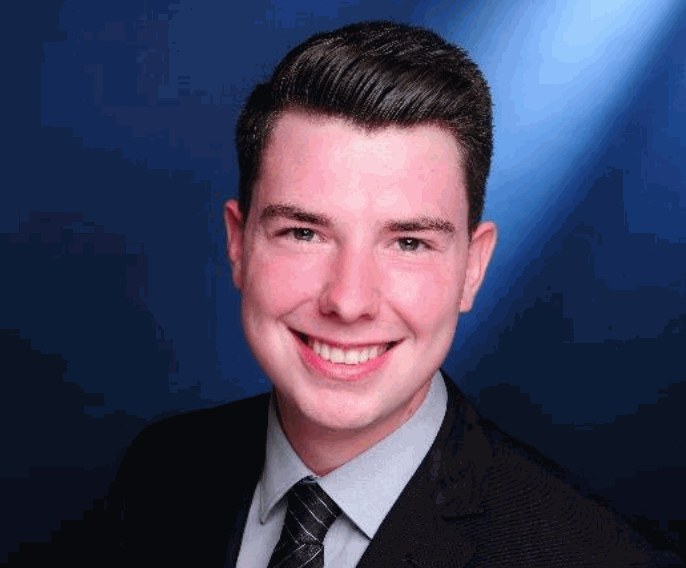
DLR e.V.
Tim Wirtz completed his bachelor degree in mechanical engineering with a focus on design and development at DHBW Stuttgart in 2019. He then worked as a freelancer in the field of CAx system automation until 2023. At the same time, he completed a master's degree in mechanical engineering in 2022 with a focus on application programming in the CAx environment. Since 2023, he has been working as a research engineer at the German Aerospace Center. As part of his doctoral studies, he is working on the development of a process chain for the automated calibration of material cards for joints for use in explicit FE simulations.

Continental
Sreehari Buddappagari studied Masters of Science in Signal Processing and Communications from Technische Universitaet Ilmenau, Germany. He then worked as a full time research assistant at the RF and Microwave Research Laboratory on Radar Virtual Validation. Since 2022, he has been working as Radar Systems Engineer for Continental Automotive in Bangalore and currently contributes as the Project Manager and Group Lead for Radar Modeling and Simulation of next generation sensors. He aims to reduce the cost and time taken for the development of radar for ADAS through model-based development and testing. Overall, he has 11 years of work experience in radar, mobile communications and project management.
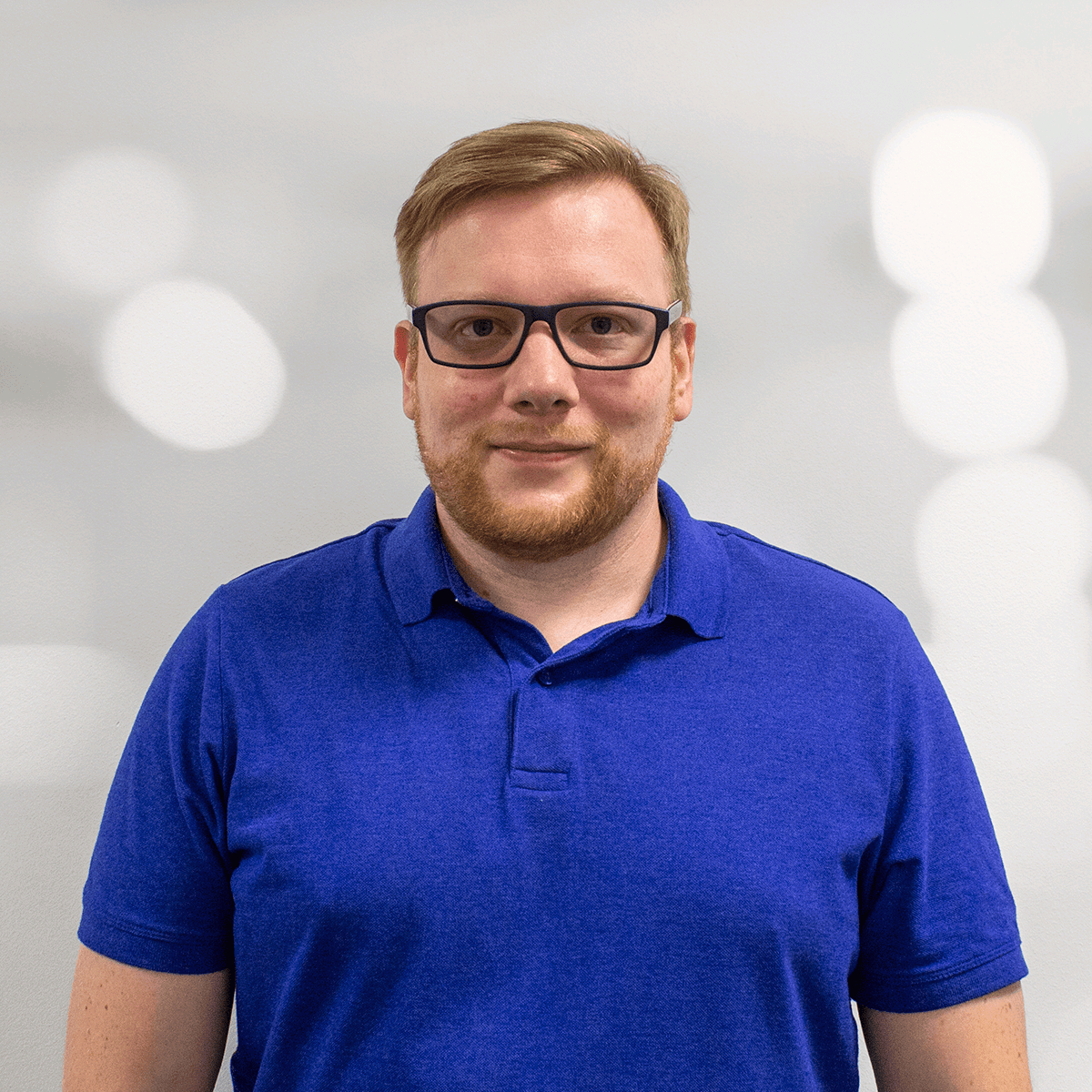
Valeo
After completing his masters at the faculty of Mechatronics, Informatics and Interdisciplinary Studies at the Technical University of Liberec in the Czech Republic, Michal Jadrny joined NI in Budapest, Hungary where he not only extended the LabVIEW programming skills, but had a chance to work with various hardware platforms. During his time at NI he worked with many customers from different industries to help them develop skills needed to succeed. He then moved to the medical industry where he worked as a software developer in BTL Medical Technologies supporting the hardware development and manufacturing teams with software tools. He works the last three years for Valeo R&D Center at Prague, Czech Republic focusing on various tools development for the System Validation department. One of the most extensive topics of his focus is Direct Video Injection for Smart Cameras which is used for Open-loop and Closed-loop HIL testing.
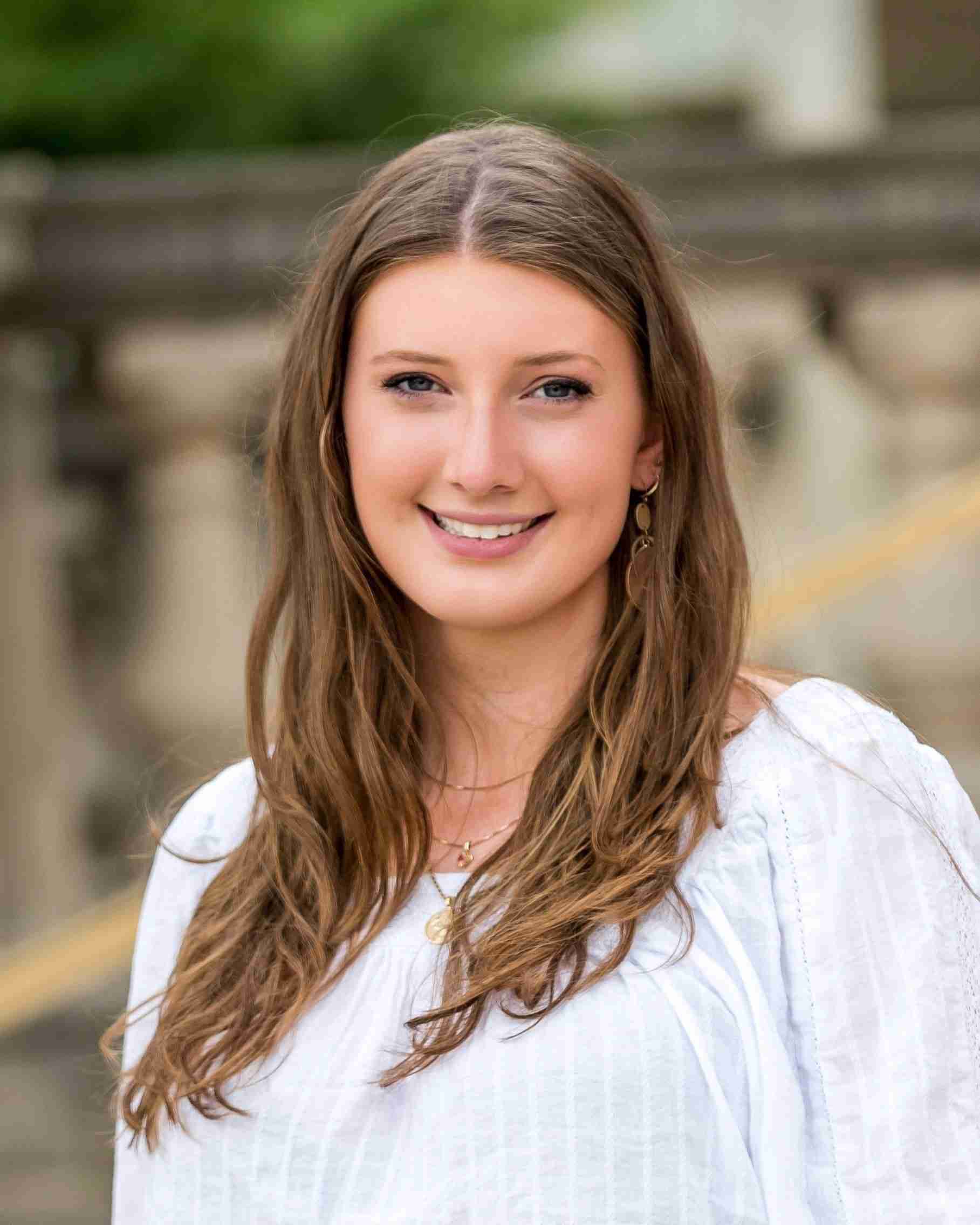
Norwegian University of Science and Technology
Megan Hinaus is a PhD Candidate in Structural Engineering at the Norwegian University of Science and Technology. Her research focuses on finite element analysis of high-velocity impacts on composite plates.
